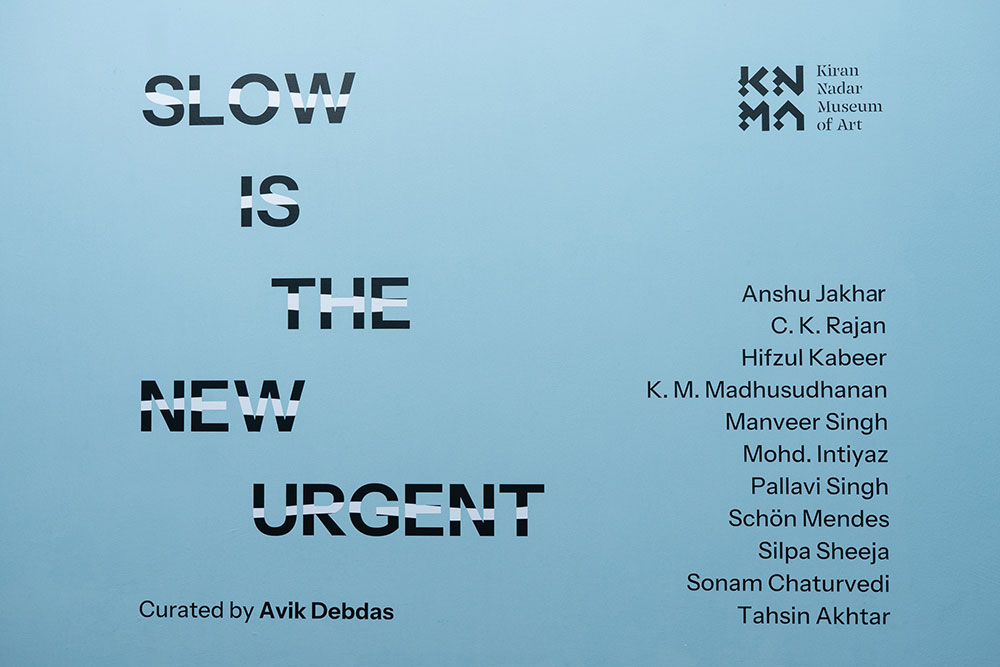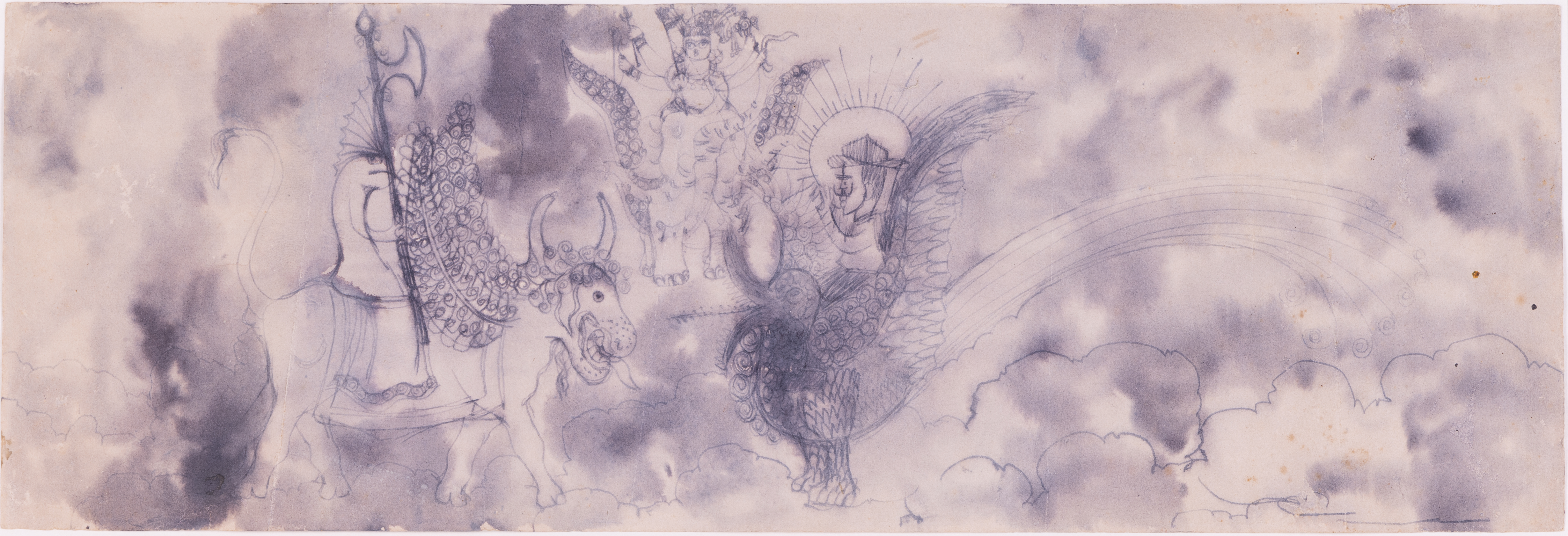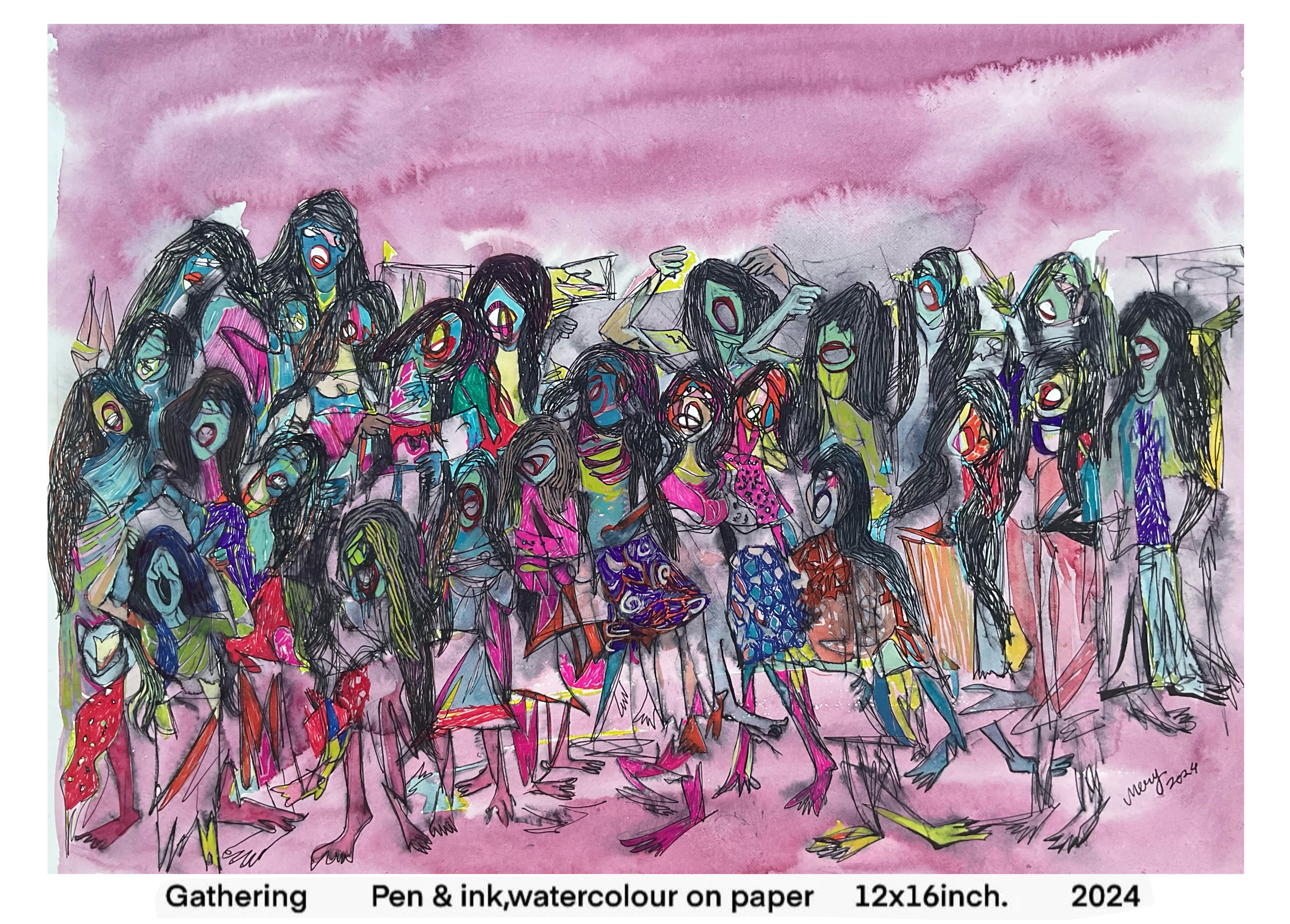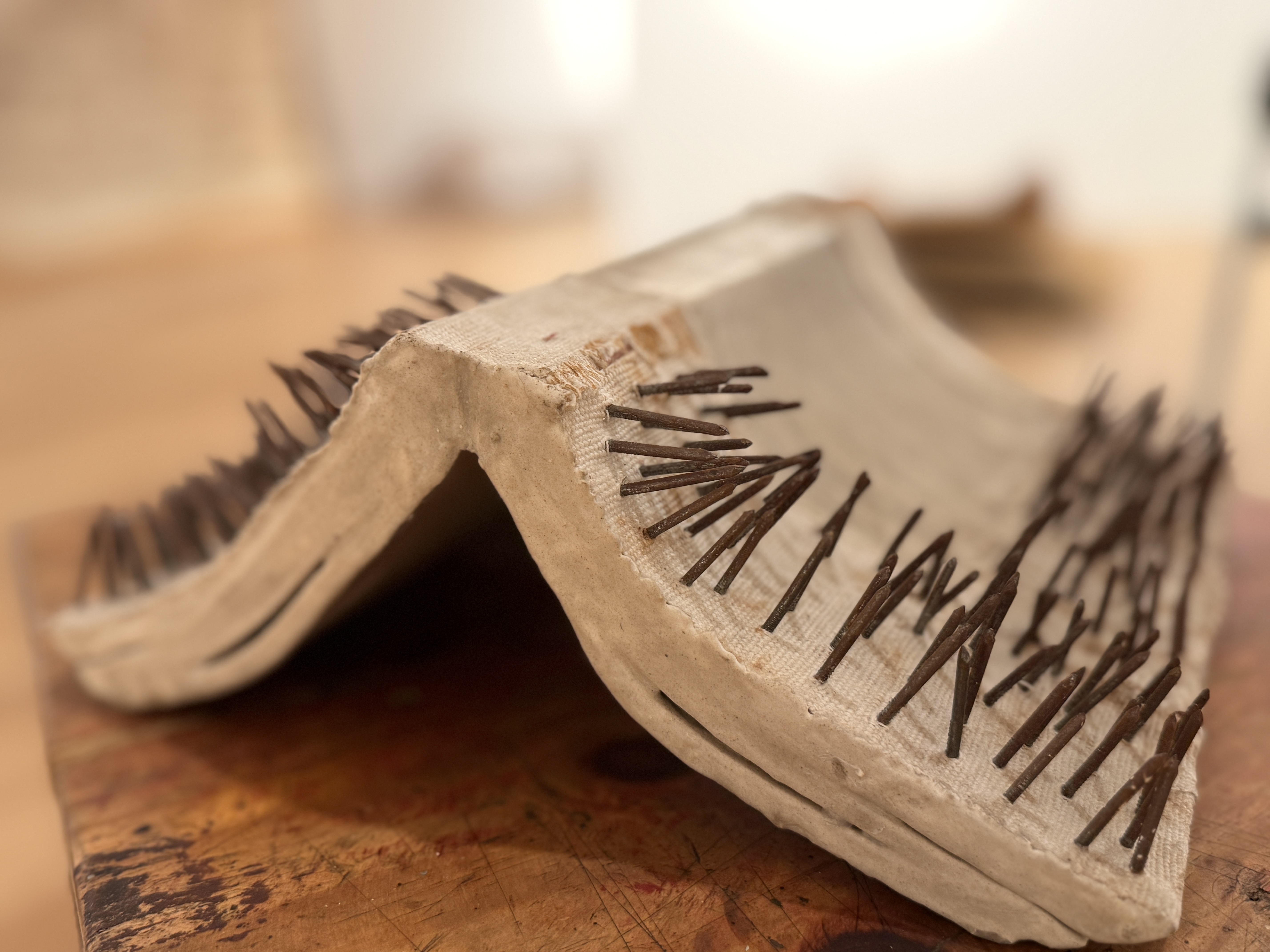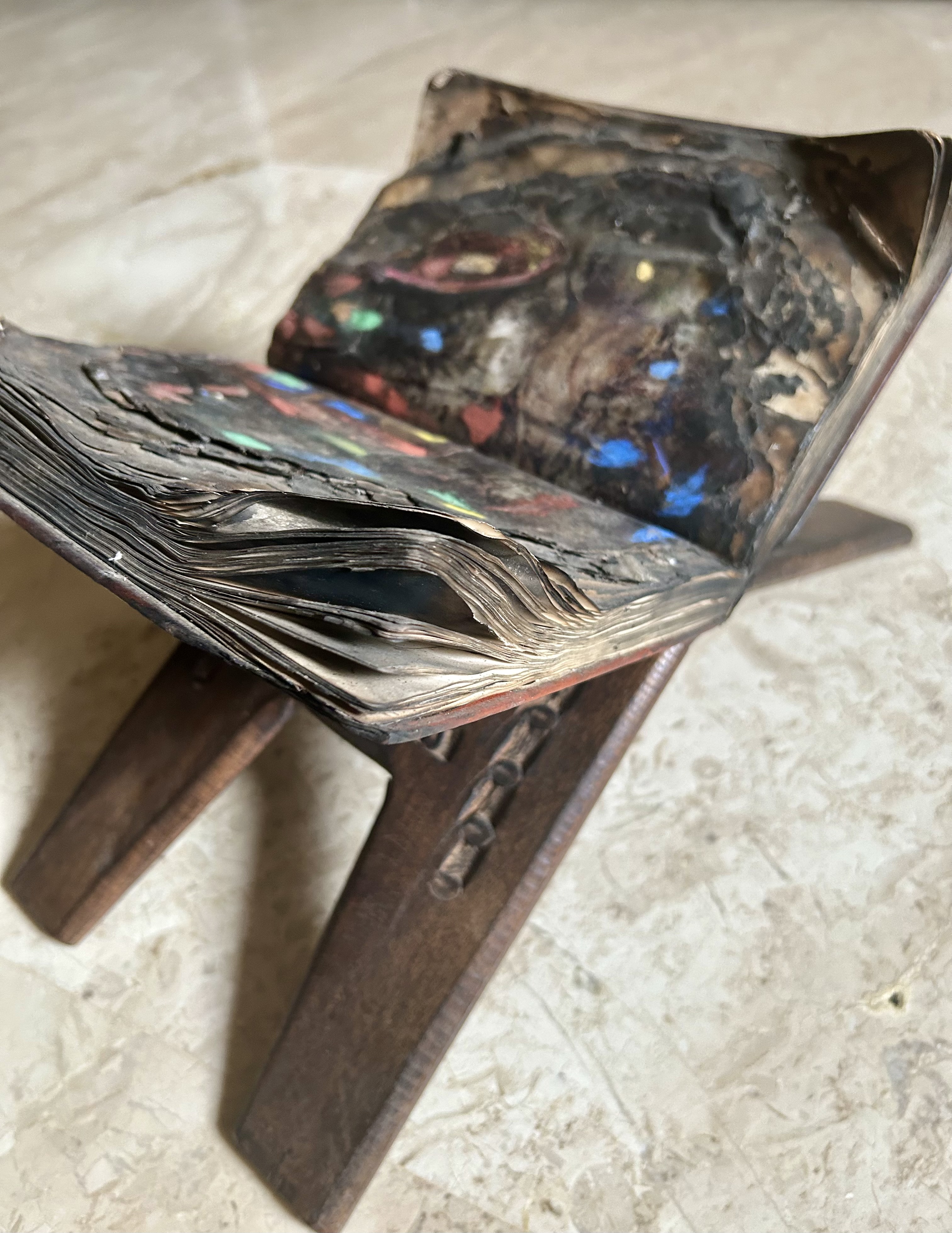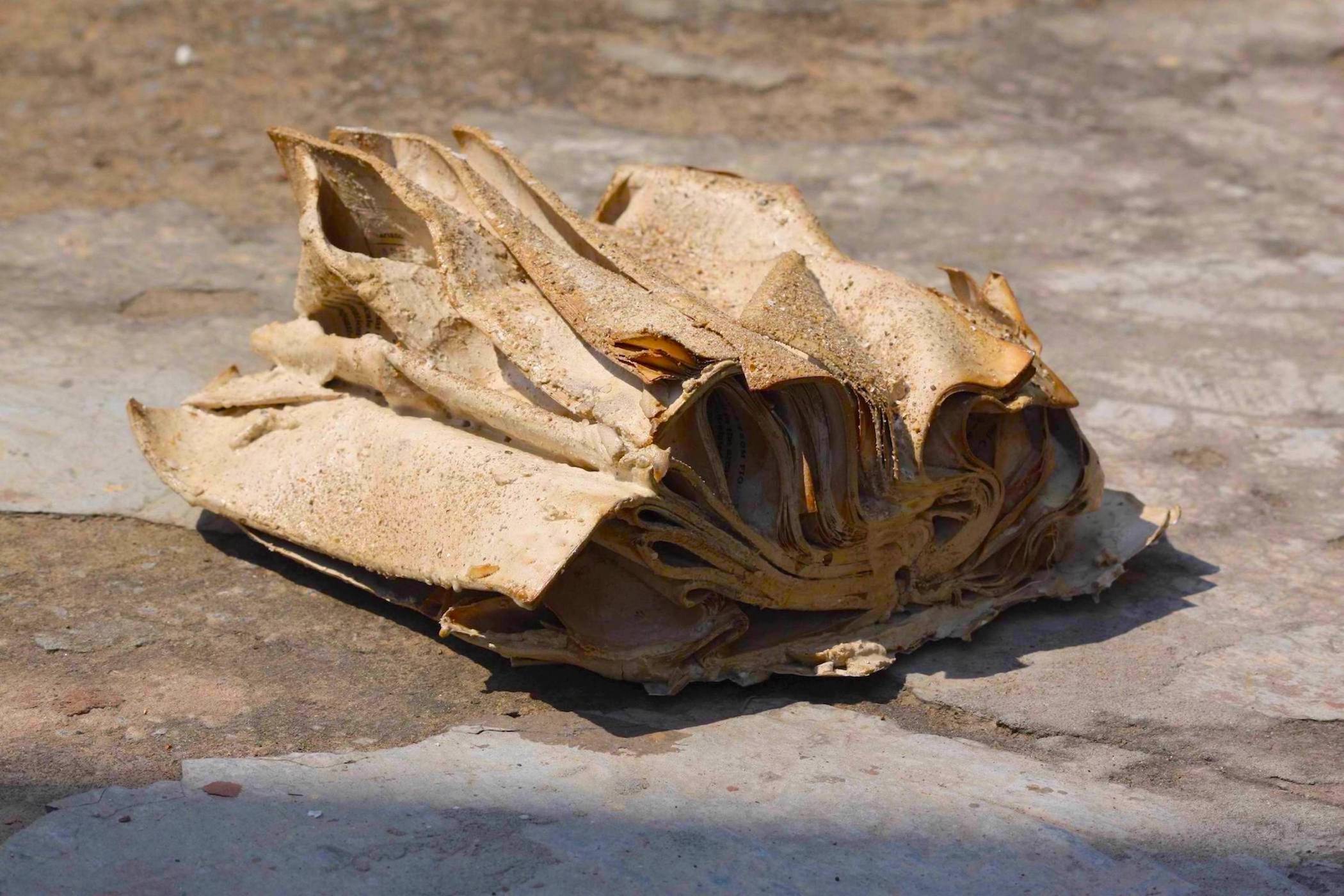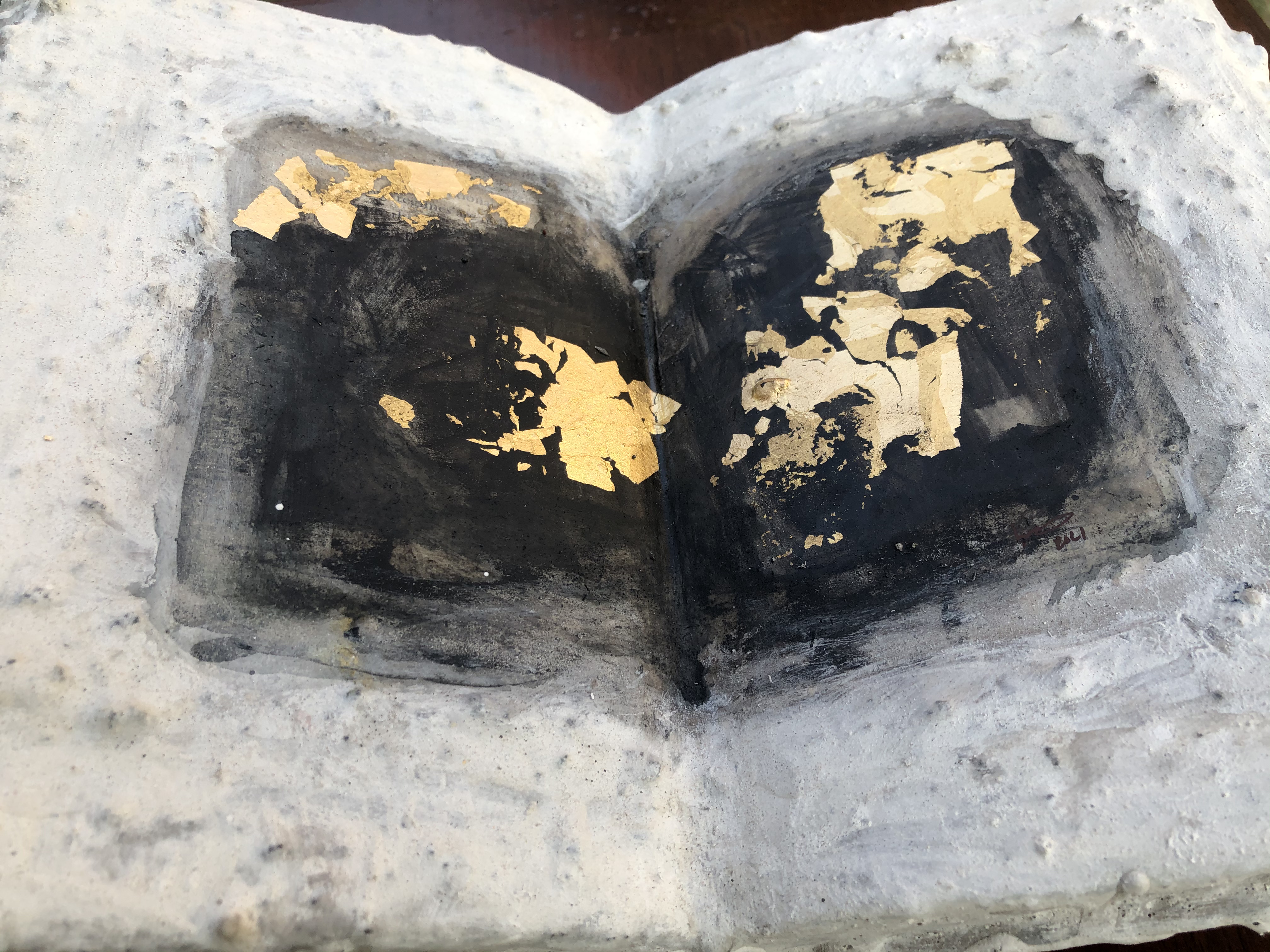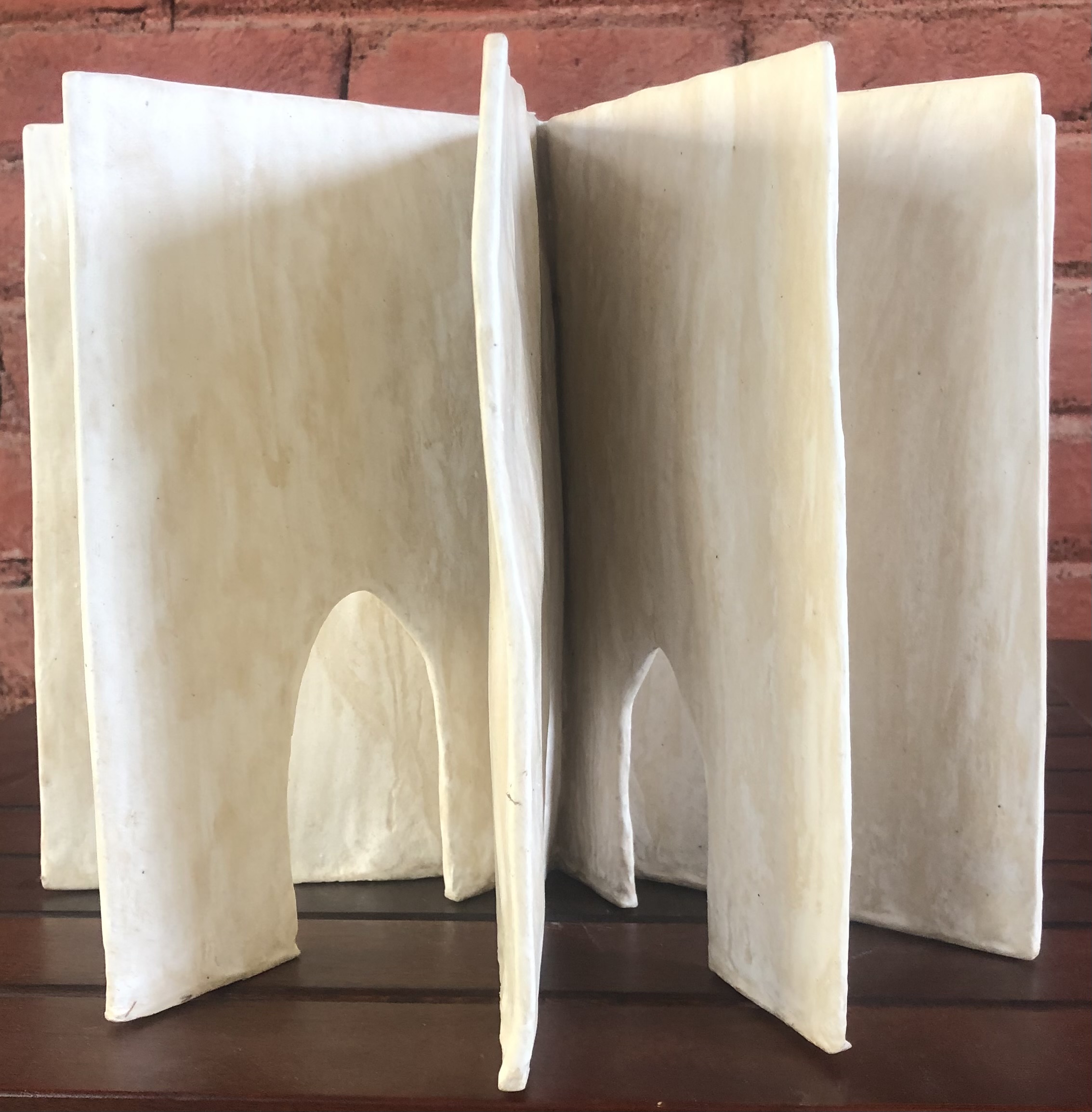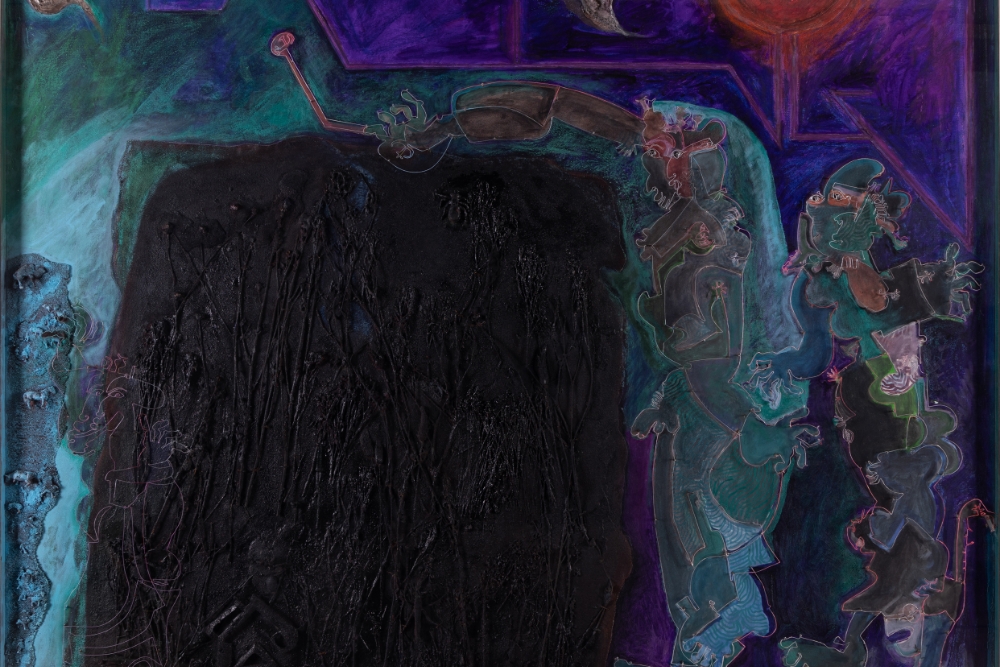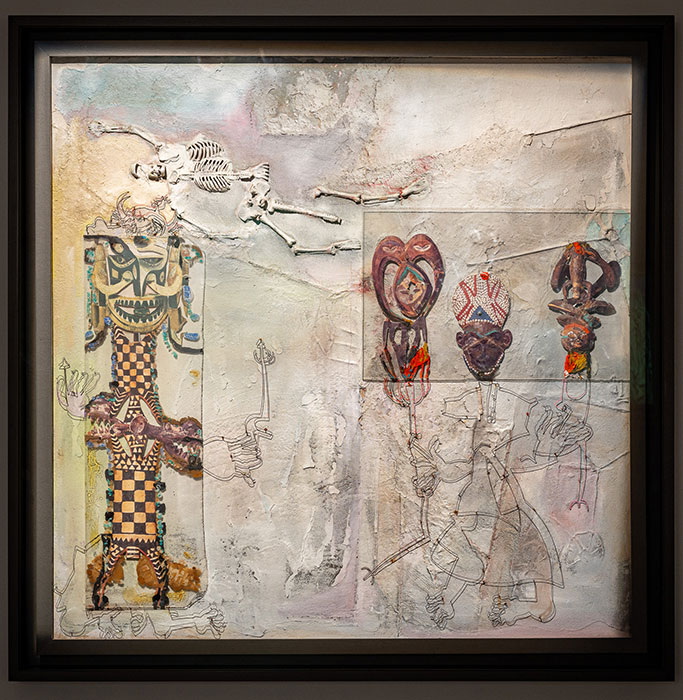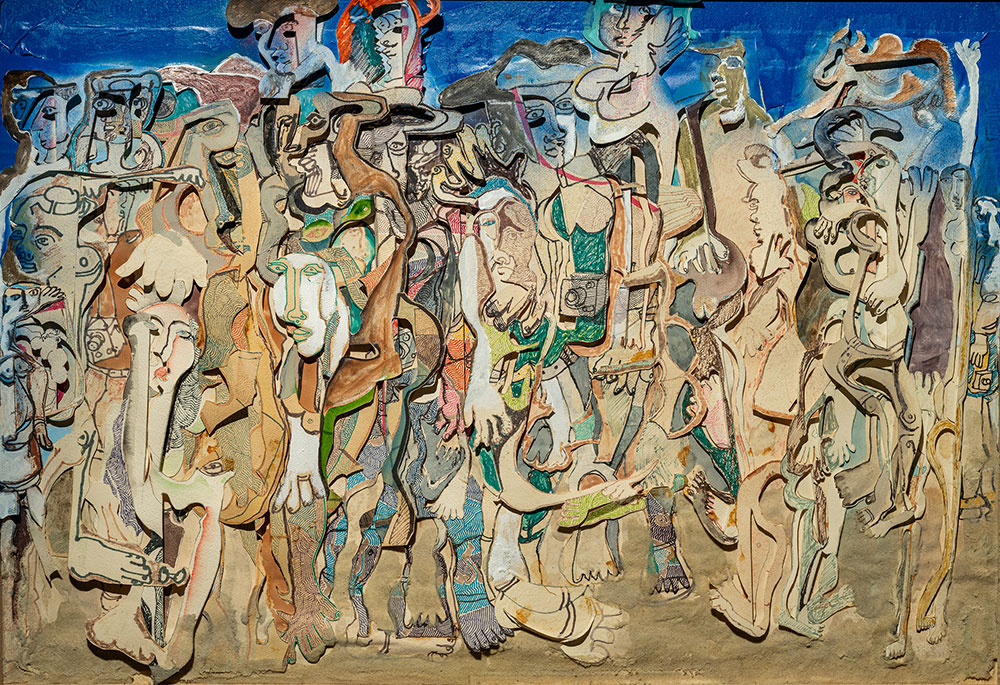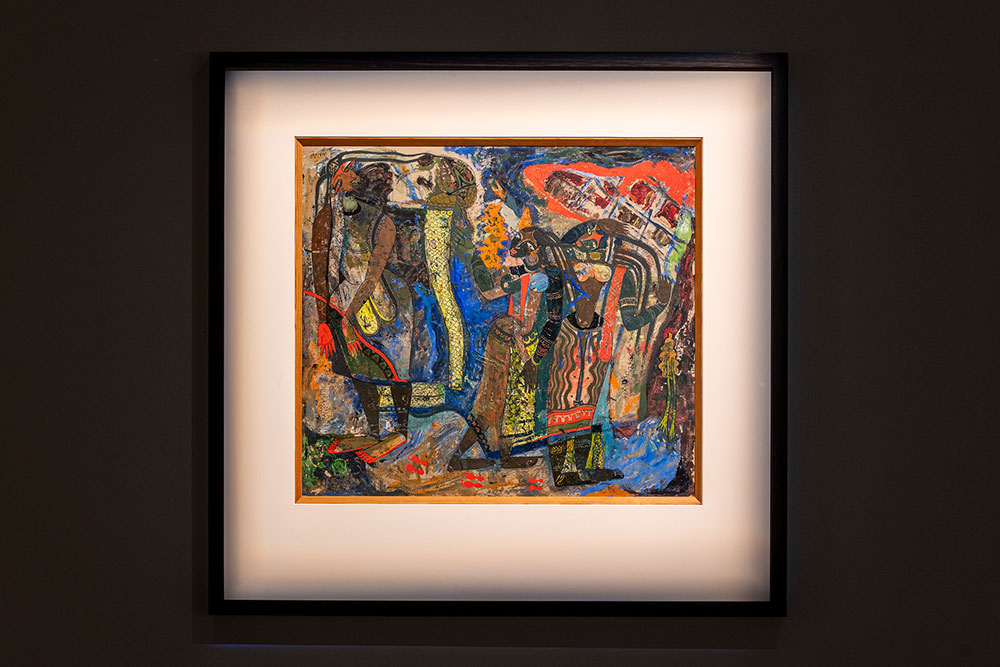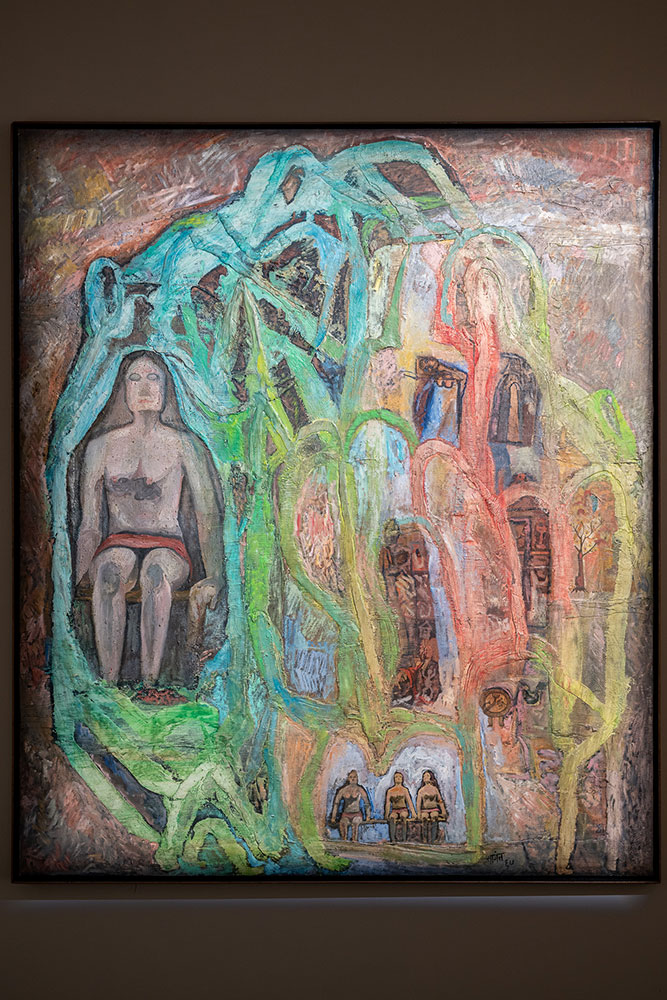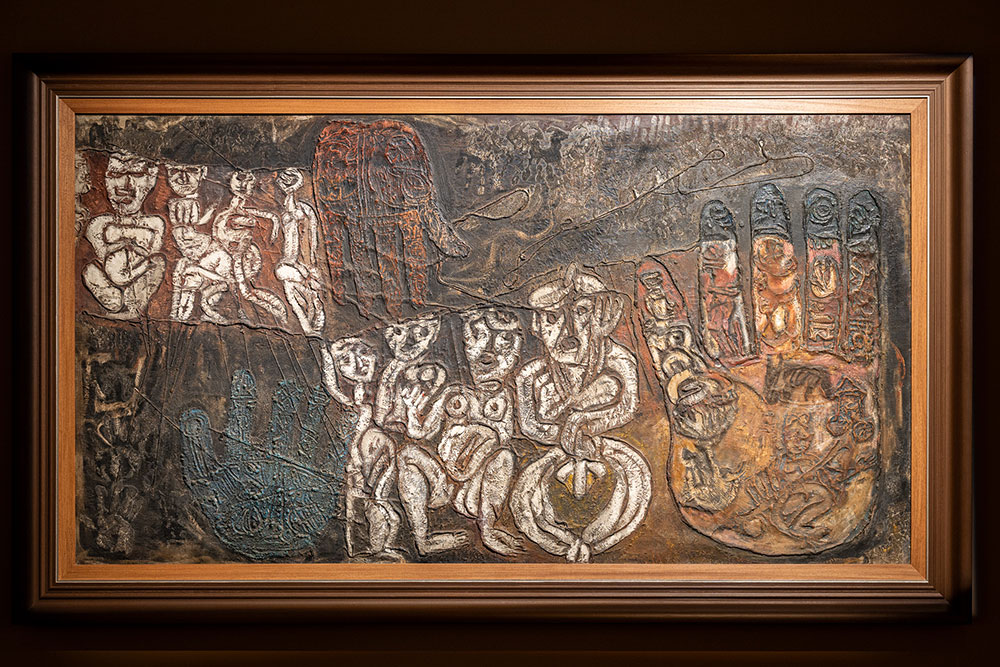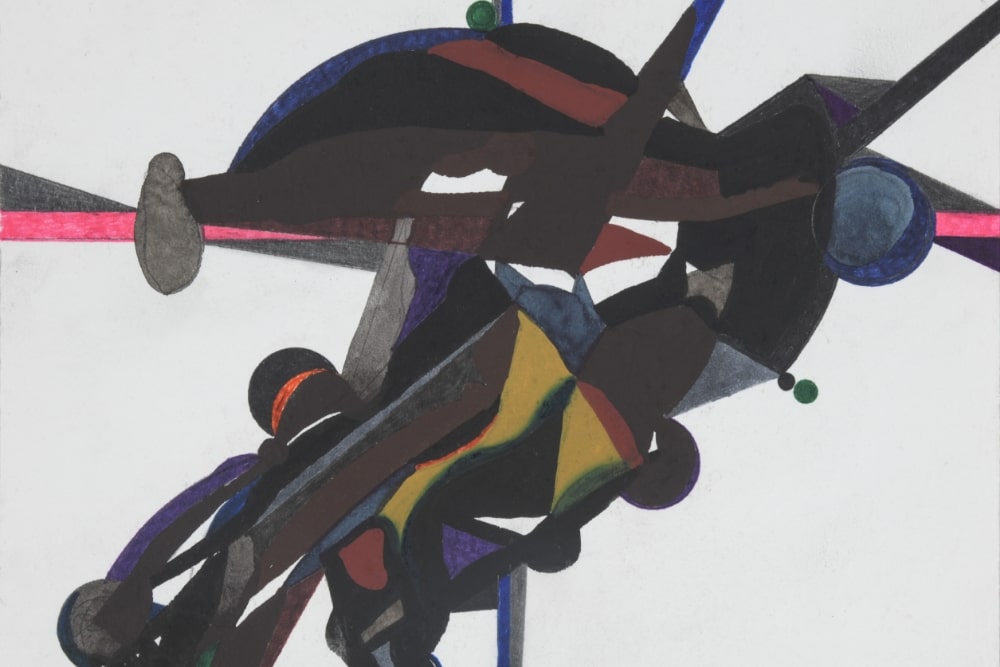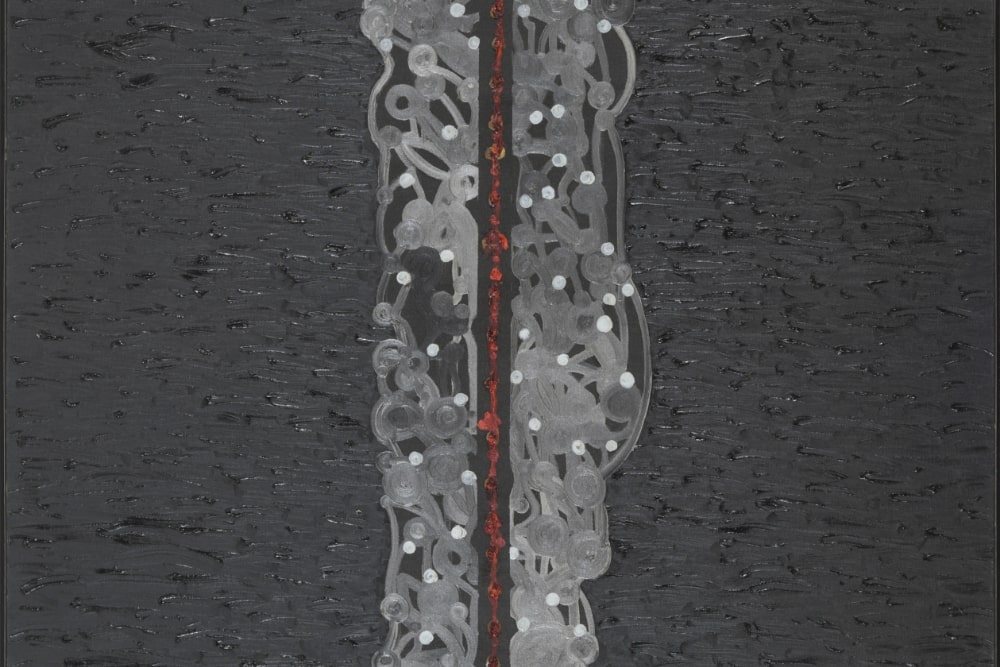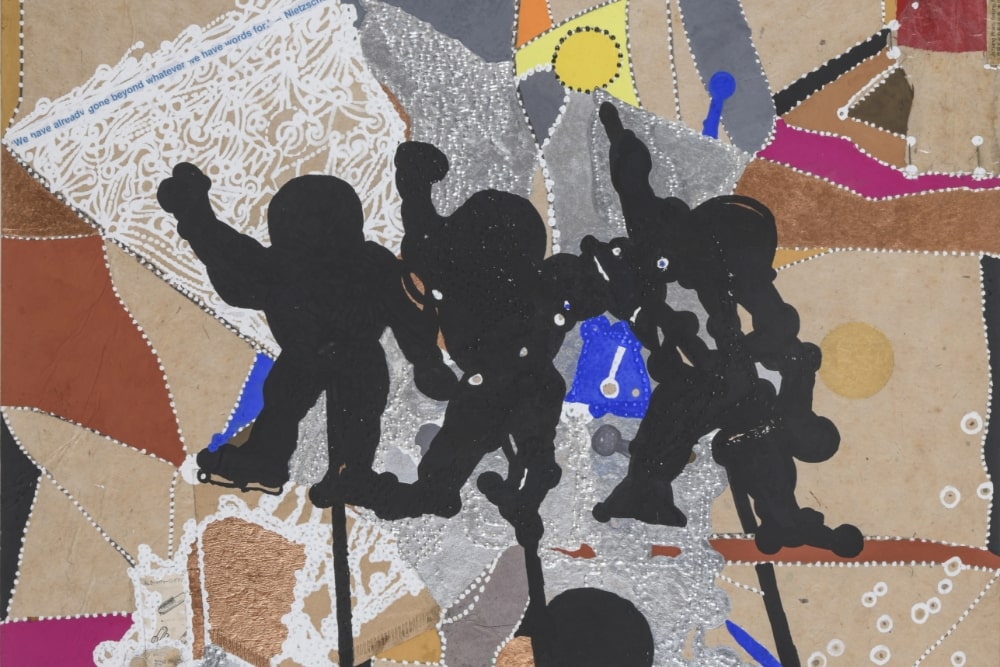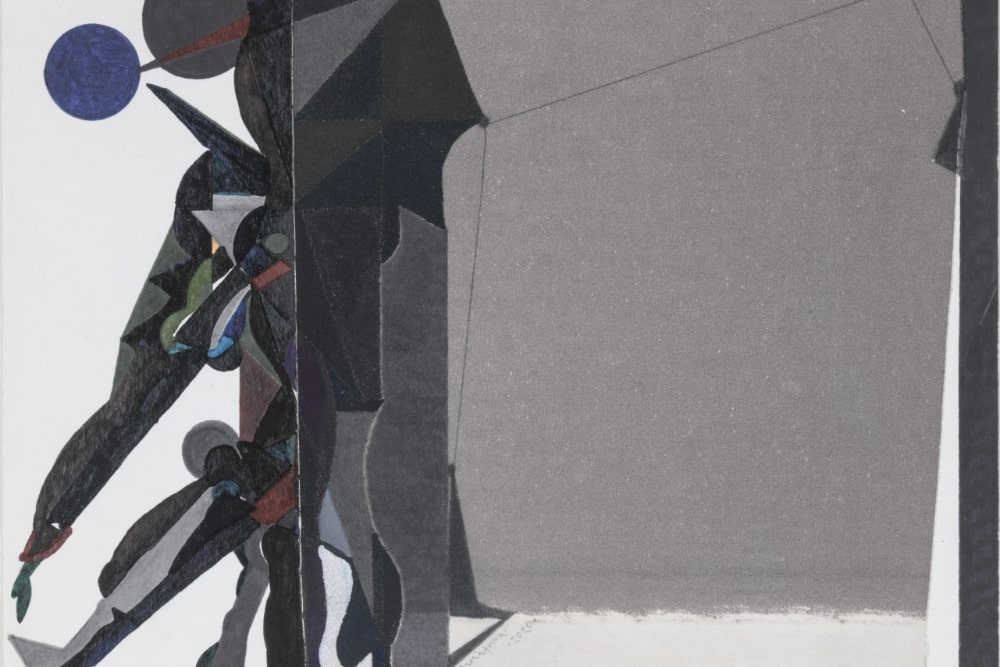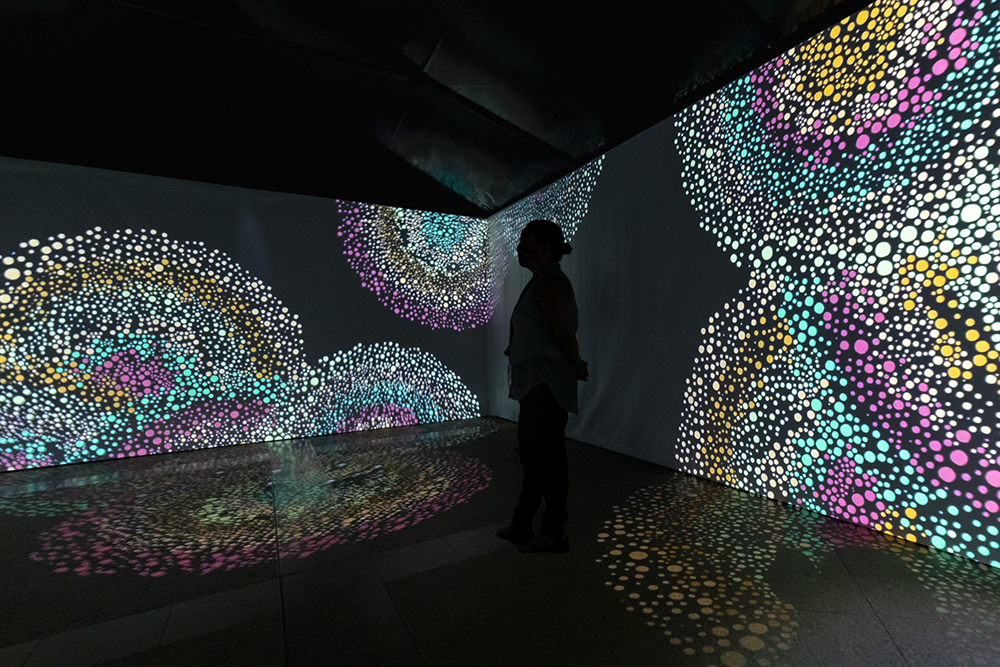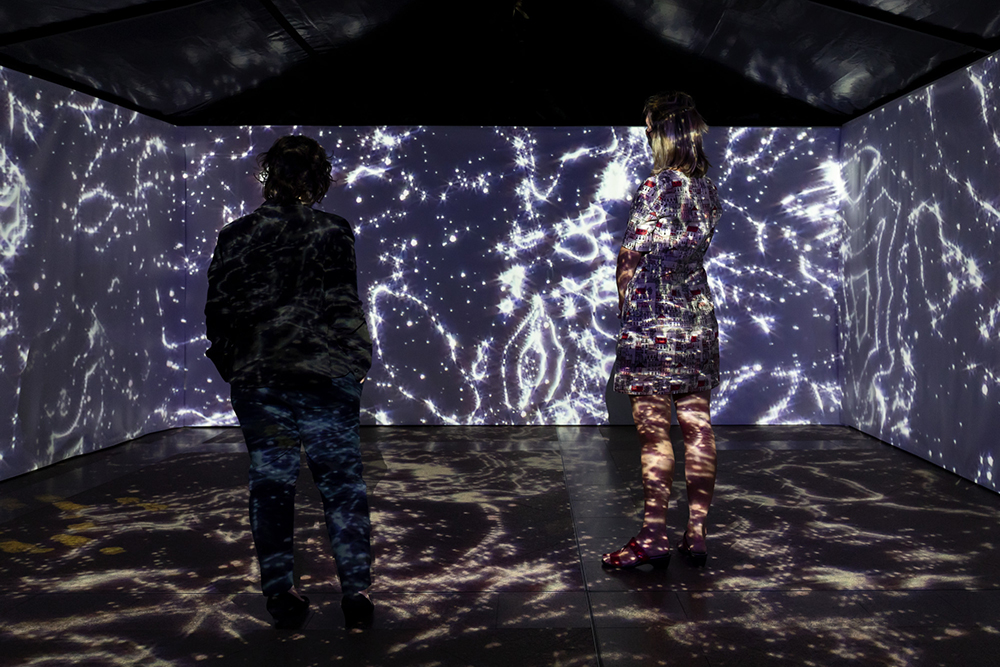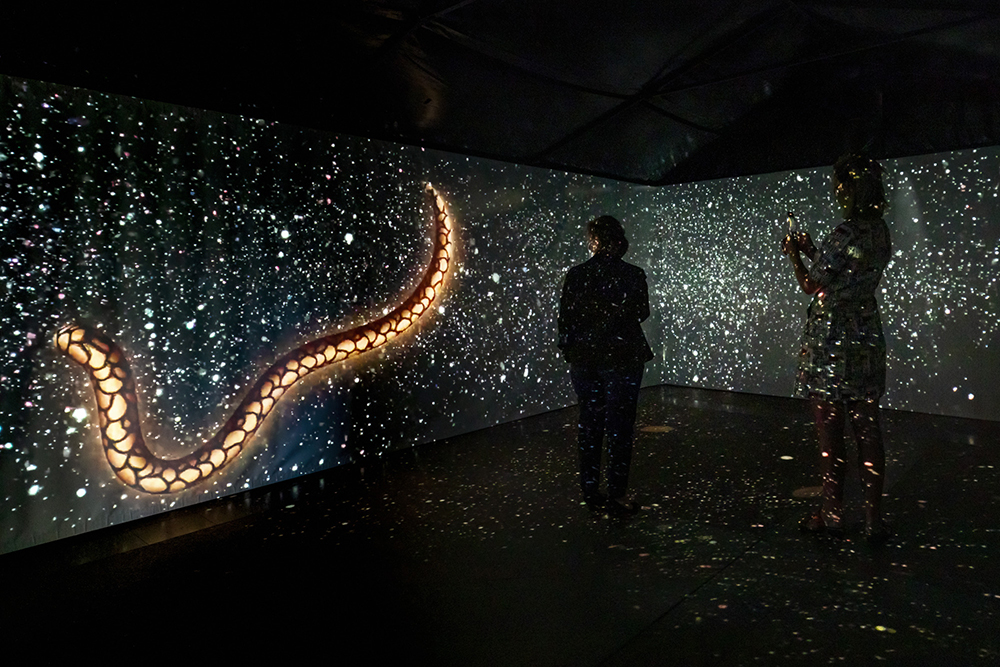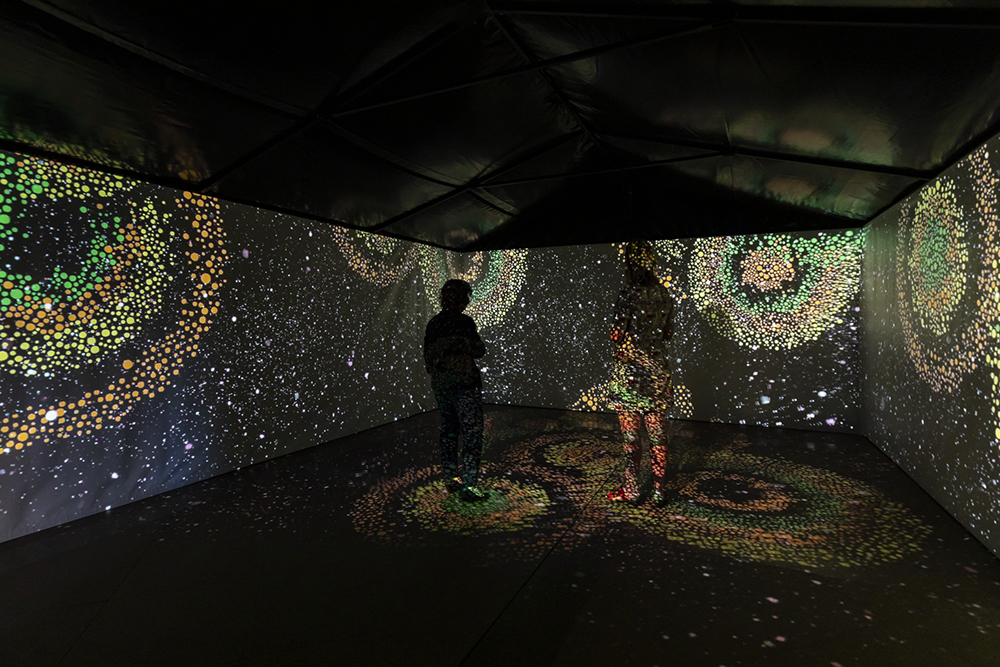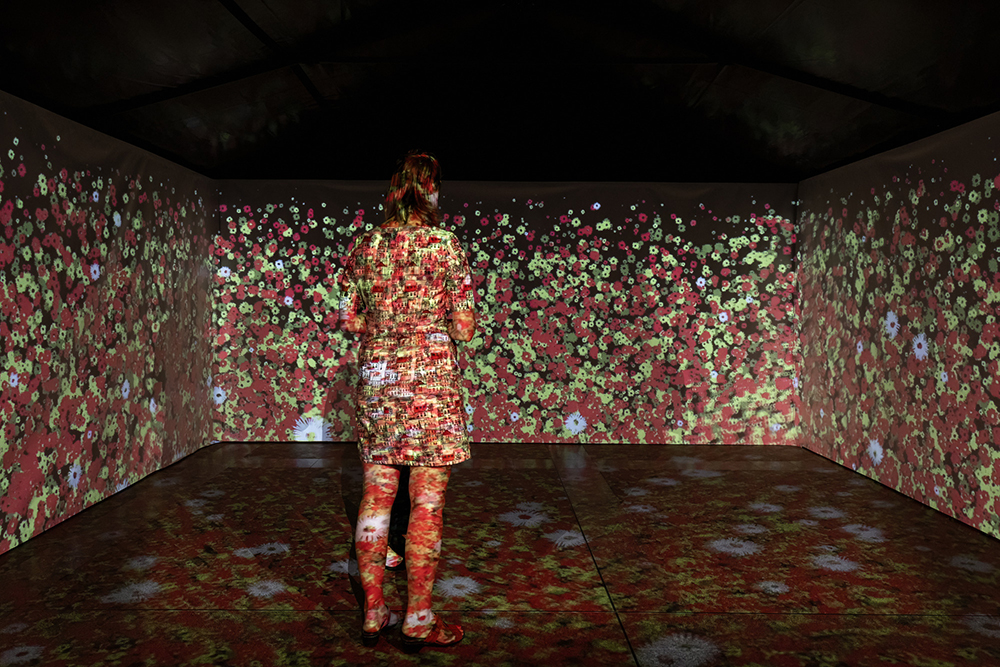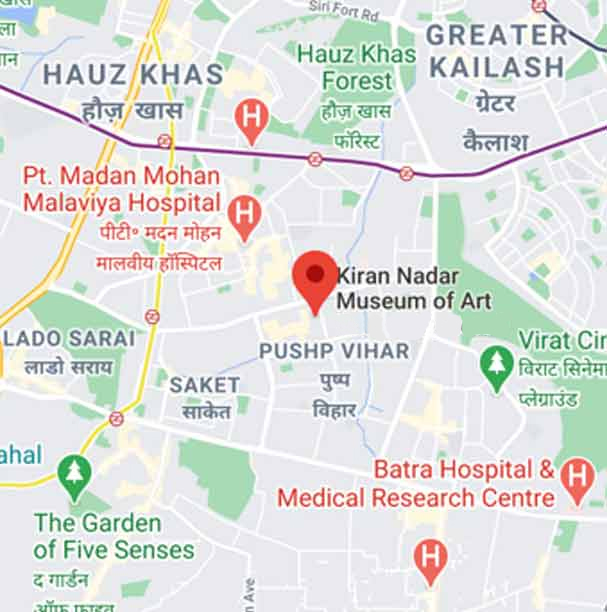- Home
- KNMA, Saket, Delhi
KNMA, Saket, Delhi
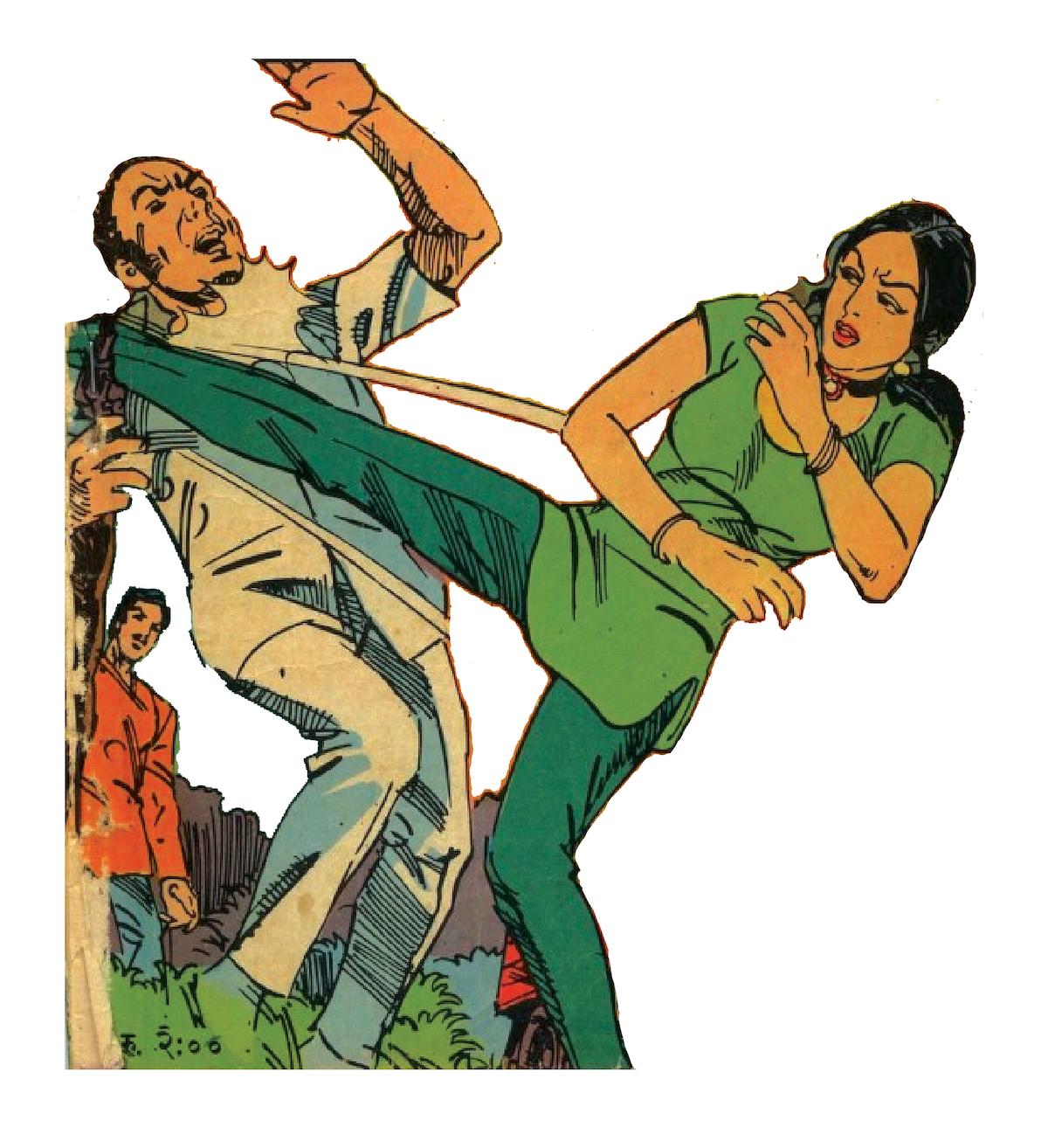
please touch gently
(zines, comics, ephemera)
5 October 2025 - 10 January 2026
aqui thami, Bharath Murthy, himanshu s, Akansha Rastogi and Swati Kumari
KNMA for the first time presents a library-like space celebrating the fragility, tactility, and rebellious spirit of zines and comics, where visitors can touch, read, and even make their own copies. ‘please touch gently (zines, comics, ephemera)’ - the fifth exhibition in KNMA’s Young Artists of Our Times series, reconfigures the museum as a participatory archive. Curated by aqui Thami, Bharath Murthy, and himanshu s, with curatorial advisor Akansha Rastogi, Associate Director, Visual Arts, Kiran Nadar Museum of Art, the exhibition foregrounds self-publishing, underground circulation, and the spirit of DIY.
Offering a deep dive into the subcultures of zines and comics making in India, it brings together contributions from over a thousand zinesters, comics artists, illustrators, feminists, and independent publishers in 22 languages. Visitors are invited to handle and explore these materials, reversing the conventional “do not touch” museum mandate. Zines and comics emerge as critical tools of pedagogy, memory, dissent, and community formation, while their post-exhibition integration into KNMA’s library embeds these fragile yet potent practices into institutional memory, creating one of the most comprehensive museum-based collections of such works in India.
First of its scale and scope, the exhibition showcases a survey of the Indian comic scene, and the worlds of self publishing and small presses coming together within a museum setting. Divided into three sections, each curated by makers with distinct propositions, it unfolds as a constellation of experiments in storytelling. As resistance, as survival, as ways of being, doing, undoing, talking back, taking back. Fearlessly. Unapologetically.
Also, within this constellation sits Chapaghar by aqui Thami and a makers’ space where the rhythms of print and the sheltering essence of ghar (home) converge. The photocopier becomes a vessel of intimacy and co-creation, inviting visitors to leave imprints that dissolve boundaries between self and collective expression. please touch gently (zines, comics, ephemera) will also be accompanied by a colloquium and a fair.
Other Exhibitions
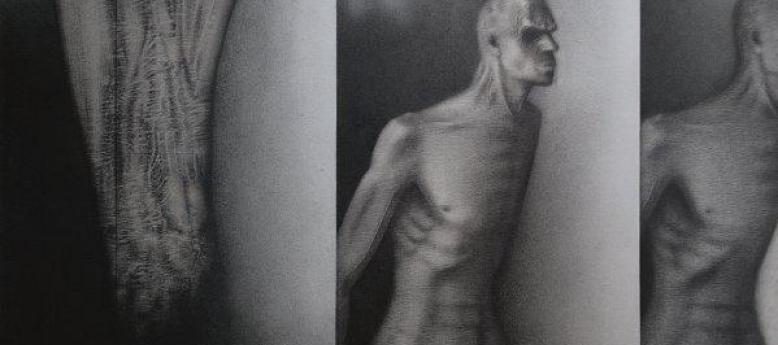
visions of interiority: interrogating the male body - A RETROSPECTIVE (1963-2013)
14 October 2014 - 1 March 2015
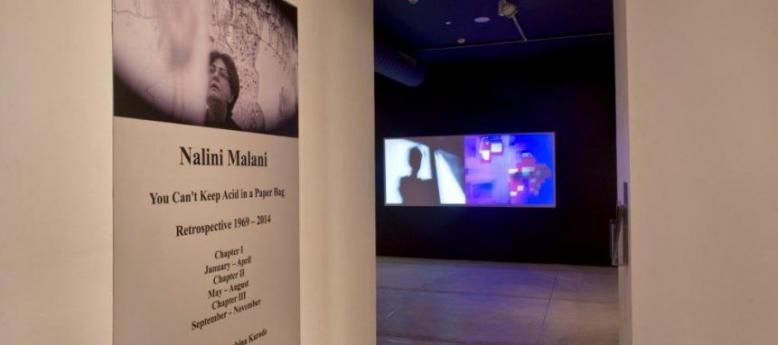
You can’t Keep Acid in a Paper Bag - A RETROSPECTIVE (1969 - 2014) in three chapters
26 September 2014 - 21 December 2014
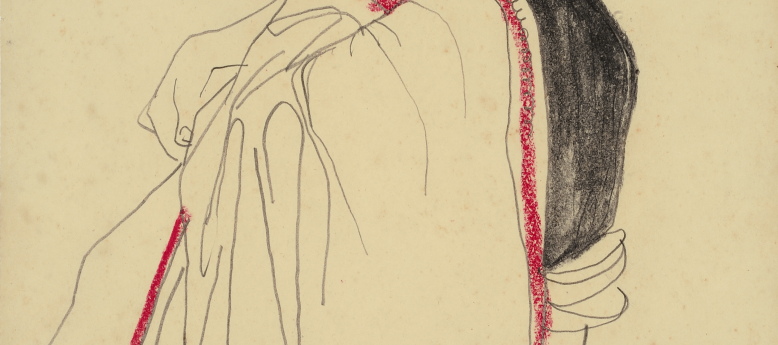
A view to infinity - A Retrospective (1937-1990) Part of Difficult Loves
31 January 2013 - 8 December 2013
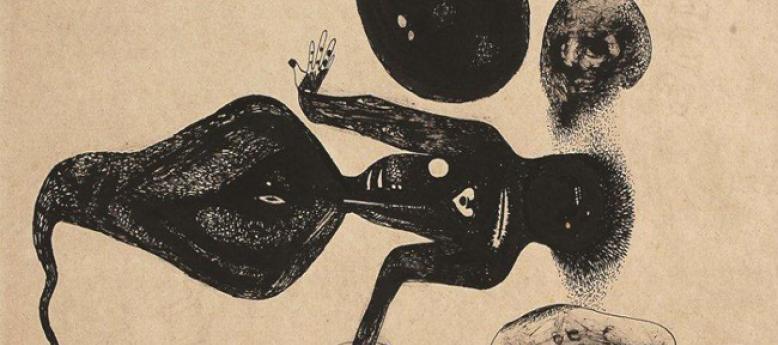
the dark loam: between memory and membrane - A RETROSPECTIVE (1930-2016)
24 August 2016 - 20 December 2016
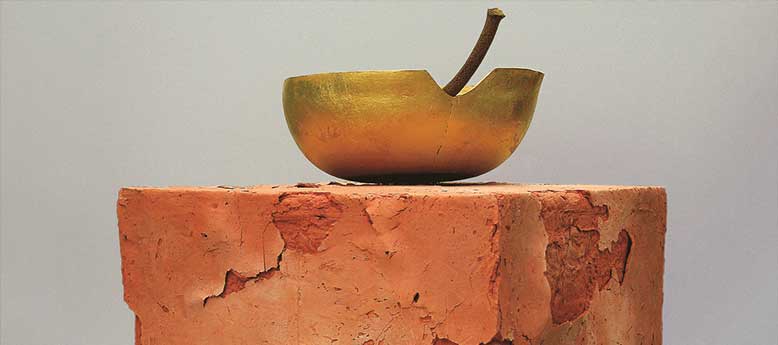
The euphoria of being Himmat Shah A continuing journey across six decades
30 October 2017 - 15 December 2017
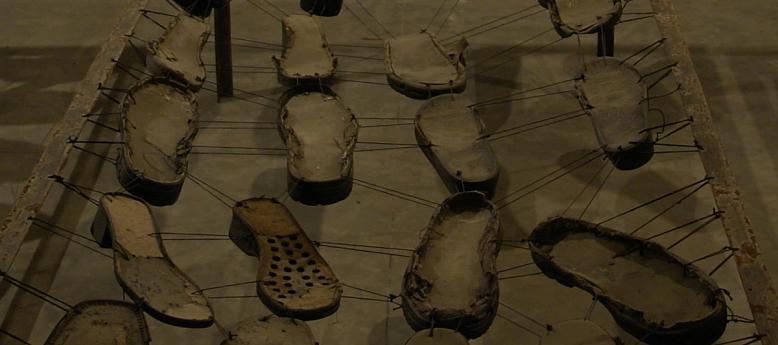
VIVAN SUNDARAM, A RETROSPECTIVE: FIFTY YEARS STEP INSIDE AND YOU ARE NO LONGER A STRANGER
9 February 2018 - 20 July 2018
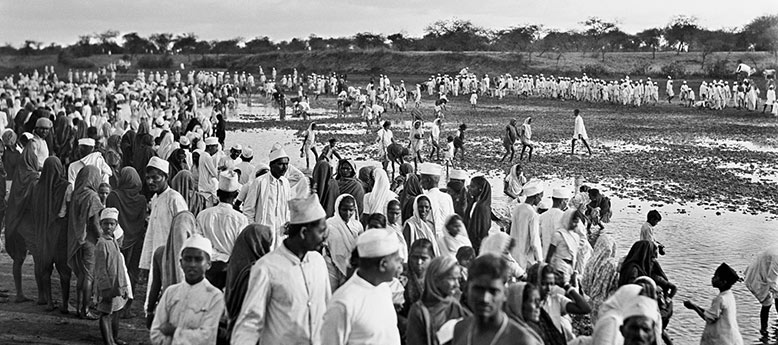
Envisioning Asia, Gandhi and Mao in the photographs of Walter Bosshard
1 October 2018 - 31 October 2018
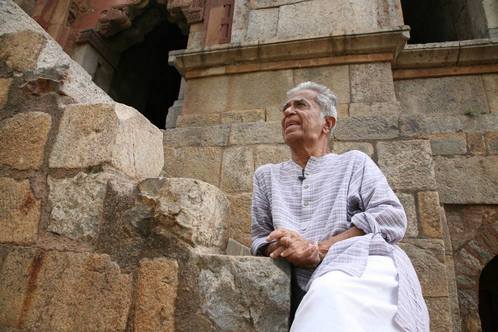
Kiran Nadar Museum of Art presents इस घट अंतर बाग-बगीचे | Haku Shah 1934-2019 Within this earthen vessel are bowers and groves
10 December 2019 - 8 January 2020

Right to laziness... no, strike that! Sidewalking with the man saying sorry
30 January 2020 - 10 April 2021
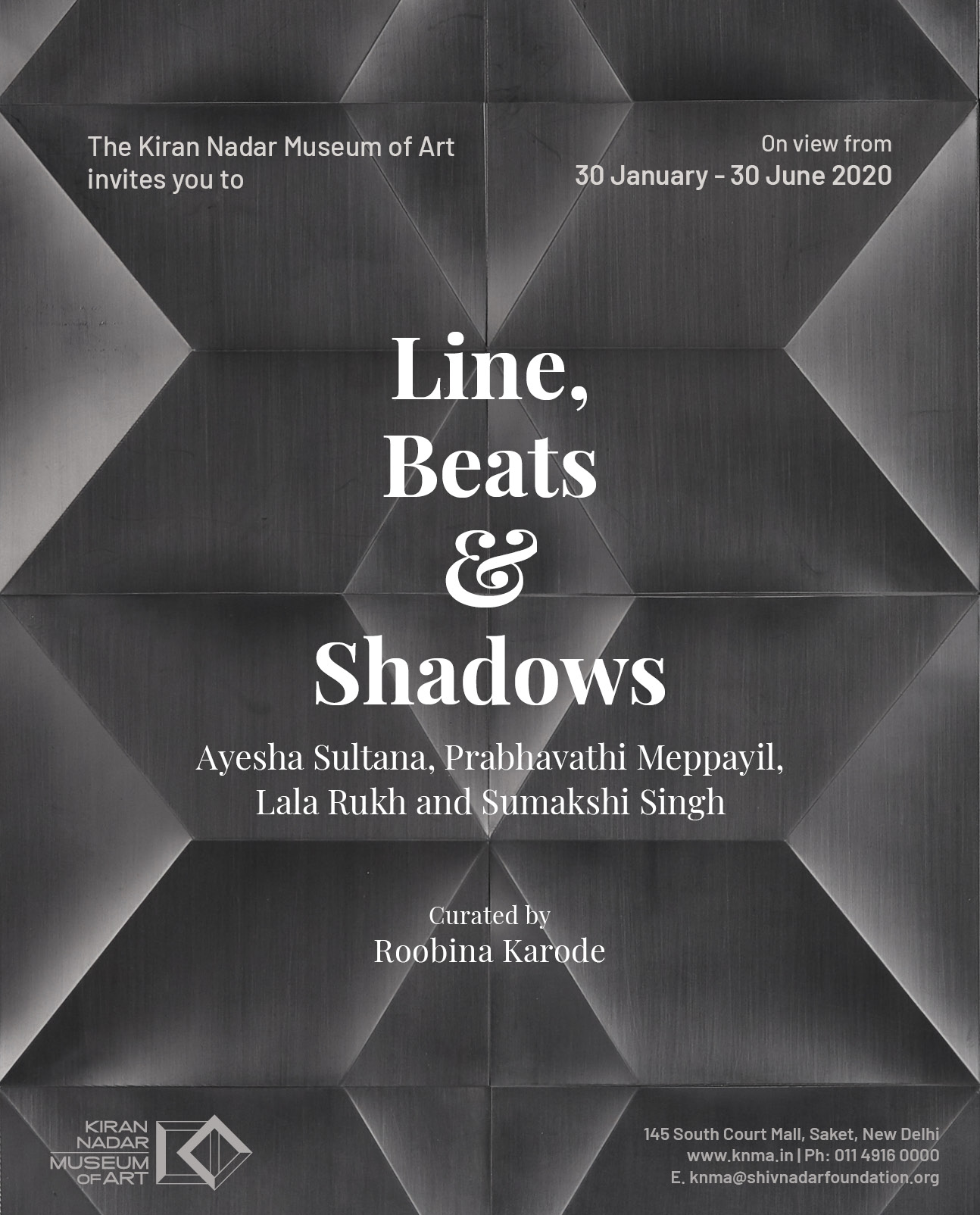
Line, beats and shadows – Ayesha Sultana, Prabhavathi Meppayil, Lala Rukh and Sumakshi Singh
30 January 2020 - 10 April 2021

Delhi Modern: The Architecture of Independent India seen through the eyes of Madan Mahatta
13 February 2020 - 28 February 2020
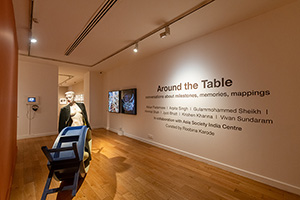
Around The Table : Conversations about Milestones, Memories, Mappings
5 November 2022 - 22 December 2022
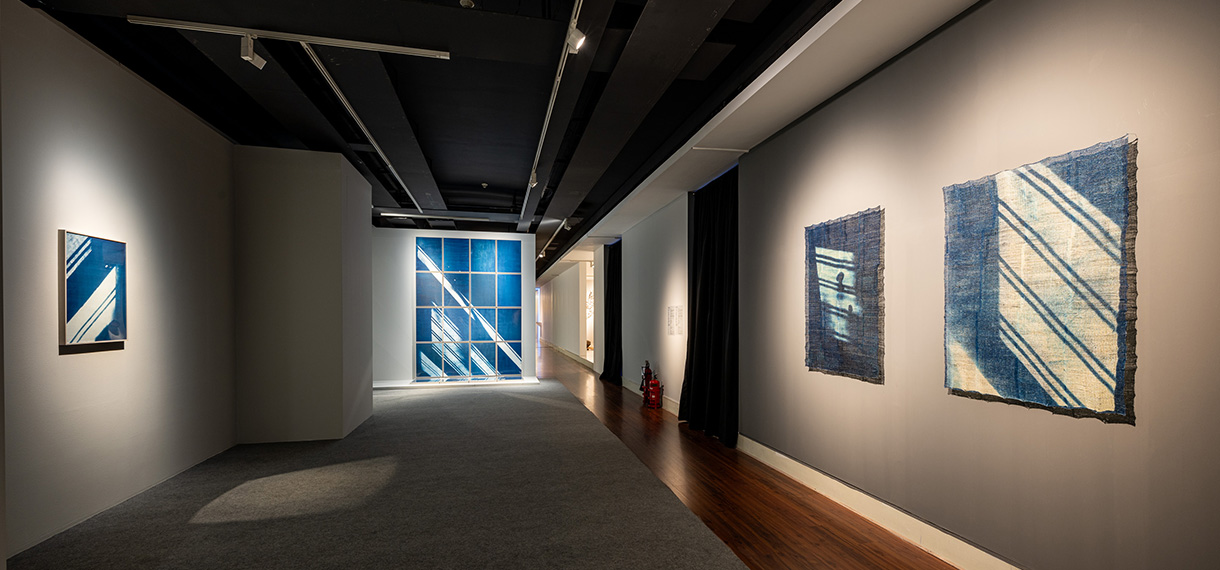
Prussian Blue: A Serendipitous Colour that Altered the Trajectory of Art
19 September 2023 - 20 December 2023

Extraordinary Line
5 October 2025 - 10 January 2026
Avijna Bhattacharya
 "K Ramanujam Untitled,1970 Sketch pen, brush and ink on paper Collection: Kiran Nadar Museum of Art"
"K Ramanujam Untitled,1970 Sketch pen, brush and ink on paper Collection: Kiran Nadar Museum of Art"
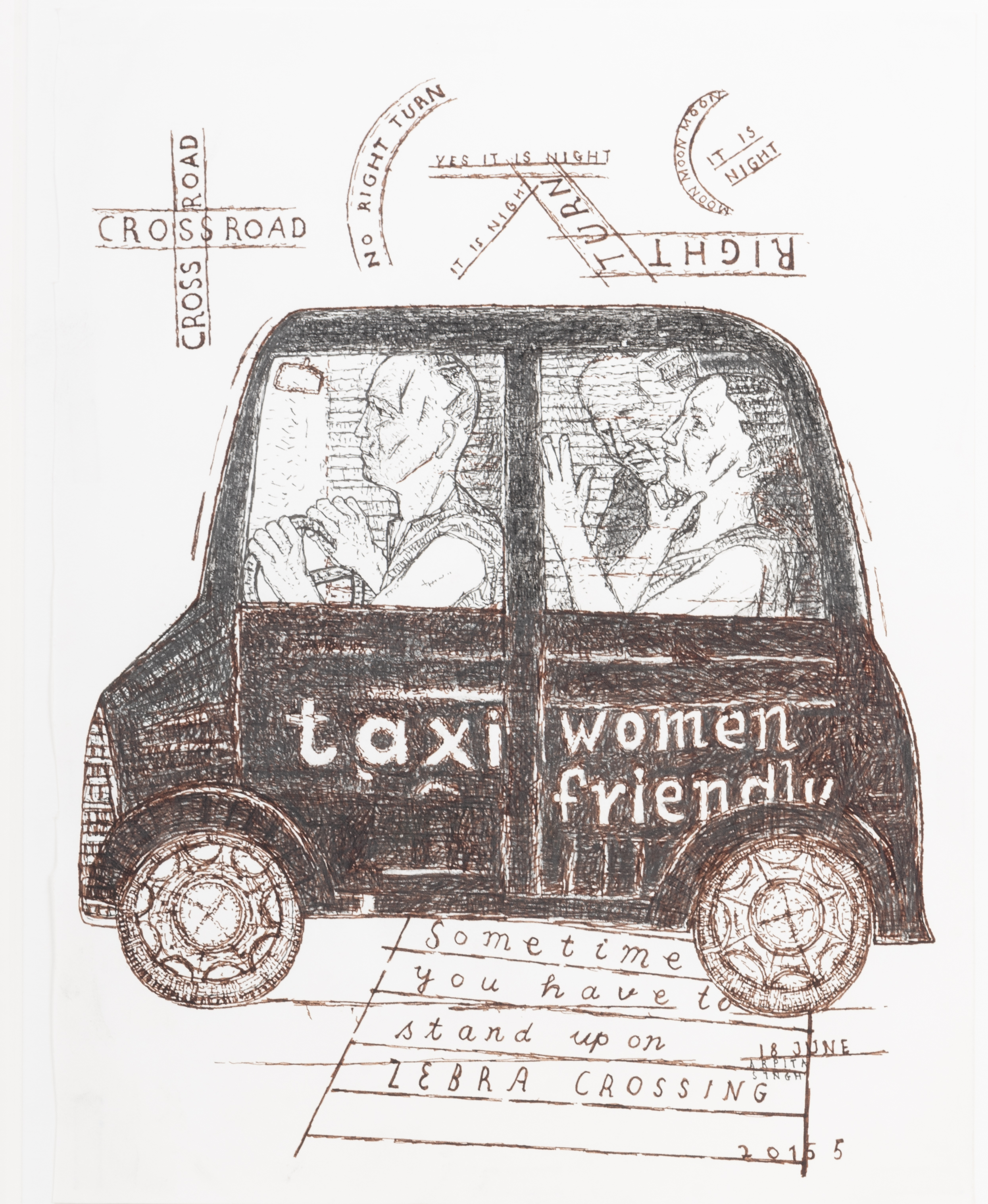 "Arpita Singh Taxi: Women Friendly, 2015 Pen and ink on paper Collection: Kiran Nadar Museum of Art"
"Arpita Singh Taxi: Women Friendly, 2015 Pen and ink on paper Collection: Kiran Nadar Museum of Art"
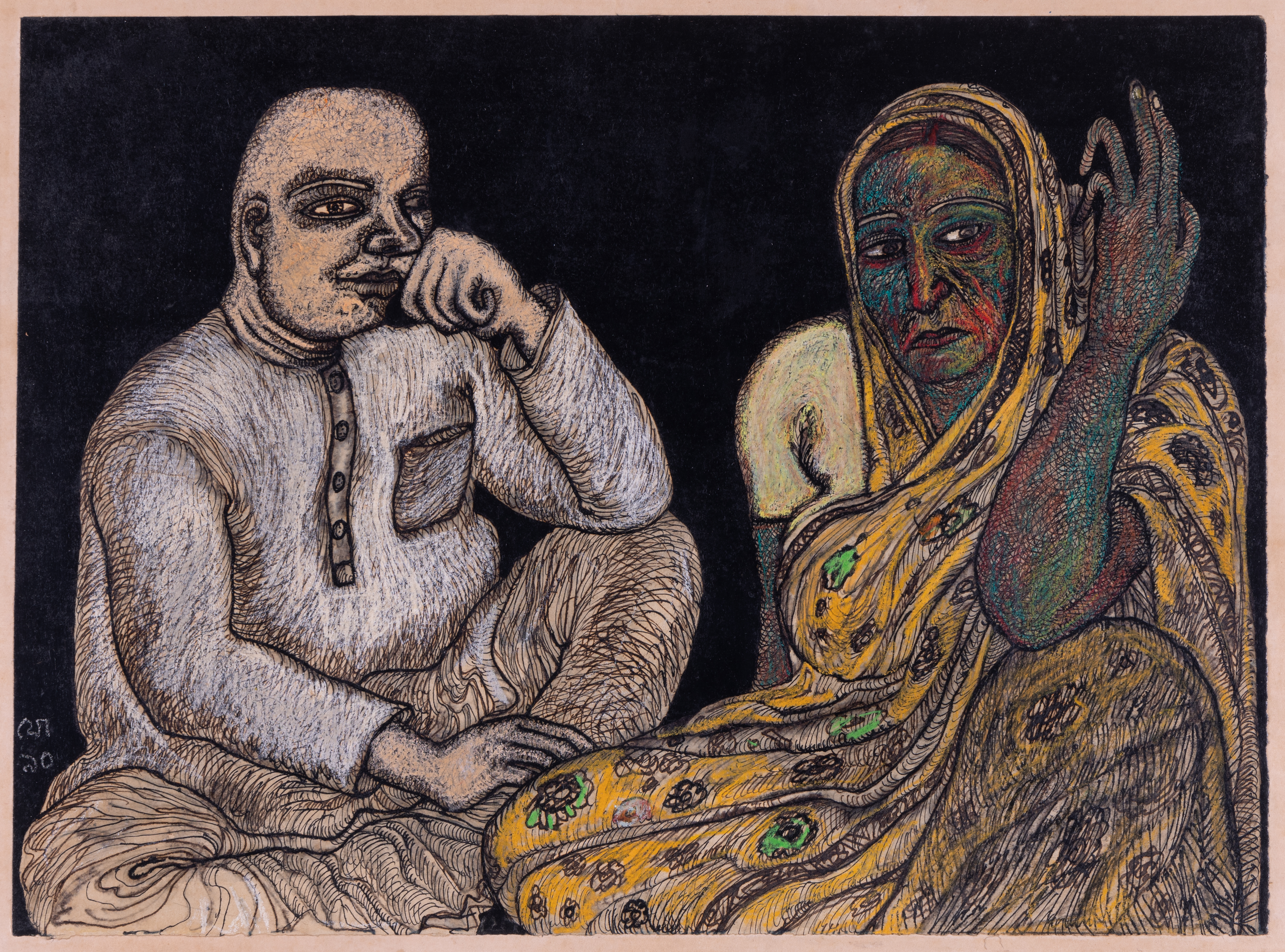 "Jogen Chowdhury Untitled, 1990 Watercolour, pen and colour pencil on paper Collection: Kiran Nadar Museum of Art"
"Jogen Chowdhury Untitled, 1990 Watercolour, pen and colour pencil on paper Collection: Kiran Nadar Museum of Art"
Extraordinary Line situates drawing at the center of contemporary critique, asserting that the line is not merely a preparatory tool but a vector of thought, dissent, and mediation. The exhibition brings together intergenerational practices tracing transitions from post-Independence India to the post-liberalisation era, revealing the enduring capacity of the drawn line to negotiate social, cultural, and political realities.
Unfolding in two distinct yet interconnected phases - the first focuses on the decades following Independence, when artists used drawing to critically reflect on society, culture, and emerging postcolonial identities. Drawing often functioned as a mnemonic device, a documentary impulse, and a medium for incisive social observation, balancing formal experimentation with engagement in civic and cultural discourse. The second phase shifts to the post liberalisation era of the 1990s - a time marked by rapid economic, social, and visual transformations. Artists responded to these disruptions by extending drawing into new registers, capturing the dislocations and uncertainties of a changing society while experimenting with scale, medium, and conceptual rigor. Across both phases, drawings serve as both an archive of memory and a medium of rupture, accommodating intimacy, satire, and critical reflection, unencumbered by the surplus. Seventeen artists, including Arpita Singh, Mery Borah, C Douglas, K Ramanujam, Bhupen Khakhar, Paritosh Sen, Nikhil Biswas, Jogen Chowdhury, Manish Pushkale, Balaji Ponna, Sambaran Das, and Vivan Sundaram among others demonstrate drawing’s autonomy and resilience as a critical form, capable of reflecting and contesting socio-political change with aesthetic and conceptual subtlety.
Other Exhibitions

visions of interiority: interrogating the male body - A RETROSPECTIVE (1963-2013)
14 October 2014 - 1 March 2015

You can’t Keep Acid in a Paper Bag - A RETROSPECTIVE (1969 - 2014) in three chapters
26 September 2014 - 21 December 2014

A view to infinity - A Retrospective (1937-1990) Part of Difficult Loves
31 January 2013 - 8 December 2013

the dark loam: between memory and membrane - A RETROSPECTIVE (1930-2016)
24 August 2016 - 20 December 2016

The euphoria of being Himmat Shah A continuing journey across six decades
30 October 2017 - 15 December 2017

VIVAN SUNDARAM, A RETROSPECTIVE: FIFTY YEARS STEP INSIDE AND YOU ARE NO LONGER A STRANGER
9 February 2018 - 20 July 2018

Envisioning Asia, Gandhi and Mao in the photographs of Walter Bosshard
1 October 2018 - 31 October 2018

Kiran Nadar Museum of Art presents इस घट अंतर बाग-बगीचे | Haku Shah 1934-2019 Within this earthen vessel are bowers and groves
10 December 2019 - 8 January 2020

Right to laziness... no, strike that! Sidewalking with the man saying sorry
30 January 2020 - 10 April 2021

Line, beats and shadows – Ayesha Sultana, Prabhavathi Meppayil, Lala Rukh and Sumakshi Singh
30 January 2020 - 10 April 2021

Delhi Modern: The Architecture of Independent India seen through the eyes of Madan Mahatta
13 February 2020 - 28 February 2020

Around The Table : Conversations about Milestones, Memories, Mappings
5 November 2022 - 22 December 2022

Prussian Blue: A Serendipitous Colour that Altered the Trajectory of Art
19 September 2023 - 20 December 2023
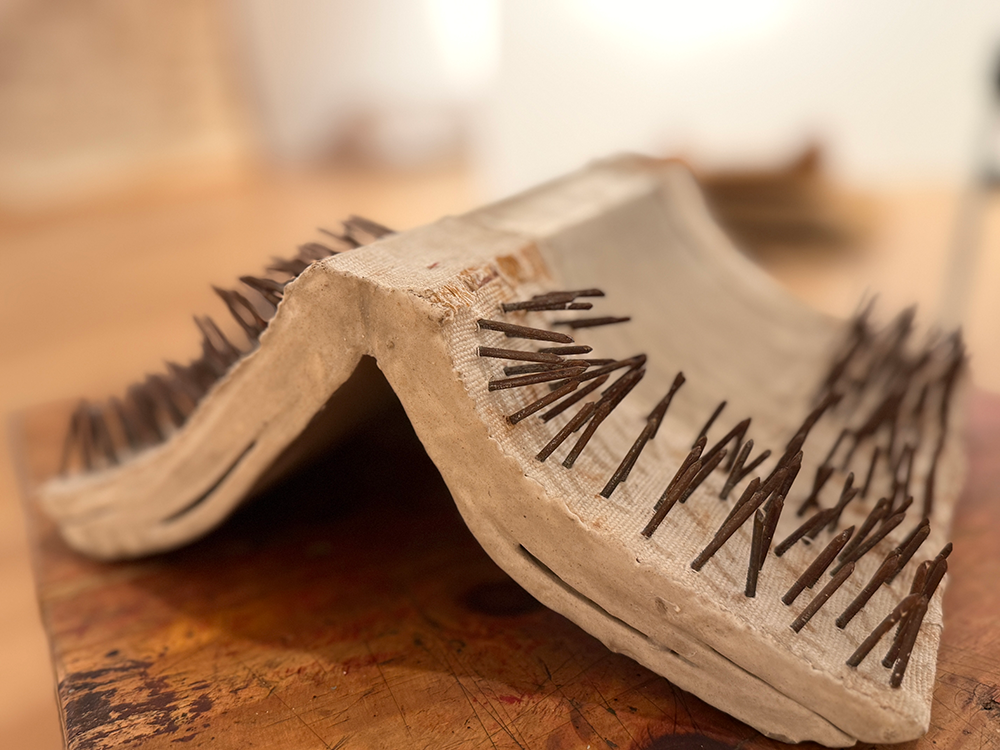
'jo ġāyab hai, aur hāzir bhi'
Book sculptures of Saba Hasan
5 October 2025 - 10 January 2026
Neha ‘Zooni’ Tickoo
Building on this engagement with form and material, ‘jo ġāyab hai, aur hāzir bhi’, presents Saba Hasan’s book sculptures in a comprehensive display for the first time, bringing together both her early works and her multi-media experiments. Hasan’s practice transforms books of varied sizes through folding, cutting, burning, layering and embedding, often with organic and inorganic materials. She destabilizes language while reconstituting its fragments as sculptural artifacts of memory, utterances and erasures.
The exhibition title, referencing renowned poet Faiz Ahmed Faiz’s Hum Dekhenge, interrogates the dialectics of presence and absence and situates the book as a site of reflection. Presenting her book sculptures alongside her video art and early works, the exhibition offering a holistic view of Hasan’s sculptural vocabulary highlights the subtle, multi-dimensional dialogues her works enact between the seen and unseen, the preserved and the lost, the personal and the collective. It creates an immersive encounter with the transformative potential of everyday objects, such as books, reimagined as art
Other Exhibitions

visions of interiority: interrogating the male body - A RETROSPECTIVE (1963-2013)
14 October 2014 - 1 March 2015

You can’t Keep Acid in a Paper Bag - A RETROSPECTIVE (1969 - 2014) in three chapters
26 September 2014 - 21 December 2014

A view to infinity - A Retrospective (1937-1990) Part of Difficult Loves
31 January 2013 - 8 December 2013

the dark loam: between memory and membrane - A RETROSPECTIVE (1930-2016)
24 August 2016 - 20 December 2016

The euphoria of being Himmat Shah A continuing journey across six decades
30 October 2017 - 15 December 2017

VIVAN SUNDARAM, A RETROSPECTIVE: FIFTY YEARS STEP INSIDE AND YOU ARE NO LONGER A STRANGER
9 February 2018 - 20 July 2018

Envisioning Asia, Gandhi and Mao in the photographs of Walter Bosshard
1 October 2018 - 31 October 2018

Kiran Nadar Museum of Art presents इस घट अंतर बाग-बगीचे | Haku Shah 1934-2019 Within this earthen vessel are bowers and groves
10 December 2019 - 8 January 2020

Right to laziness... no, strike that! Sidewalking with the man saying sorry
30 January 2020 - 10 April 2021

Line, beats and shadows – Ayesha Sultana, Prabhavathi Meppayil, Lala Rukh and Sumakshi Singh
30 January 2020 - 10 April 2021

Delhi Modern: The Architecture of Independent India seen through the eyes of Madan Mahatta
13 February 2020 - 28 February 2020

Around The Table : Conversations about Milestones, Memories, Mappings
5 November 2022 - 22 December 2022

Prussian Blue: A Serendipitous Colour that Altered the Trajectory of Art
19 September 2023 - 20 December 2023
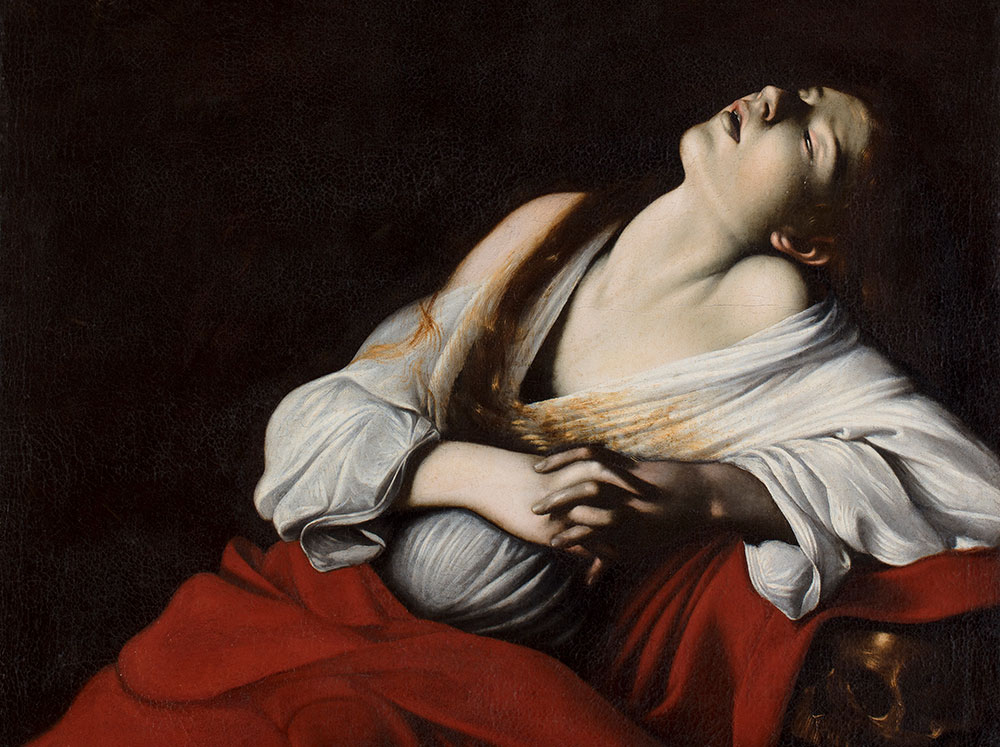
Mary Magdalene in Ecstasy
Caravaggio
18 April 2025 - 30 May 2025
The Kiran Nadar Museum of Art in partnership with The Cultural Centre of the Italian Embassy, proudly announces the historic arrival of Caravaggio's Mary Magdalene in Ecstasy in Delhi.
Michelangelo Merisi da Caravaggio (1571-1610), renowned for his revolutionary use of light and shadow, transformed the visual language of Baroque art with his emotive realism and masterful technique Mary Magdalene in Ecstasy painted around 1606 while the artist was in exile after being charged with murder, is a poignant depiction of spiritual transcendence, exemplifying his signature chiaroscuro. This technique, which heightened the emotional and physical presence of his subjects, redefined the portrayal of the human form, lending it an unprecedented sensorial depth. Despite his tumultuous life, Caravaggio's radical approach profoundly influenced Flemish artists and subsequent artistic movements, shaping the trajectory of European art in ways that continue to resonate today.
The project is part of an exclusive showcase dedicated to Caravaggio's artistic legacy and its enduring impact on global art history. It will be supported by the screening of a series of documentaries and a VR experience offering visitors a deeper and more immersive engagement with Caravaggio's world. Alongside the masterpiece, the show will feature a curated selection of discussions, and immersive educational programs aimed at deepening the understanding of Caravaggio's artistic contributions.
Mary Magdalene in Ecstasy was believed to be lost for centuries, its whereabouts unknown following Caravaggio's tumultuous final years. In 2014, the painting resurfaced and was subsequently authenticated as an original masterpiece by a team of leading art historians, including renowned Italian scholar Mina Gregori. Its rediscovery was a groundbreaking moment in the art world, offering fresh insight into Caravaggio's later works
Other Exhibitions

visions of interiority: interrogating the male body - A RETROSPECTIVE (1963-2013)
14 October 2014 - 1 March 2015

You can’t Keep Acid in a Paper Bag - A RETROSPECTIVE (1969 - 2014) in three chapters
26 September 2014 - 21 December 2014

A view to infinity - A Retrospective (1937-1990) Part of Difficult Loves
31 January 2013 - 8 December 2013

the dark loam: between memory and membrane - A RETROSPECTIVE (1930-2016)
24 August 2016 - 20 December 2016

The euphoria of being Himmat Shah A continuing journey across six decades
30 October 2017 - 15 December 2017

VIVAN SUNDARAM, A RETROSPECTIVE: FIFTY YEARS STEP INSIDE AND YOU ARE NO LONGER A STRANGER
9 February 2018 - 20 July 2018

Envisioning Asia, Gandhi and Mao in the photographs of Walter Bosshard
1 October 2018 - 31 October 2018

Kiran Nadar Museum of Art presents इस घट अंतर बाग-बगीचे | Haku Shah 1934-2019 Within this earthen vessel are bowers and groves
10 December 2019 - 8 January 2020

Right to laziness... no, strike that! Sidewalking with the man saying sorry
30 January 2020 - 10 April 2021

Line, beats and shadows – Ayesha Sultana, Prabhavathi Meppayil, Lala Rukh and Sumakshi Singh
30 January 2020 - 10 April 2021

Delhi Modern: The Architecture of Independent India seen through the eyes of Madan Mahatta
13 February 2020 - 28 February 2020

Around The Table : Conversations about Milestones, Memories, Mappings
5 November 2022 - 22 December 2022

Prussian Blue: A Serendipitous Colour that Altered the Trajectory of Art
19 September 2023 - 20 December 2023

Of Worlds Within Worlds
Gulammohammed Sheikh, A Retrospective
6 February 2025 - 25 July 2025
Roobina Karode
The Kiran Nadar Museum of Art (KNMA) is honored to present a major retrospective celebrating the life and work of renowned artist, poet, and pedagogue Gulammohammed Sheikh. Showcasing over 190 works spanning six decades, this exhibition offers an in-depth look at his diverse artistic journey.
Sheikh’s practice transcends linear histories, drawing from personal memory, cultural heritage, and global influences. The exhibition features his gouaches, oil paintings, drawings, prints, digital collages, accordion books, ceramic sculptures, and large-scale installations like the Kaavad, mapping his evolution from early works in Baroda to monumental reflections on identity, history, and contemporary realities.
Highlights include iconic works such as Speechless City (1975), City for Sale (1981-84), and Ahmedabad - The City Gandhi Left Behind (2015-16), which critique urban and political landscapes. His deep engagement with storytelling is explored through Kaavads and accordion books, reimagining traditional formats to weave layered narratives. Sheikh’s Kahat Kabir series reflects his engagement with syncretic traditions, using Kabir’s poetry to comment on non-violence and communal harmony.
The retrospective also delves into his experiments with digital media, featuring works like Talisman: Taweez (2001) and Mappamundi series (2001), which reframe cartography as a site of historical dialogue. His latest works, Kaarawaan (2019-23) and Dus Darwaze (2019-24), expand on themes of journey, memory, and transcendence.
Complementing the artworks are archival materials, poetry, writings, letters, and recorded reflections, offering a rare glimpse into Sheikh’s creative mind.
Other Exhibitions

visions of interiority: interrogating the male body - A RETROSPECTIVE (1963-2013)
14 October 2014 - 1 March 2015

You can’t Keep Acid in a Paper Bag - A RETROSPECTIVE (1969 - 2014) in three chapters
26 September 2014 - 21 December 2014

A view to infinity - A Retrospective (1937-1990) Part of Difficult Loves
31 January 2013 - 8 December 2013

the dark loam: between memory and membrane - A RETROSPECTIVE (1930-2016)
24 August 2016 - 20 December 2016

The euphoria of being Himmat Shah A continuing journey across six decades
30 October 2017 - 15 December 2017

VIVAN SUNDARAM, A RETROSPECTIVE: FIFTY YEARS STEP INSIDE AND YOU ARE NO LONGER A STRANGER
9 February 2018 - 20 July 2018

Envisioning Asia, Gandhi and Mao in the photographs of Walter Bosshard
1 October 2018 - 31 October 2018

Kiran Nadar Museum of Art presents इस घट अंतर बाग-बगीचे | Haku Shah 1934-2019 Within this earthen vessel are bowers and groves
10 December 2019 - 8 January 2020

Right to laziness... no, strike that! Sidewalking with the man saying sorry
30 January 2020 - 10 April 2021

Line, beats and shadows – Ayesha Sultana, Prabhavathi Meppayil, Lala Rukh and Sumakshi Singh
30 January 2020 - 10 April 2021

Delhi Modern: The Architecture of Independent India seen through the eyes of Madan Mahatta
13 February 2020 - 28 February 2020

Around The Table : Conversations about Milestones, Memories, Mappings
5 November 2022 - 22 December 2022

Prussian Blue: A Serendipitous Colour that Altered the Trajectory of Art
19 September 2023 - 20 December 2023

Eckart Muthesius and Manik Bagh – Pioneering Modernism in India
15 October 2024 - 10 December 2024
 ckart Muthesius The Maharaja’s Living Room with “Bird in Space” by Constantin Brâncuși. 1933. Vintage gelatin silver print. 22.5 x 29 cm. Shubha & Prahlad Bubbar Collection
ckart Muthesius The Maharaja’s Living Room with “Bird in Space” by Constantin Brâncuși. 1933. Vintage gelatin silver print. 22.5 x 29 cm. Shubha & Prahlad Bubbar Collection
 Emil Leitner. Model for the country residence of the Maharaja of Indore designed by Eckart Muthesius. (Two views) 1931 Vintage gelatin silver print. 17.4 x 28.3 cm. Shubha & Prahlad Bubbar Collection.
Emil Leitner. Model for the country residence of the Maharaja of Indore designed by Eckart Muthesius. (Two views) 1931 Vintage gelatin silver print. 17.4 x 28.3 cm. Shubha & Prahlad Bubbar Collection.
“Eckart Muthesius and Manik Bagh - Pioneering Modernism in India” shows a selection of rare vintage photographs together with drawings and watercolours by Muthesius, immortalizing Manik Bagh as a “fairy tale palace” of Modernism.
This exhibition tells the fascinating story of an early dialogue between India and Germany in the field of design and architecture based on the fruitful friendship between two sophisticated and like-minded young men. Moreover, the exhibition also sheds light on the little-known topic of Indian patronage of Western art, design, and architecture during the height of the global economic crisis around 1930.
It was the friendship between Maharaja Yeshwant Rao Holkar II (1908-1961) of Indore and his wife, Maharani Sanyogita, (1914-1937) with the Berlin architect Eckart Muthesius (1904-1989) that resulted in India's earliest icon of modernity: the palace of Manik Bagh. The building gained worldwide recognition soon after its completion in 1933. Muthesius not only designed the palace and its surroundings but also most of the highly innovative interiors. Numerous masterpieces of contemporary art and design complemented the purist style of Muthesius, who was later appointed “Chief Master Builder” of the princely state of Indore.
The detailed and artistically appealing designs from Manik Bagh ('gem garden') reflect the uncompromising affinity of the architect and his client for the ideals of Modernism
Other Exhibitions

visions of interiority: interrogating the male body - A RETROSPECTIVE (1963-2013)
14 October 2014 - 1 March 2015

You can’t Keep Acid in a Paper Bag - A RETROSPECTIVE (1969 - 2014) in three chapters
26 September 2014 - 21 December 2014

A view to infinity - A Retrospective (1937-1990) Part of Difficult Loves
31 January 2013 - 8 December 2013

the dark loam: between memory and membrane - A RETROSPECTIVE (1930-2016)
24 August 2016 - 20 December 2016

The euphoria of being Himmat Shah A continuing journey across six decades
30 October 2017 - 15 December 2017

VIVAN SUNDARAM, A RETROSPECTIVE: FIFTY YEARS STEP INSIDE AND YOU ARE NO LONGER A STRANGER
9 February 2018 - 20 July 2018

Envisioning Asia, Gandhi and Mao in the photographs of Walter Bosshard
1 October 2018 - 31 October 2018

Kiran Nadar Museum of Art presents इस घट अंतर बाग-बगीचे | Haku Shah 1934-2019 Within this earthen vessel are bowers and groves
10 December 2019 - 8 January 2020

Right to laziness... no, strike that! Sidewalking with the man saying sorry
30 January 2020 - 10 April 2021

Line, beats and shadows – Ayesha Sultana, Prabhavathi Meppayil, Lala Rukh and Sumakshi Singh
30 January 2020 - 10 April 2021

Delhi Modern: The Architecture of Independent India seen through the eyes of Madan Mahatta
13 February 2020 - 28 February 2020

Around The Table : Conversations about Milestones, Memories, Mappings
5 November 2022 - 22 December 2022

Prussian Blue: A Serendipitous Colour that Altered the Trajectory of Art
19 September 2023 - 20 December 2023
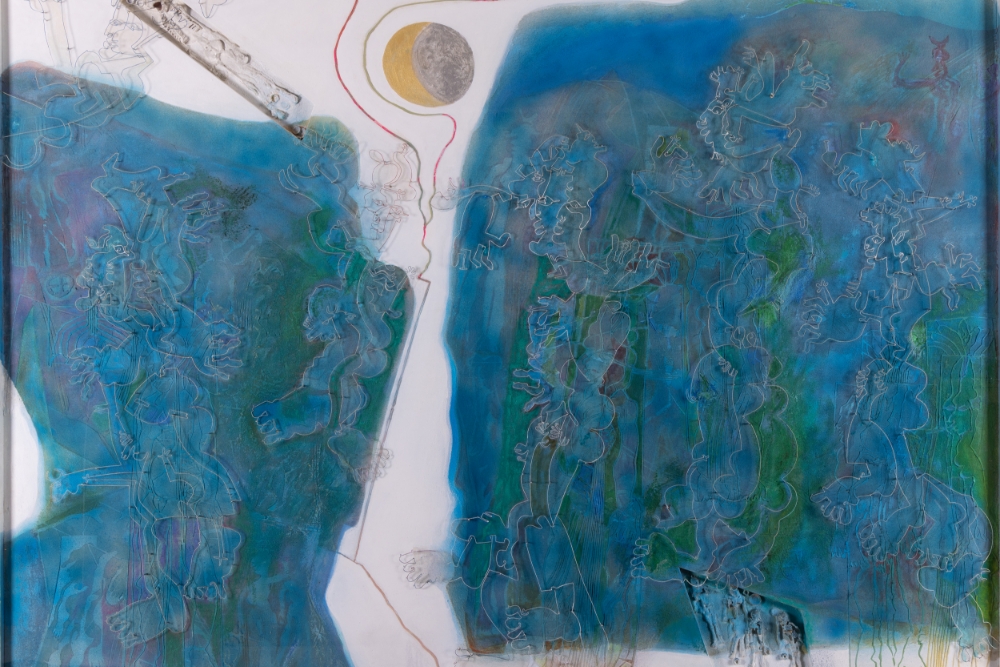
Magic in the Square
Mohan Samant
27 July 2024 - 30 September 2024
The second exhibition Magic in the Square - Mohan Samant, Centennial Exhibition, is a crisp exploration of Samant’s practice, which is also a tribute to the artist. Mohan Samant was part of the Progressive Artists Group (PAG) and carried the dynamism of the spirit of that age. Unique in his approach, Samant’s practice stood apart from the stylistic language of the PAG peers. Samant is one of the modern Indian painters to be trained in India and become successful, in the West following India’s independence. He has been dubbed as "one of the few artists who has successfully made the bridge between Eastern and Western traditions." Having spent most of his life in New York, Samant’s practice is a classic instance of the strong ingrained roots to the homeland despite having migrated to a different hemisphere, amidst a different culture. Revisiting Mohan Samant while reading his unorthodox approach in transliterating through a set of personal iconographies that would indicate a less-spoken chapter in the national history of art. He was one of the earliest examples of a transcultural person, freed from the incapacitating logic of stylistic doctrine through which often the modernist-nationalist narrative is studied, as poignantly termed by Homi K. Bhabha, he was a dweller of the in-between. Growing up in the vibrant city of Bombay (now Mumbai), Samant was exposed to the realism of reproduction of Ravi Varma’s paintings at a tender age alongside his mother’s efforts in the crafts. Later on, training at the JJ School of Arts, and tutelage under Shankar Balwant Palsikar, introduced him to indigenous art styles like Basholi which left an ineffaceable mark on his creative subconscious. Simultaneously the Abstract expressionism that emerged in the 1950s and 1960s in New York, opened new approaches to experimenting with methods, language, scale and medium. Samant configured a style that incorporated and experimented with possibilities of materials, apart from regular paint he started using cement, plastic, sand, and thread, eventually layering his pictorial ground with cut-out forms and figurines. He raised these cut-outs from the primary surface, thus giving his paintings a three-dimensional effect. They are neither relief nor, flat, this in-betweenness, perhaps is an adroit extension of his skills as a Sarangi player. The abstract nuance of classical music is translated in a subtle daintiness on his canvases. The exhibition Magic in the Square is a nonliteral elucidation, drawn from the title of one of his artworks. With 20 works of Mohan Samant from the KNMA collection and other collections, synchronizing with the poetic deliberations of Amitava, the exhibition explores the ‘intermediary’ transmissions in consciousness, that flow freely from one creative field to another, from poetry to image to music.
About the Artist –
Mohan Samant was born in 1924, Goregaon, Mumbai. In 1952 he received his diploma from Sir J.J. School of Art, Mumbai. During the same year he participated in his first solo exhibition. Through the years, Samant continued to showcase his multifaceted works in several prestigious museum and galleries in India and across the world like the Rome Institute of Oriental Studies, Italy (1958); World House Galleries, New York (1961); Gallery Chemould, Mumbai and New Delhi; Taj Gallery, Mumbai (1966). He took part in key group exhibitions like Contemporary Indian Painting 1973: Commemorating the Silver jubilee of India's Independence, Renwick Gallery, Smithsonian Institution, Washington, DC (1973); Contemporary Indian Paintings, Fukuoka Art Museum, Japan (1984); The Group of Eight, Contemporary Arts of India, New York (1995); Ideas and Images III, National Gallery of Modern Art, Mumbai (2001). Samant has been felicitated with multiple awards and honors like the Lalit Kala Akademi's National Award in 1956, Gold Medal from the Bombay Art Society in 1956 and 1957 and the Asian American Heritage Award for lifetime achievement in the arts in 2000. Samant passed away in 2004 in New York.
Other Exhibitions

visions of interiority: interrogating the male body - A RETROSPECTIVE (1963-2013)
14 October 2014 - 1 March 2015

You can’t Keep Acid in a Paper Bag - A RETROSPECTIVE (1969 - 2014) in three chapters
26 September 2014 - 21 December 2014

A view to infinity - A Retrospective (1937-1990) Part of Difficult Loves
31 January 2013 - 8 December 2013

the dark loam: between memory and membrane - A RETROSPECTIVE (1930-2016)
24 August 2016 - 20 December 2016

The euphoria of being Himmat Shah A continuing journey across six decades
30 October 2017 - 15 December 2017

VIVAN SUNDARAM, A RETROSPECTIVE: FIFTY YEARS STEP INSIDE AND YOU ARE NO LONGER A STRANGER
9 February 2018 - 20 July 2018

Envisioning Asia, Gandhi and Mao in the photographs of Walter Bosshard
1 October 2018 - 31 October 2018

Kiran Nadar Museum of Art presents इस घट अंतर बाग-बगीचे | Haku Shah 1934-2019 Within this earthen vessel are bowers and groves
10 December 2019 - 8 January 2020

Right to laziness... no, strike that! Sidewalking with the man saying sorry
30 January 2020 - 10 April 2021

Line, beats and shadows – Ayesha Sultana, Prabhavathi Meppayil, Lala Rukh and Sumakshi Singh
30 January 2020 - 10 April 2021

Delhi Modern: The Architecture of Independent India seen through the eyes of Madan Mahatta
13 February 2020 - 28 February 2020

Around The Table : Conversations about Milestones, Memories, Mappings
5 November 2022 - 22 December 2022

Prussian Blue: A Serendipitous Colour that Altered the Trajectory of Art
19 September 2023 - 20 December 2023
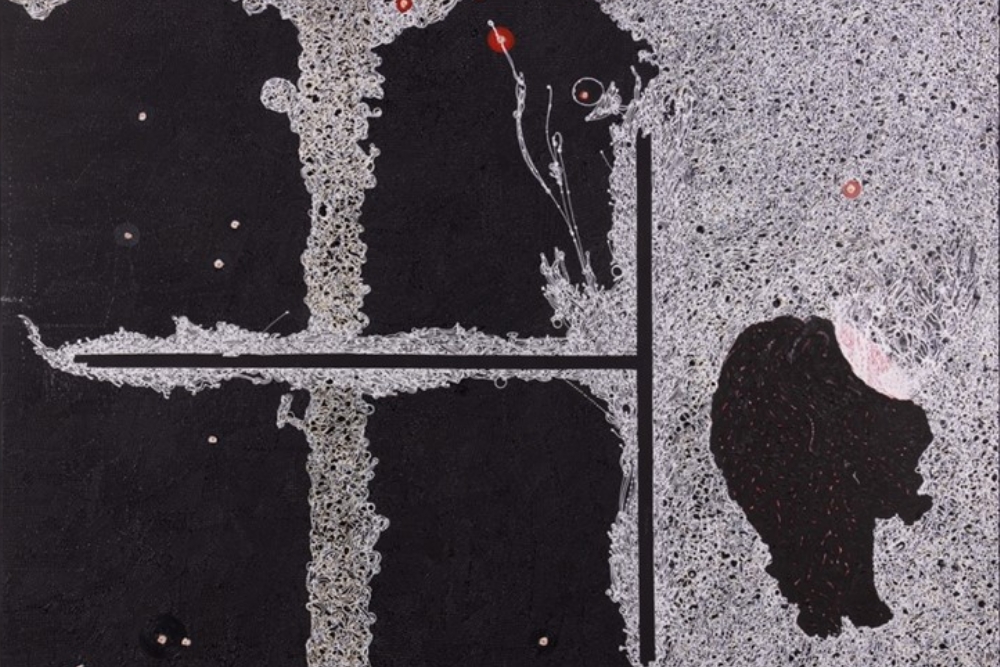
If We Knew the Point
Amitava
27 July 2024 - 30 September 2024
Roobina Karode
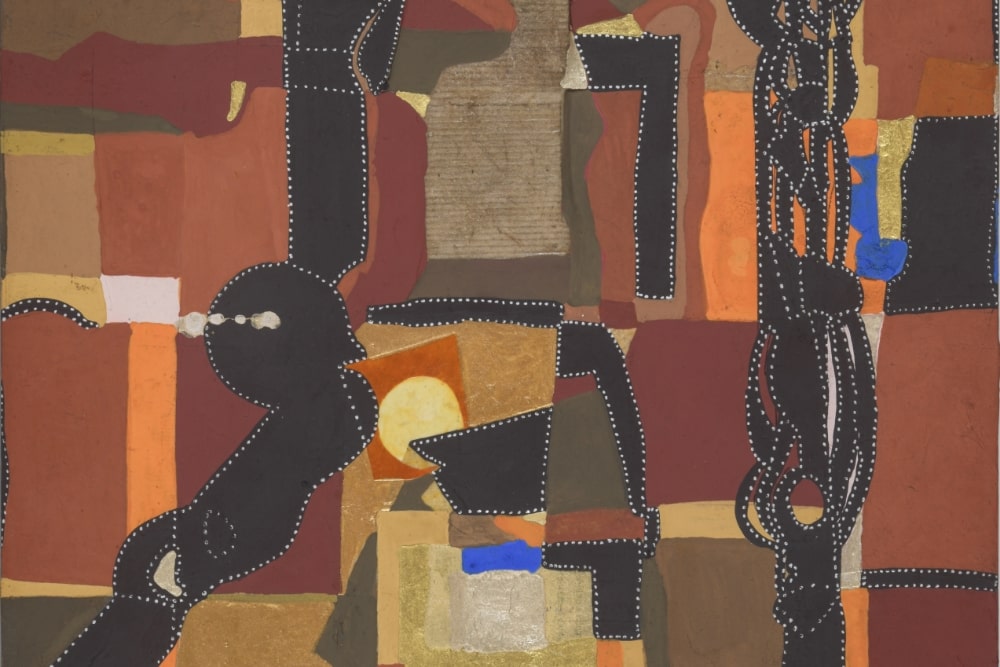 Amitava Untitled, 2021 Collage and tempera on plam leaf paper mounted on mount board Courtesy: The Artist
Amitava Untitled, 2021 Collage and tempera on plam leaf paper mounted on mount board Courtesy: The Artist
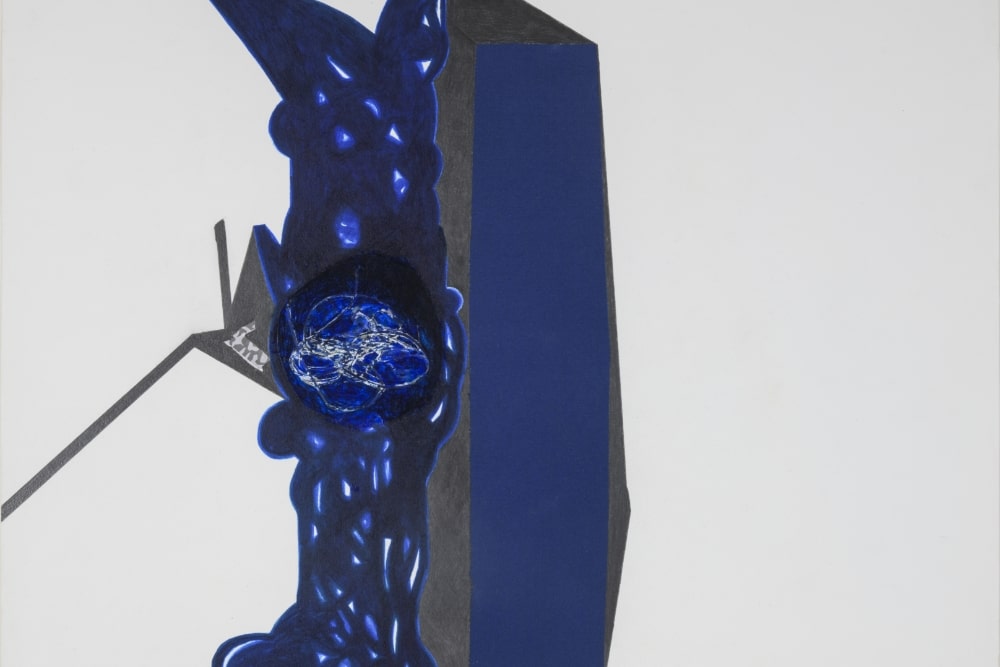 Amitava Majestic Blue, 2016 Collage, pasted strips of paper, graphite and watercolour on paper Courtesy: The Artist
Amitava Majestic Blue, 2016 Collage, pasted strips of paper, graphite and watercolour on paper Courtesy: The Artist
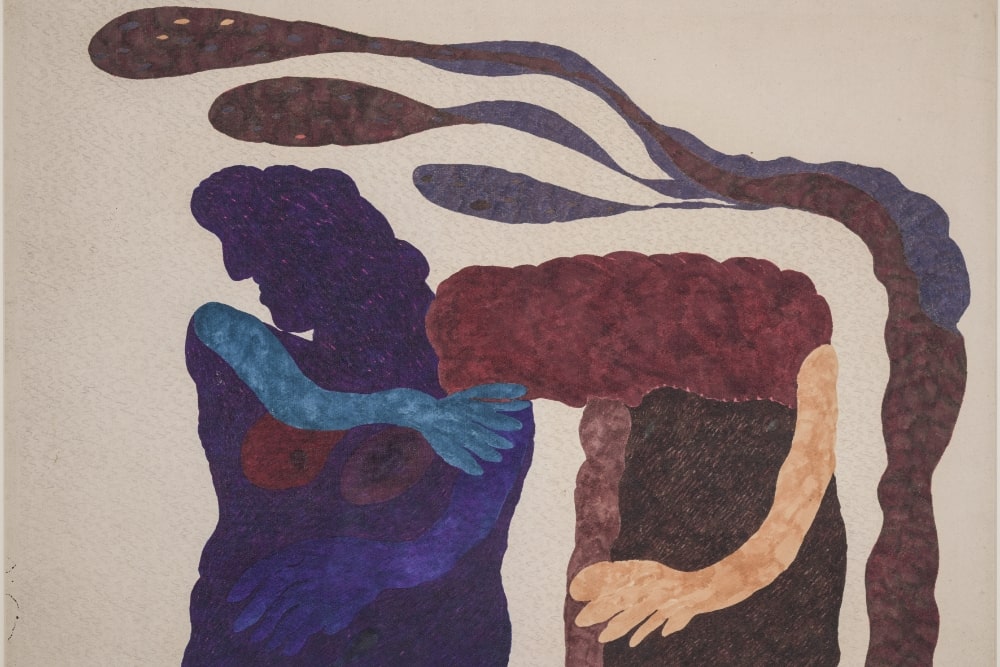 Amitava Untitled, 1977 Waterproof coloured ink and coloured pencil on handmade paper Courtesy: The Artist
Amitava Untitled, 1977 Waterproof coloured ink and coloured pencil on handmade paper Courtesy: The Artist
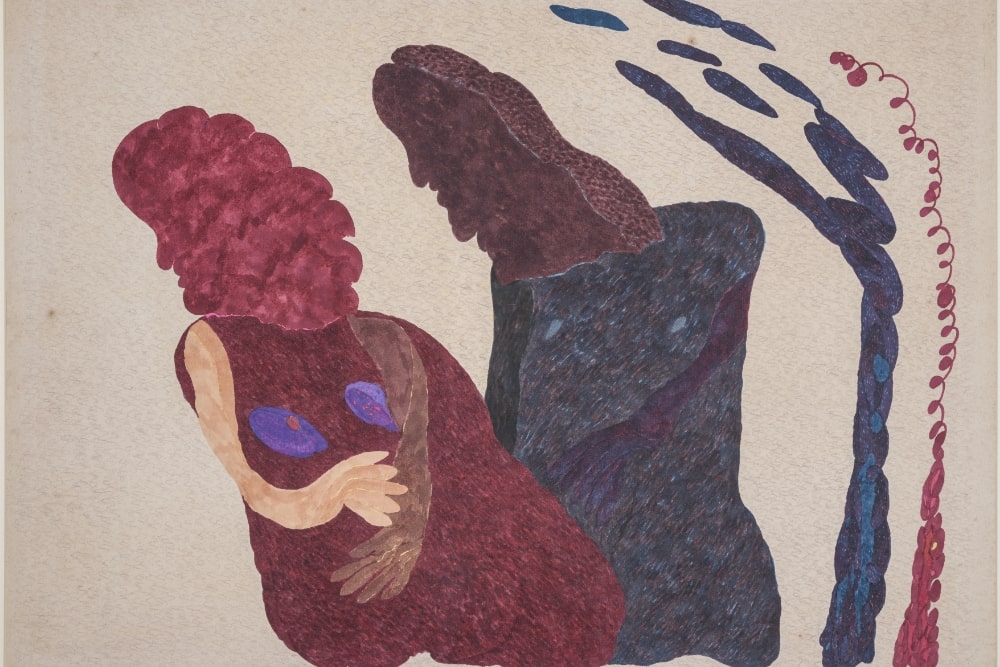 Amitava Untitled, 1977 Waterproof coloured ink and coloured pencil on handmade paper Courtesy: The Artist
Amitava Untitled, 1977 Waterproof coloured ink and coloured pencil on handmade paper Courtesy: The Artist
The exhibition If We Knew the Point - Amitava draws from an array of styles and references which are emerging points of Amitava ‘s images. Cruising between a wide range of mediums from graphite, ink, ballpoint pens, watercolour, and collages to making burnt marks on paper, he treats the illustrative ground through the poetics of materiality. Often unwilling to rationalize the meaning behind art making, he emphasises the statement that ‘art is to be experienced’ and not reasoned out. Recalling Federico Garcia Lorca’s poetics- In Search of Duende, and the related notions portrayed by Lorca as a forceful energy containing irrationality, earthiness, and a heightened awareness of death, Amitava’s images flourish on the abstract edge of creative balance between visual art, music, cinema and poetry. The interplay of forms, from liminal figures of humans and animals, appropriations from nature to the geometrics of urbanity, populate a wide range of surfaces, from sketchbook papers, and canvases to handmade rice paper, that Amitava chooses. With more than 150 artworks the exhibition will explore the diversity of forms, colours, textures, and surfaces that evoke a multitude of emotions. The exhibition title is both a somatic and rhetorical coinage, drawing from the eponymous poem by Roberto Juarroz. The term ‘point’ comprehends an array of meanings, on one hand, it means a particular fact, idea, or opinion that somebody expresses, or a primary piece of information, while it also means a statement or an objective. On the other hand, ‘point’ or a dot is an essential unit of making art, which reminds us of a range of art terminologies from ‘pointillism’ (art movement) to the dots used in various indigenous art forms. Amitava uses these elements (dots or points) with precise objectives to impart definitive volume and impact in his forms. One finds thousands of these dots or points that make his images incisive, providing them with both formalistic and conceptual advantages. Filigree-like entwining, minimal geometric space formations are a few signifiers that mark his signature style. Speaking of poetry, and space making while involved in exhibition designing and his general inclination towards design elements, Amitava uses curious objects like price tags, bus tickets and other ephemera on the artworks as reminiscences of his travels, a mnemonic archive, and as take-off points for his imagination to excavate formalistic possibilities in his art. The exhibition will unfold elements of surprise on display while unfolding Amitava’s varied and subtle interpretations of cultural stigmata which are interwoven within a collective cultural identity, something, he has absorbed and released.
About the Artist –
Amitava was born in New Delhi in 1947 and raised in Shimla. Interested in art at a young age the artist would eventually join the College of Art in 1965. Leanings towards the works of poets and philosophers like Jibananda Das, Rabindranath Tagore, Garcia Lorca, Jean Paul Satre and Albert Camus brought twists in his work evident in the way he assimilated humans and created works of art with minimal elements and assemblage of mediums. Through the years, Amitava has showcased his works at Kunika Chemould Gallery, New Delhi (1969); Dhoomimal Gallery, New Delhi (1978); Galerie Stienmetz, Bonn, West Germany (1981); Jehangir Art Gallery and Sakshi Art Gallery, Mumbai (1995); Delhi Art Gallery (2006). In 2013 a retrospective on him, Amitava: The Complete Works, A Retrospective was held at Delhi Art Gallery. Amitava has been conferred with the Lalit Kala Akademi award in 1976 and the Sahitya Kala Parishad award in 1982. The artist lives and works in New Delhi.
Other Exhibitions

visions of interiority: interrogating the male body - A RETROSPECTIVE (1963-2013)
14 October 2014 - 1 March 2015

You can’t Keep Acid in a Paper Bag - A RETROSPECTIVE (1969 - 2014) in three chapters
26 September 2014 - 21 December 2014

A view to infinity - A Retrospective (1937-1990) Part of Difficult Loves
31 January 2013 - 8 December 2013

the dark loam: between memory and membrane - A RETROSPECTIVE (1930-2016)
24 August 2016 - 20 December 2016

The euphoria of being Himmat Shah A continuing journey across six decades
30 October 2017 - 15 December 2017

VIVAN SUNDARAM, A RETROSPECTIVE: FIFTY YEARS STEP INSIDE AND YOU ARE NO LONGER A STRANGER
9 February 2018 - 20 July 2018

Envisioning Asia, Gandhi and Mao in the photographs of Walter Bosshard
1 October 2018 - 31 October 2018

Kiran Nadar Museum of Art presents इस घट अंतर बाग-बगीचे | Haku Shah 1934-2019 Within this earthen vessel are bowers and groves
10 December 2019 - 8 January 2020

Right to laziness... no, strike that! Sidewalking with the man saying sorry
30 January 2020 - 10 April 2021

Line, beats and shadows – Ayesha Sultana, Prabhavathi Meppayil, Lala Rukh and Sumakshi Singh
30 January 2020 - 10 April 2021

Delhi Modern: The Architecture of Independent India seen through the eyes of Madan Mahatta
13 February 2020 - 28 February 2020

Around The Table : Conversations about Milestones, Memories, Mappings
5 November 2022 - 22 December 2022

Prussian Blue: A Serendipitous Colour that Altered the Trajectory of Art
19 September 2023 - 20 December 2023
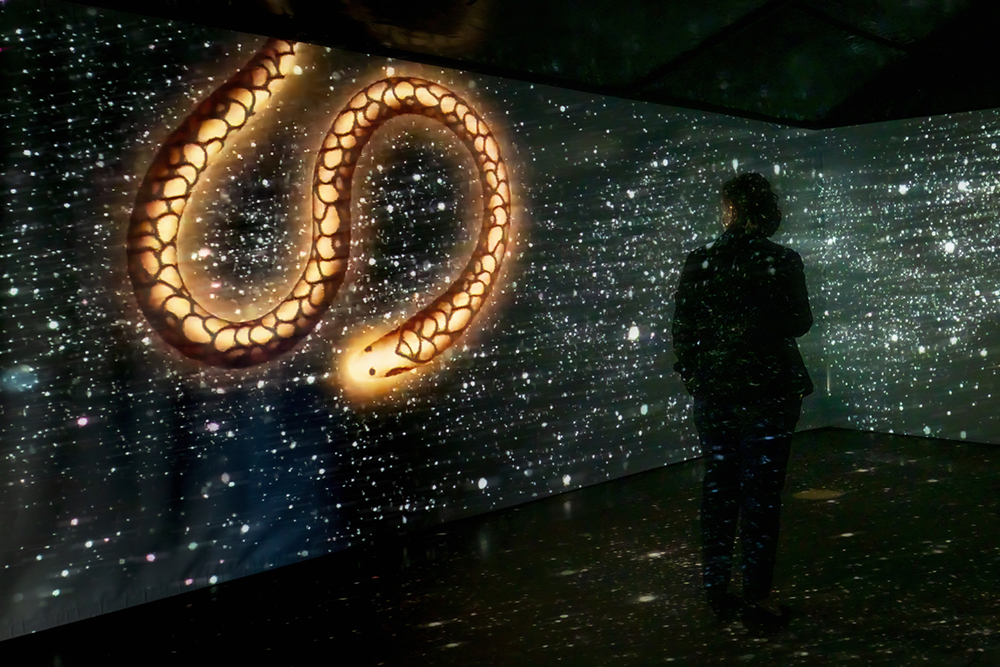
Walking through a Songline
26 May 2024 - 10 July 2024
Walking through a Songline
The Australian High Commission in India together with the Kiran Nadar Museum of Art (KNMA) is bringing a unique showcase of the immersive multimedia installation 'Walking Through a Songline' (WTAS) to New Delhi. This dramatic digital experience is based on a component of the National Museum of Australia’s internationally acclaimed exhibition Songlines: Tracking the Seven Sisters.
Songlines: Tracking the Seven Sisters, in which more than 100 artists are represented, is an Aboriginal-led exhibition developed in 2017 which takes visitors on a journey along the epic Seven Sisters Dreaming tracks, through art, Indigenous voices, innovative multimedia, and other immersive displays.
Image Courtesy: National Museum of Australia and Mosster Studio
Other Exhibitions

visions of interiority: interrogating the male body - A RETROSPECTIVE (1963-2013)
14 October 2014 - 1 March 2015

You can’t Keep Acid in a Paper Bag - A RETROSPECTIVE (1969 - 2014) in three chapters
26 September 2014 - 21 December 2014

A view to infinity - A Retrospective (1937-1990) Part of Difficult Loves
31 January 2013 - 8 December 2013

the dark loam: between memory and membrane - A RETROSPECTIVE (1930-2016)
24 August 2016 - 20 December 2016

The euphoria of being Himmat Shah A continuing journey across six decades
30 October 2017 - 15 December 2017

VIVAN SUNDARAM, A RETROSPECTIVE: FIFTY YEARS STEP INSIDE AND YOU ARE NO LONGER A STRANGER
9 February 2018 - 20 July 2018

Envisioning Asia, Gandhi and Mao in the photographs of Walter Bosshard
1 October 2018 - 31 October 2018

Kiran Nadar Museum of Art presents इस घट अंतर बाग-बगीचे | Haku Shah 1934-2019 Within this earthen vessel are bowers and groves
10 December 2019 - 8 January 2020

Right to laziness... no, strike that! Sidewalking with the man saying sorry
30 January 2020 - 10 April 2021

Line, beats and shadows – Ayesha Sultana, Prabhavathi Meppayil, Lala Rukh and Sumakshi Singh
30 January 2020 - 10 April 2021

Delhi Modern: The Architecture of Independent India seen through the eyes of Madan Mahatta
13 February 2020 - 28 February 2020

Around The Table : Conversations about Milestones, Memories, Mappings
5 November 2022 - 22 December 2022

Prussian Blue: A Serendipitous Colour that Altered the Trajectory of Art
19 September 2023 - 20 December 2023
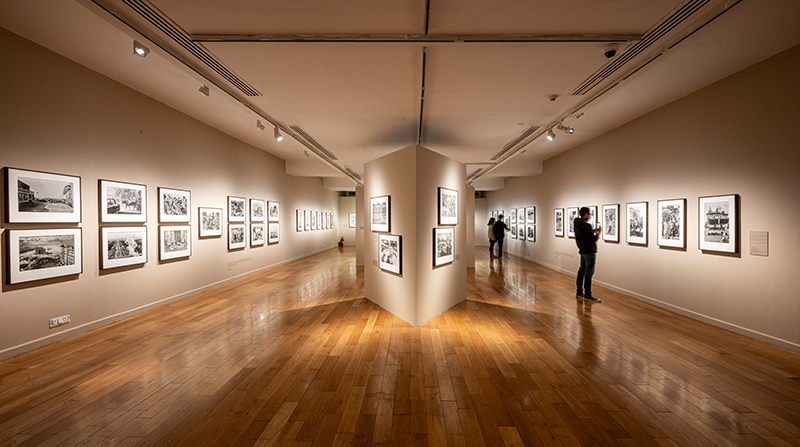
Raghu Rai
a thousand lives
Photographs from 1965-2005
1 February 2024 - 15 May 2024
Curated by Roobina Karode with Devika Daulet-Singh
The exhibition offers a glimpse into Raghu Rai’s life’s work in the five decades where he travelled and captured every nook and corner of our vast nation - India. Much is already known about Raghu Rai — a critically acclaimed photographer who has received national honours and gained international eminence over the years through the intensity of his photographic practice, primarily through his career as a photojournalist and photography books. This exhibition claims to focus on the enigmatic and lesser-known Raghu Rai, his extraordinary ability to gather the breadth of experiences and his all-encompassing vantage point in photographing India and her people. Very few have explored India and its multi-dimensional reality, its buzzing streets and bylanes, nooks and corners, walls and facades, bridges and bazaars like Rai has for nearly six long decades. Fascinated by the world around him, he has photographed the pulse of the ‘everyday’ and its simultaneous unfolding as ‘live theatre’.
This exhibition focuses on the pre-digital phase of Rai’s career, when he used analog/ film photography, exploring it with unprecedented fervour, freedom and imagination. From his inexhaustible archives of photographs that defy being contained easily within any of his exhibitions, a fresh slice has been pulled out which brings many extraordinary photographs into the public domain for the first time. Concentrating on his black and white photographs, this exhibition presents his longterm interest in photographing political and spiritual leaders, and also traces his practice that evolved at the interstices of his years as a photojournalist.
ABOUT RAGHU RAI
Raghu Rai (b.1942, Jhang, Pakistan) qualified as a civil engineer and began photographing at the age of 23. He joined The Statesman newspaper as their chief photographer (1966-1976), and thereafter he became the Picture Editor with Sunday, a weekly news magazine published from Calcutta (1977-1980). In 1971, impressed by Rai’s exhibition at Gallery Delpire in Paris, Henri Cartier-Bresson nominated Rai to Magnum Photos. Rai took over as Picture Editor-Visualizer-Photographer at India Today (1982- 1991), and worked on special issues and designs, contributing trailblazing picture essays on social, political and cultural themes of the decade.
He was awarded the Padma Shri in 1972 for his work on the liberation war of Bangladesh and its refugees. In 2009, he was conferred the Officier des Arts et des Lettres by the French government. In 2019, Rai was honoured as the laureate of the first edition of the Académie des beaux-arts Photography Award - William Klein.
Rai’s exhibition history in India and abroad is exhaustive and his photographs are widely collected by public and private collectors. Solo exhibitions include A Journey of a Moment in Time, Palais de l’Institut de France, Paris (2019), Trees at PHOTOINK (2013), Foto Freo Festival, Perth (2011), Format Festival (2011), The Journey of a Moment in Time: Raghu Rai at National Gallery of Modern Art (New Delhi & Mumbai, 2008), Photographs: Raghu Rai at Casa Asia, Barcelona (2008) and Asiatica Film Mediale, Rome (2008), A Retrospective: Raghu Rai at Les Rencontres De La Photographie, Arles (2007), India at Museo Capitolini Centrale Montemartini, Rome (2005), Bhopal 1984-2004 at Melkweg Gallery, Amsterdam (2005), Exposure at Drik Gallery, Dhaka and at Leica Gallery, Prague (2004), and Solo Show at Sala Consiliare, Venice and at Photographic Gallery, Helsinki (2003), La India at Centro de la Imagen, Mexico City (1999) and A Retrospective: Raghu Rai at National Gallery of Modern Art (1997).
Raghu Rai lives in Delhi and his works are represented by PHOTOINK
Other Exhibitions

visions of interiority: interrogating the male body - A RETROSPECTIVE (1963-2013)
14 October 2014 - 1 March 2015

You can’t Keep Acid in a Paper Bag - A RETROSPECTIVE (1969 - 2014) in three chapters
26 September 2014 - 21 December 2014

A view to infinity - A Retrospective (1937-1990) Part of Difficult Loves
31 January 2013 - 8 December 2013

the dark loam: between memory and membrane - A RETROSPECTIVE (1930-2016)
24 August 2016 - 20 December 2016

The euphoria of being Himmat Shah A continuing journey across six decades
30 October 2017 - 15 December 2017

VIVAN SUNDARAM, A RETROSPECTIVE: FIFTY YEARS STEP INSIDE AND YOU ARE NO LONGER A STRANGER
9 February 2018 - 20 July 2018

Envisioning Asia, Gandhi and Mao in the photographs of Walter Bosshard
1 October 2018 - 31 October 2018

Kiran Nadar Museum of Art presents इस घट अंतर बाग-बगीचे | Haku Shah 1934-2019 Within this earthen vessel are bowers and groves
10 December 2019 - 8 January 2020

Right to laziness... no, strike that! Sidewalking with the man saying sorry
30 January 2020 - 10 April 2021

Line, beats and shadows – Ayesha Sultana, Prabhavathi Meppayil, Lala Rukh and Sumakshi Singh
30 January 2020 - 10 April 2021

Delhi Modern: The Architecture of Independent India seen through the eyes of Madan Mahatta
13 February 2020 - 28 February 2020

Around The Table : Conversations about Milestones, Memories, Mappings
5 November 2022 - 22 December 2022

Prussian Blue: A Serendipitous Colour that Altered the Trajectory of Art
19 September 2023 - 20 December 2023

_0.jpg)
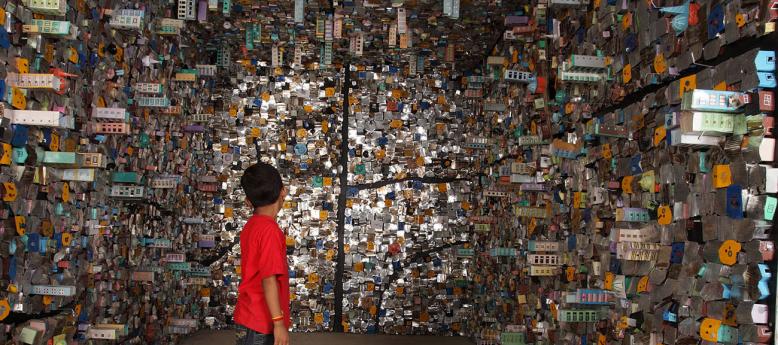


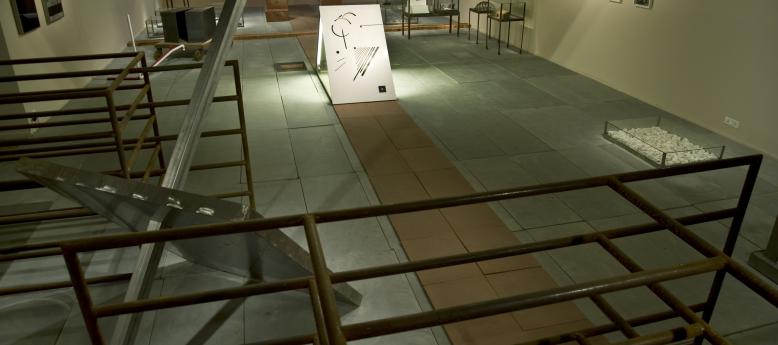
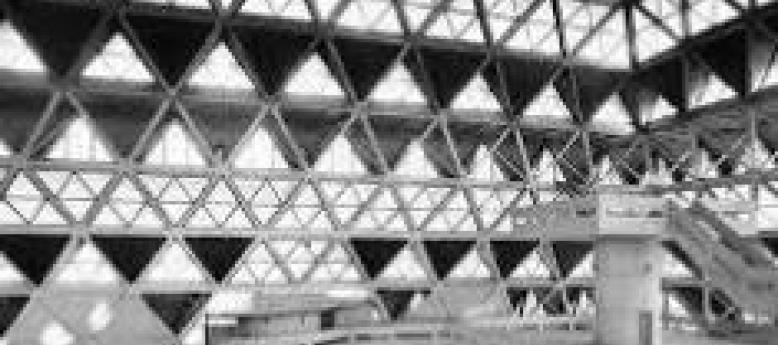
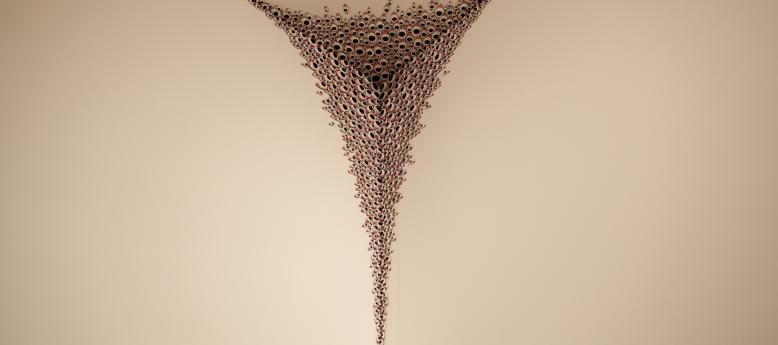
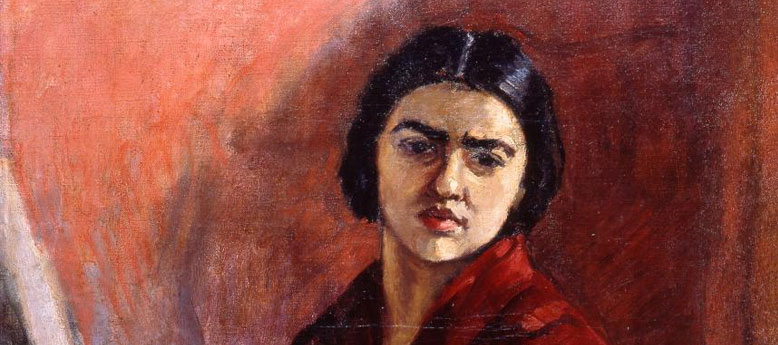
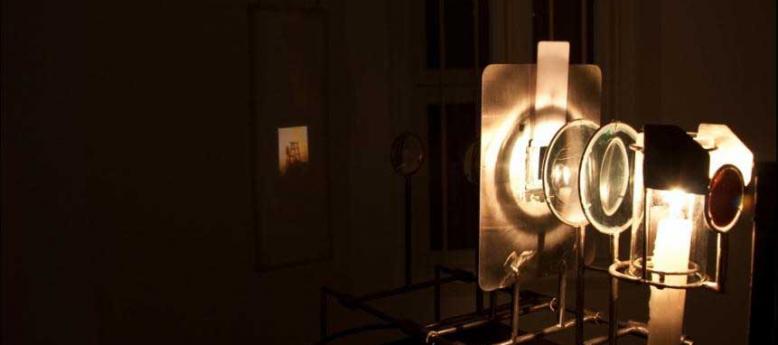
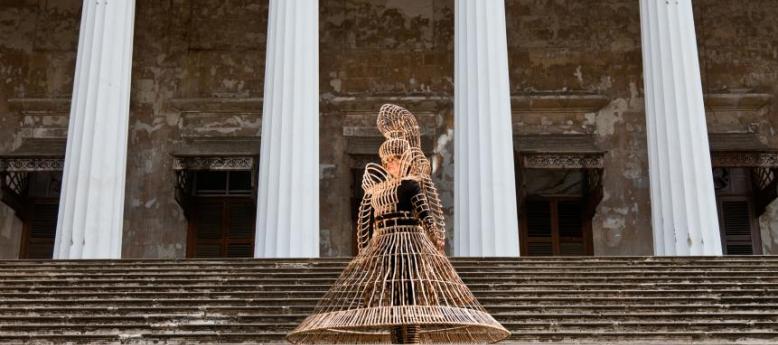
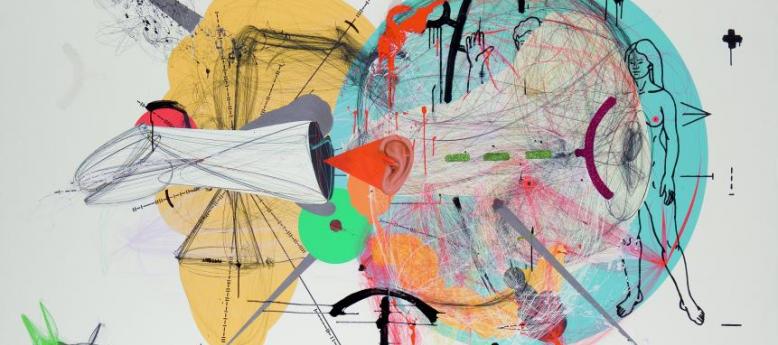
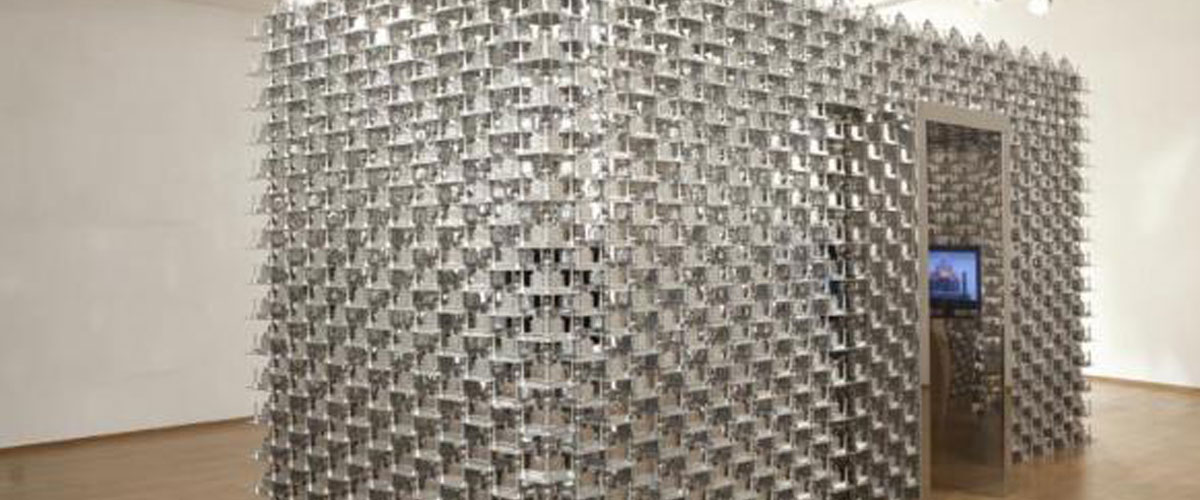
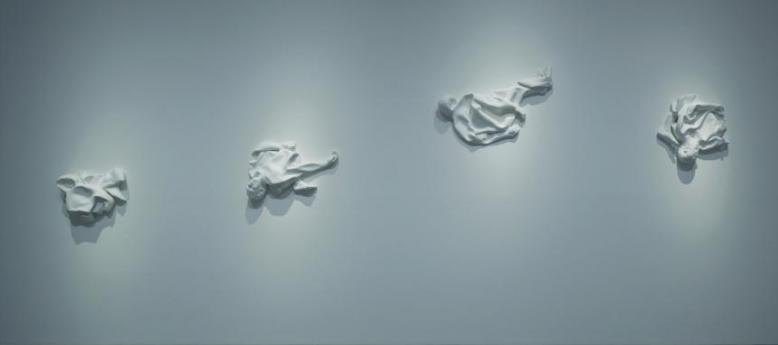
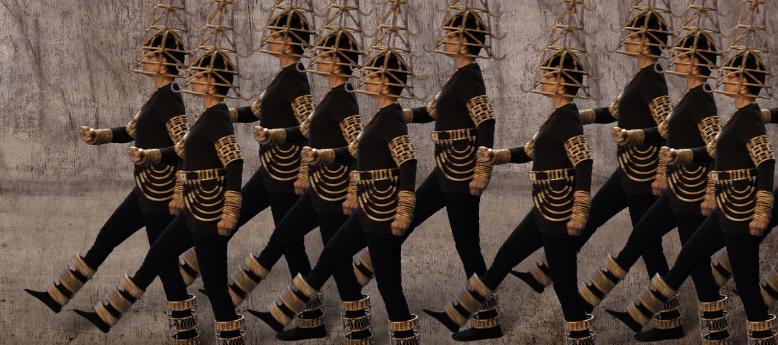


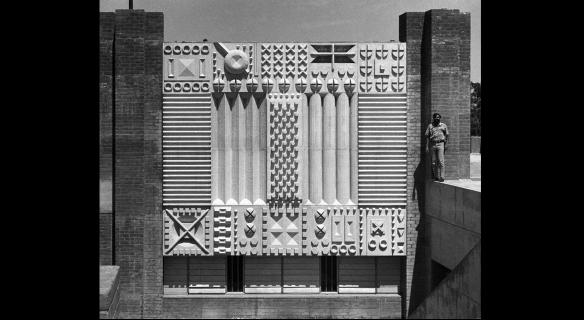
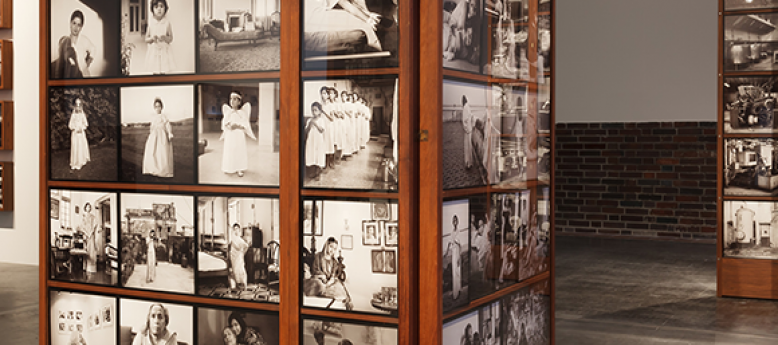
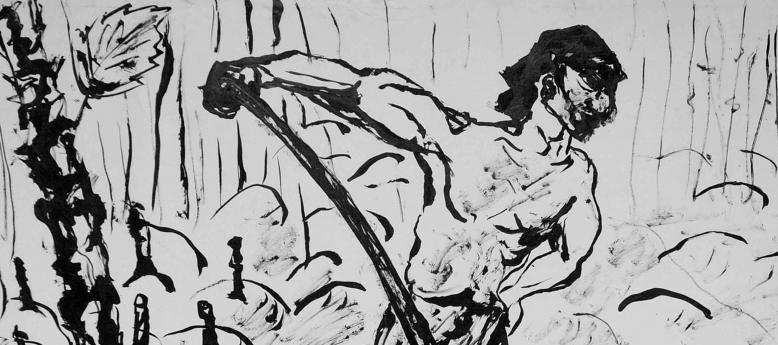
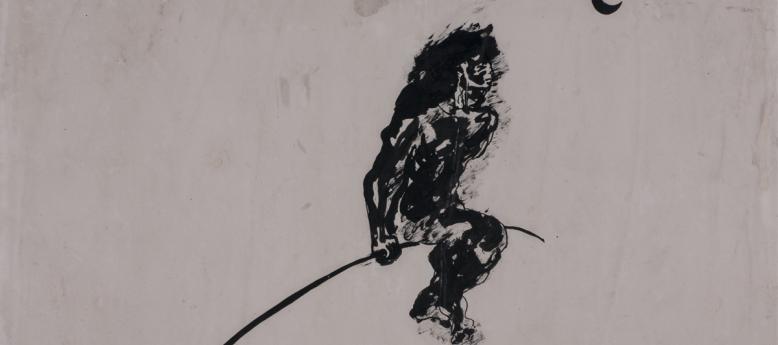
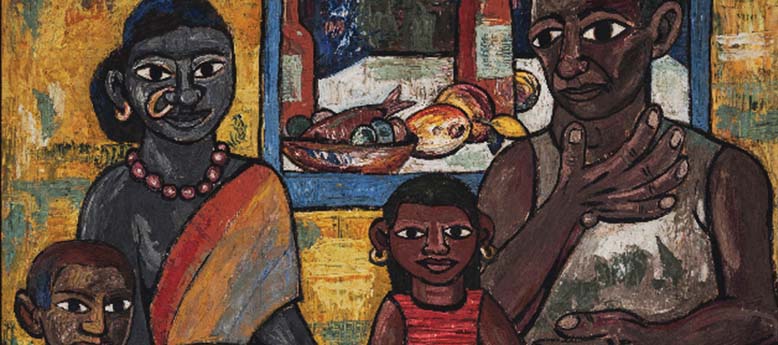
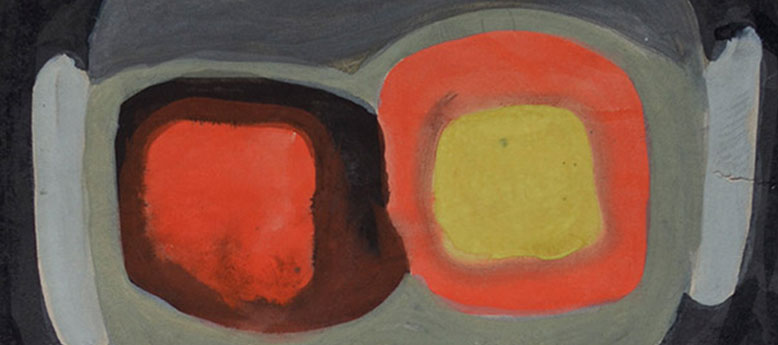
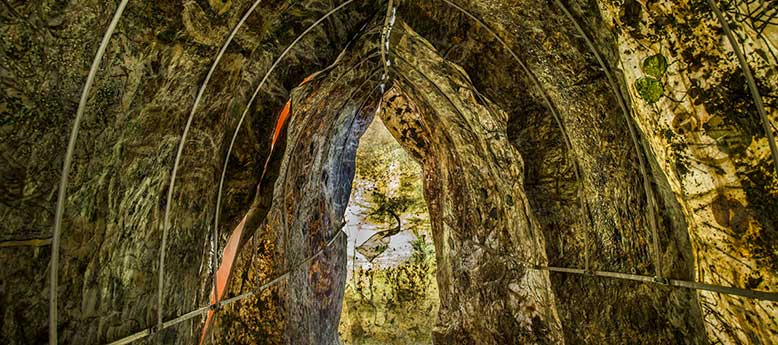
.jpg)
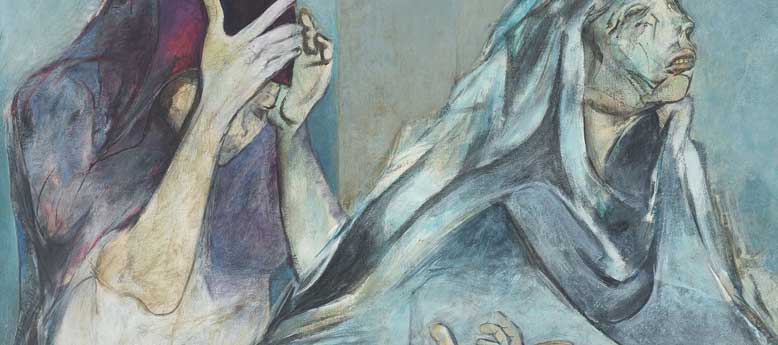
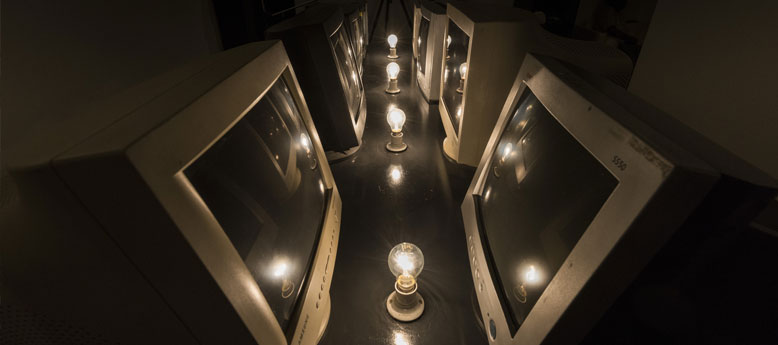
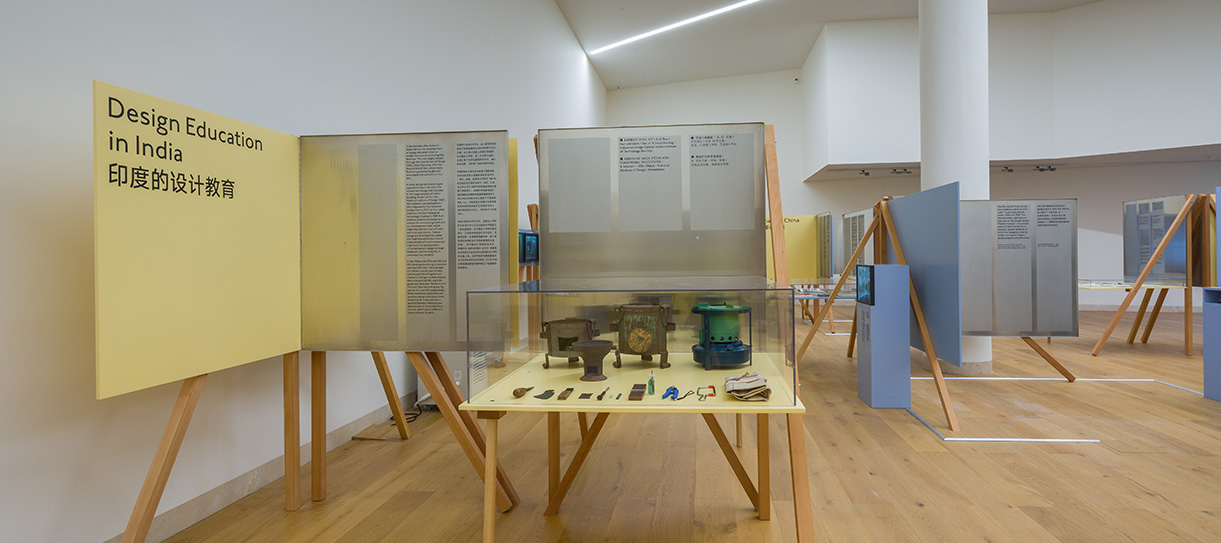
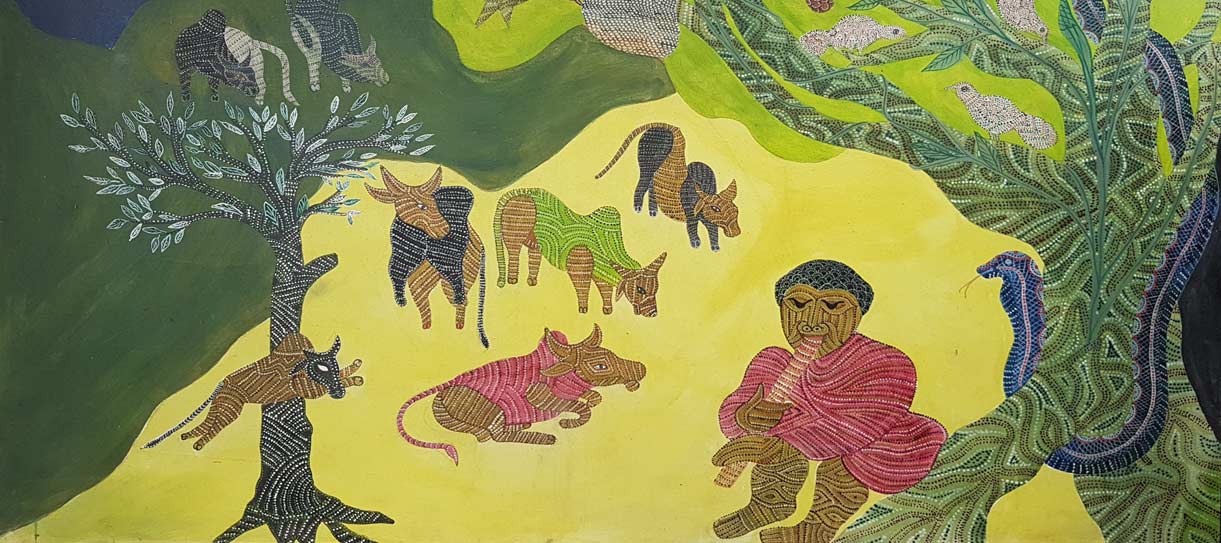
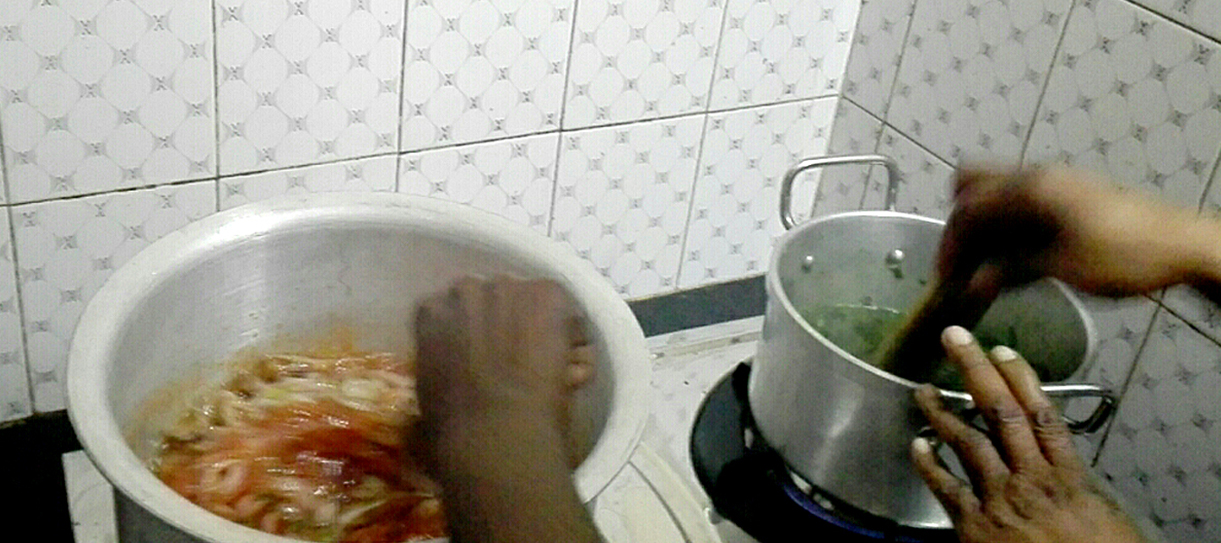
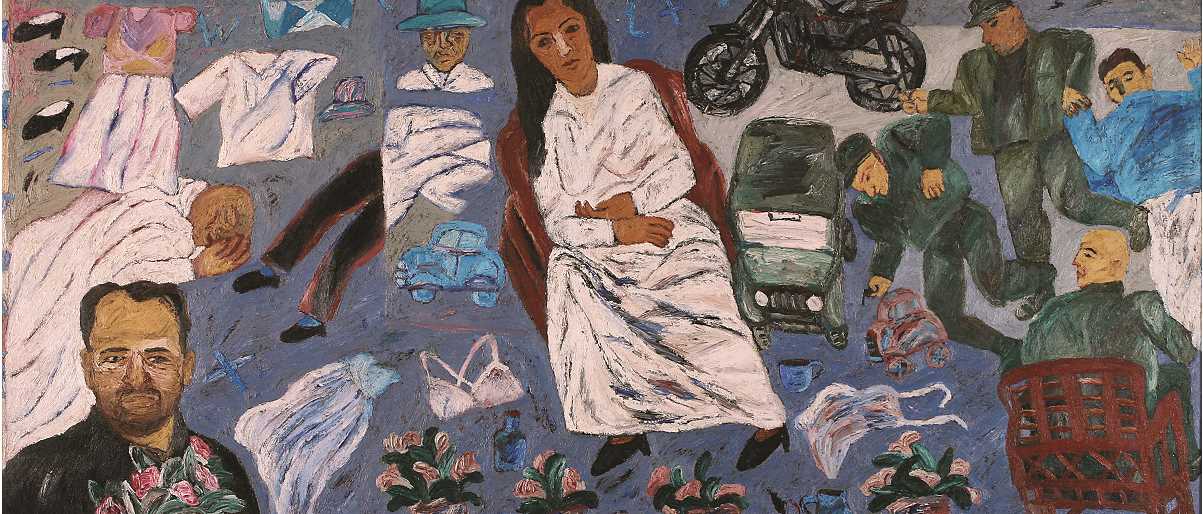
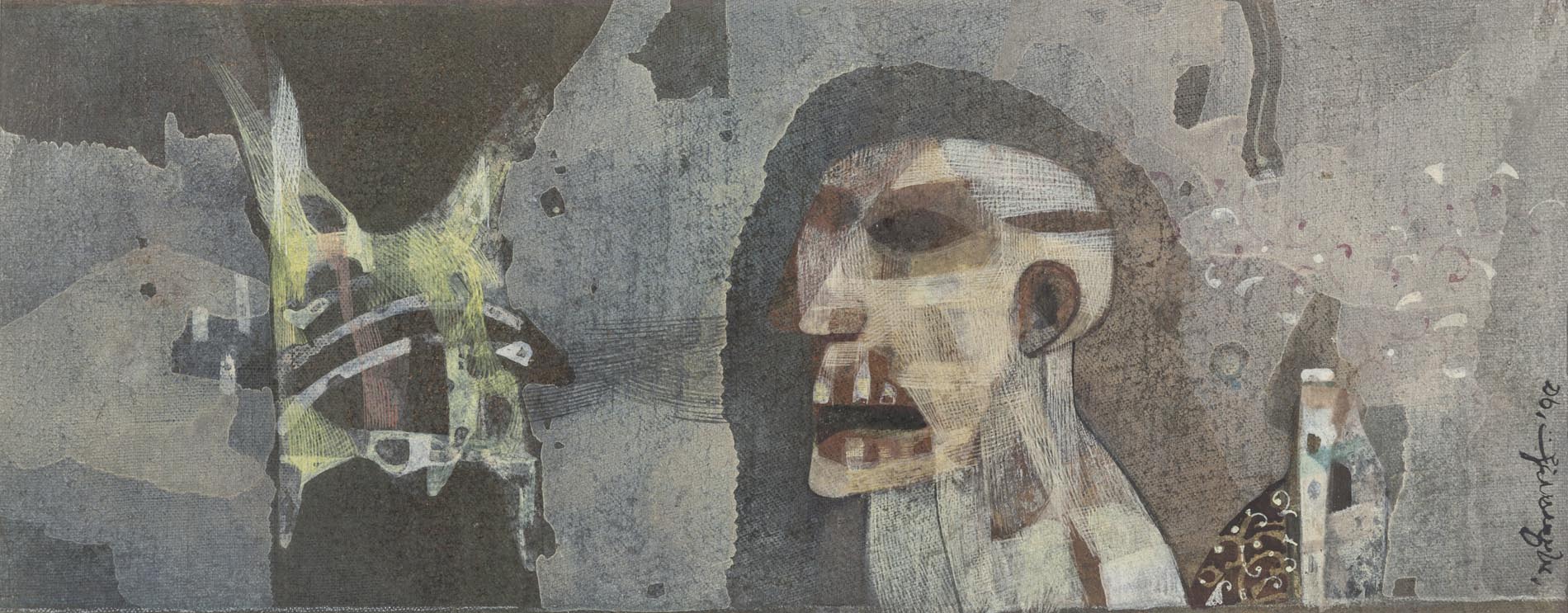
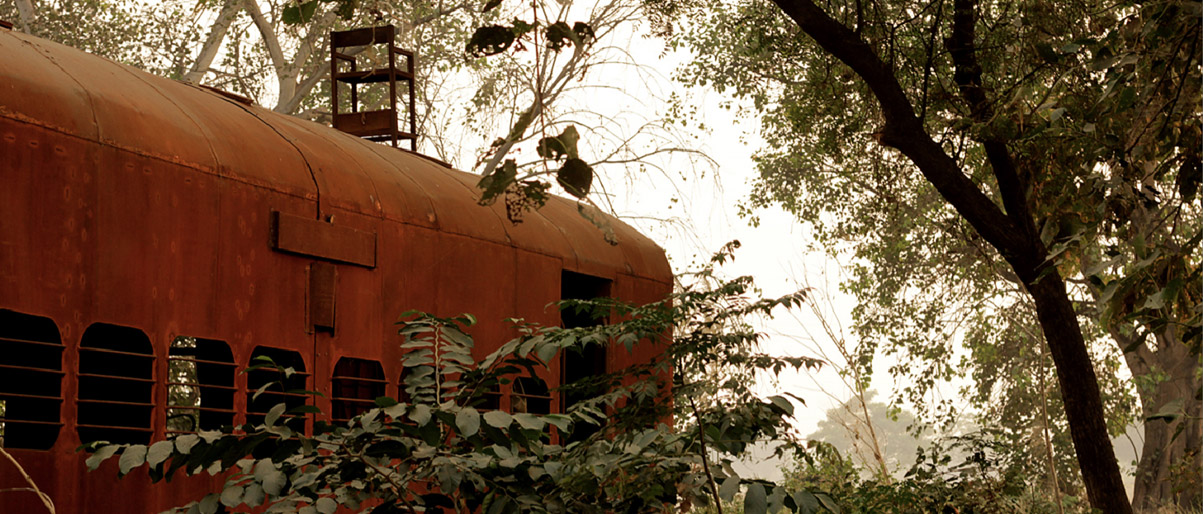
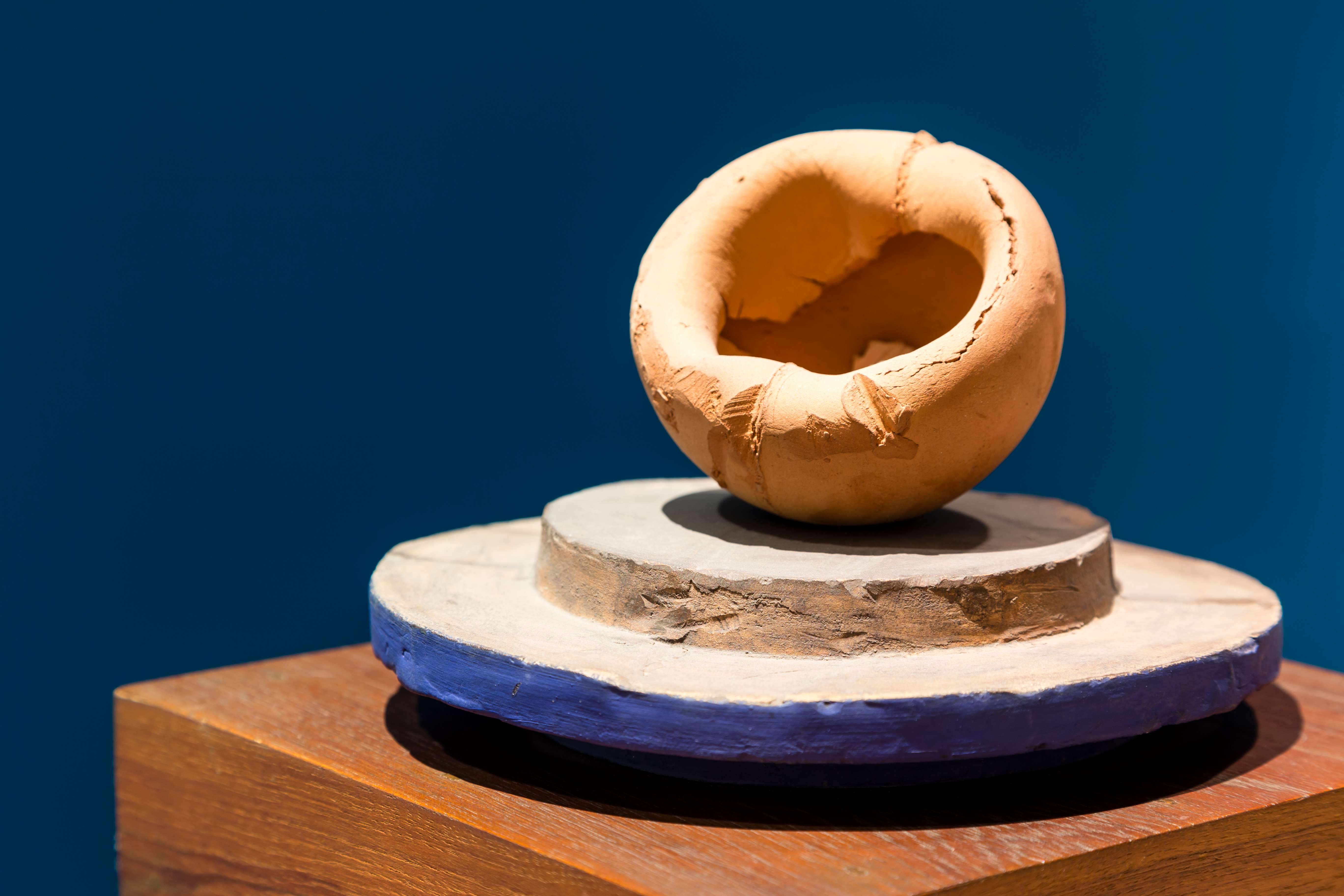
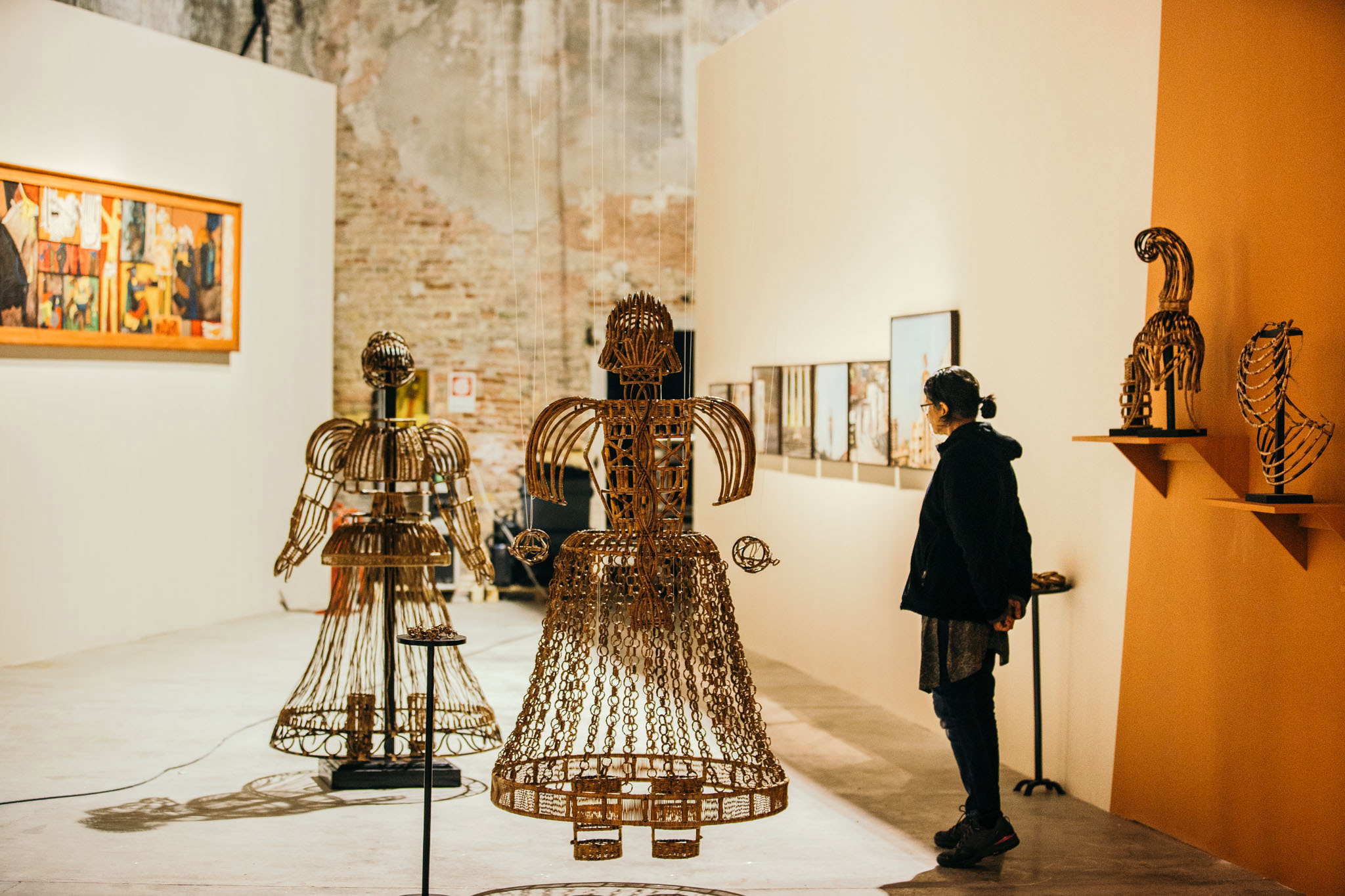
.jpg)
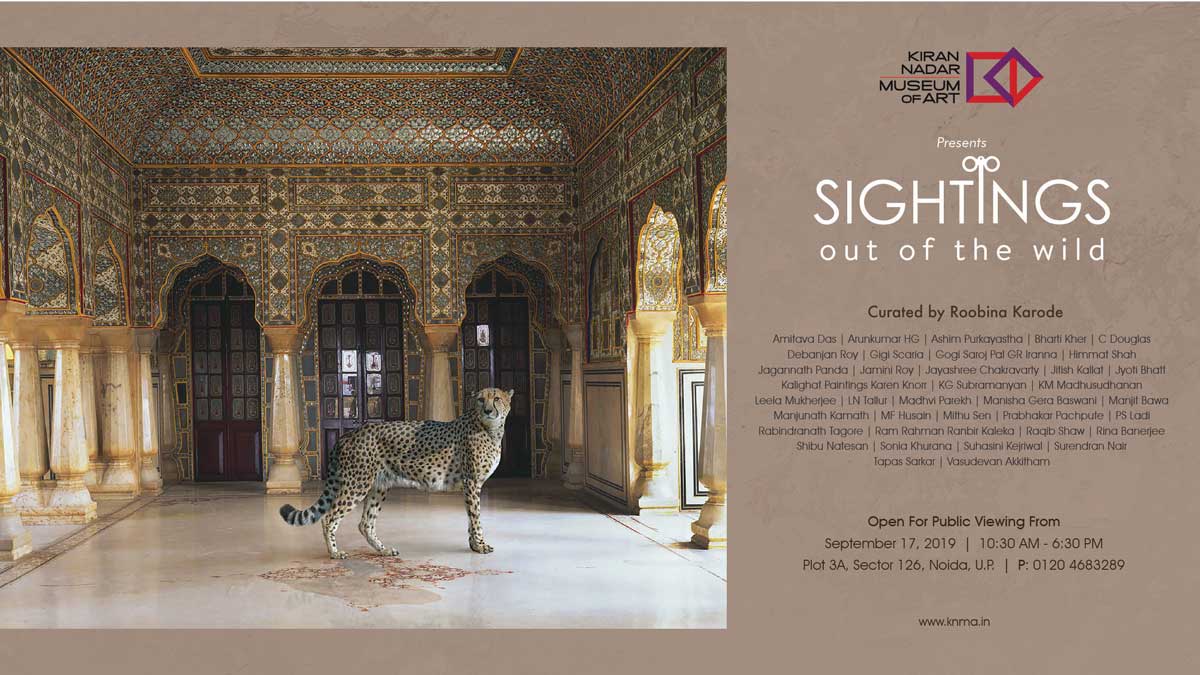
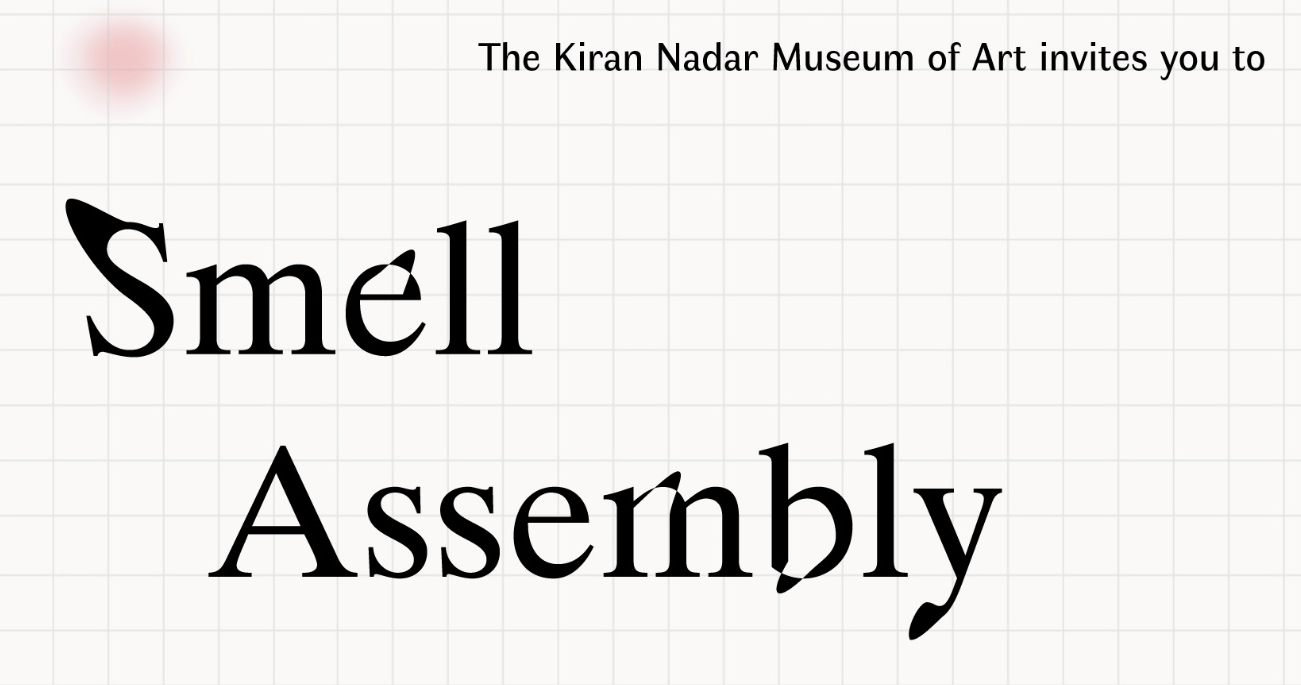
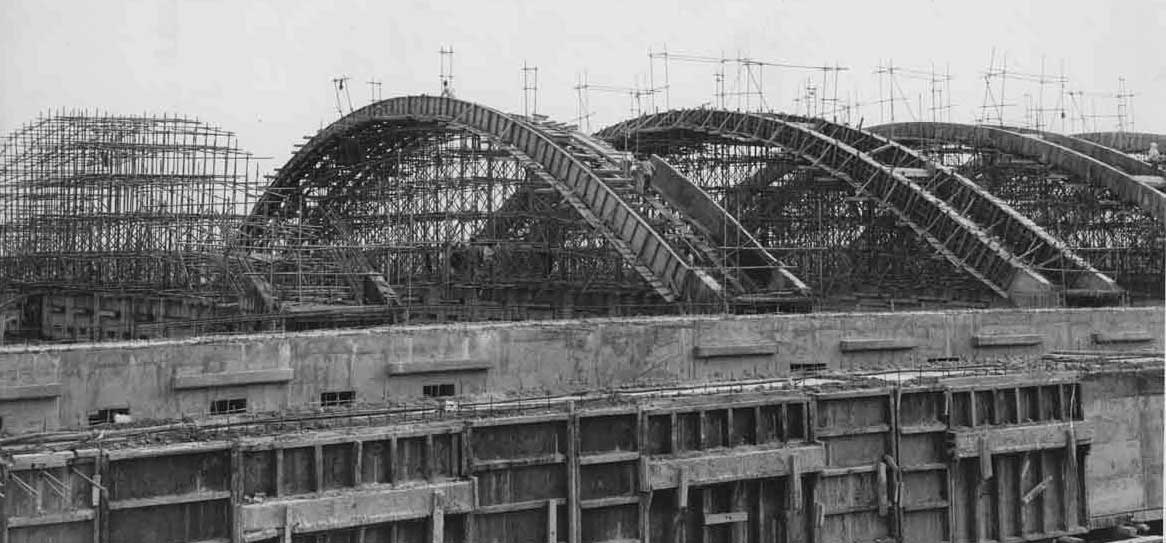
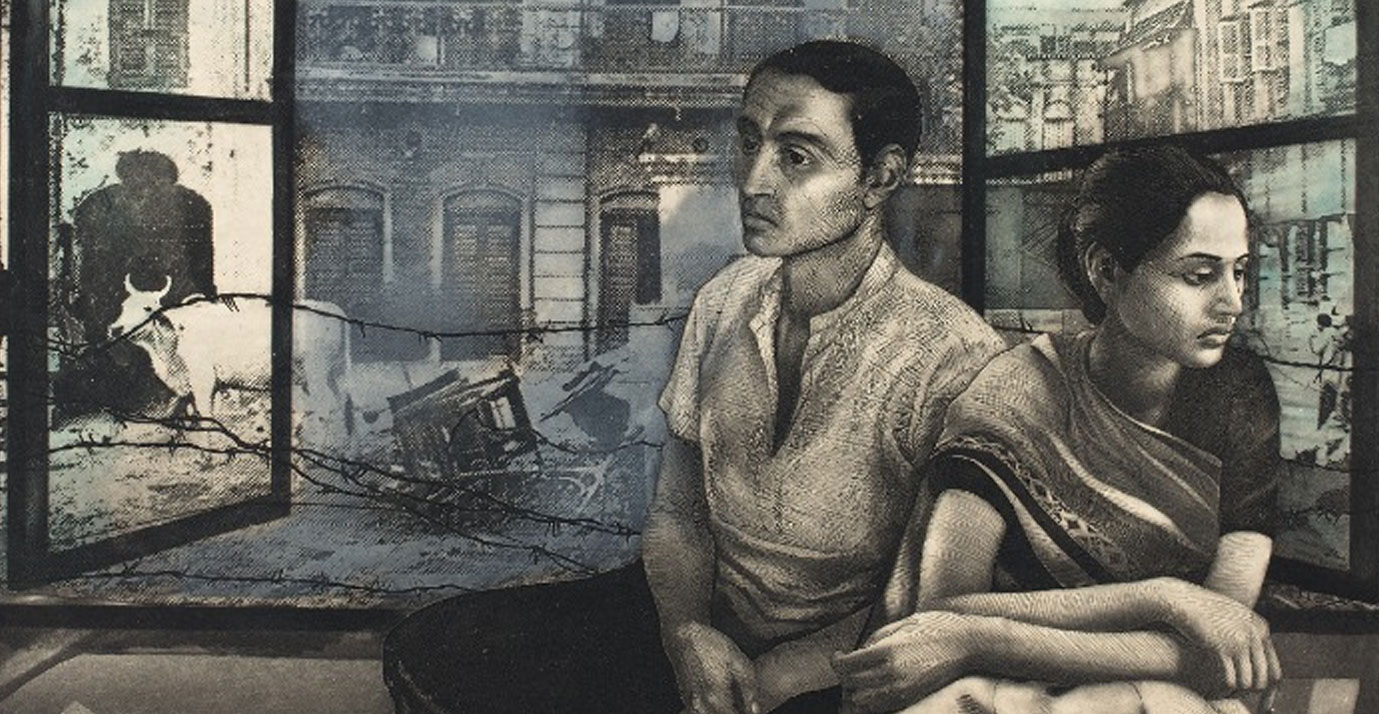
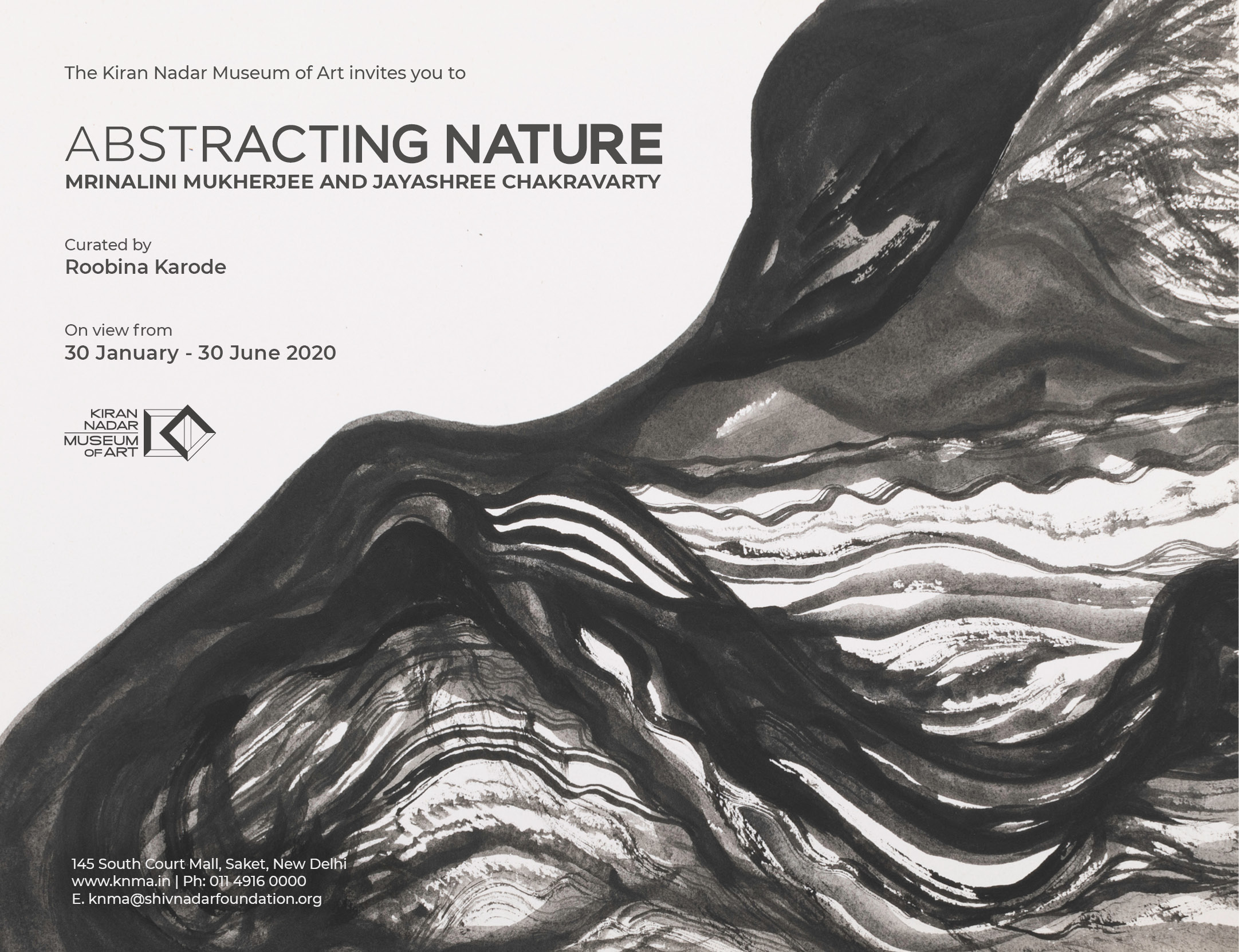
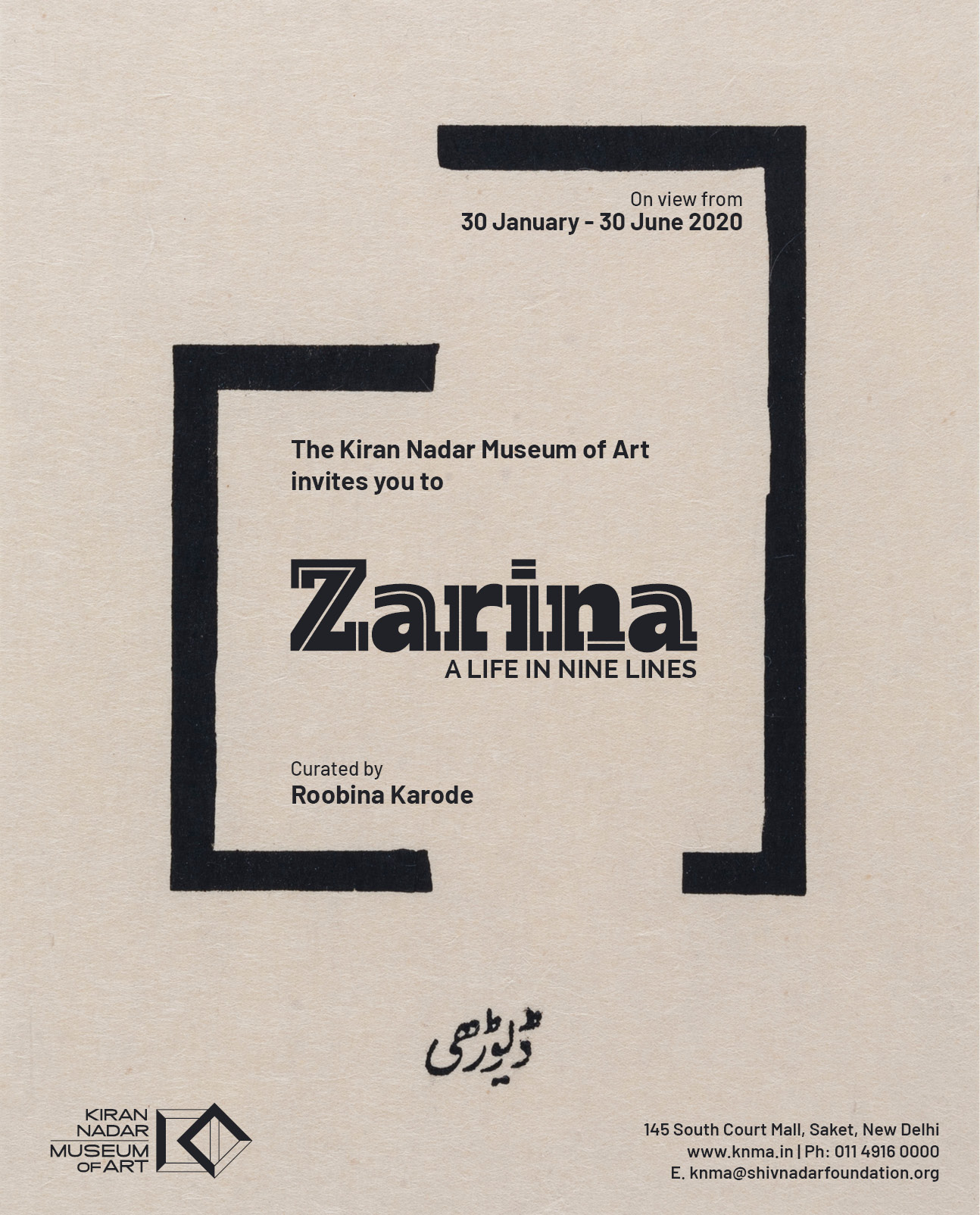
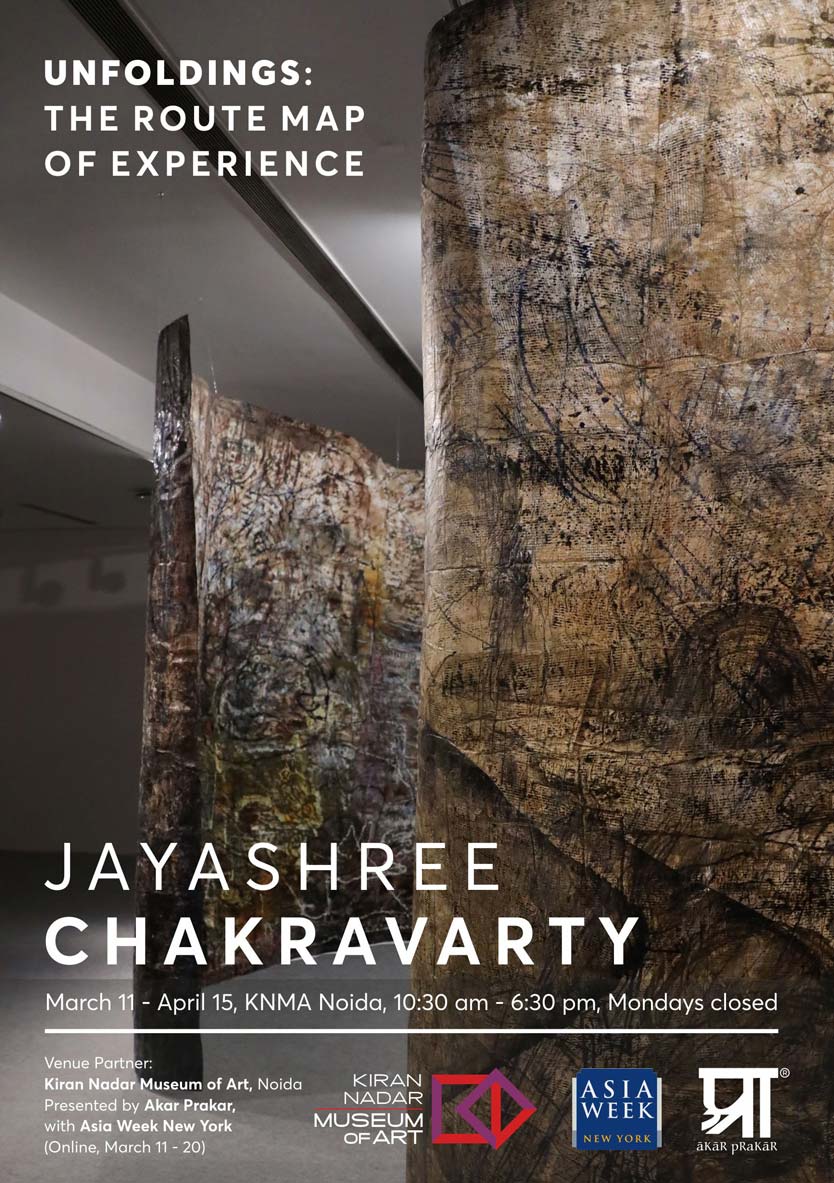
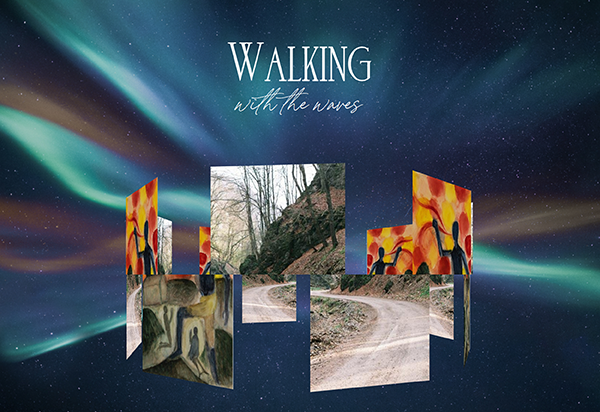
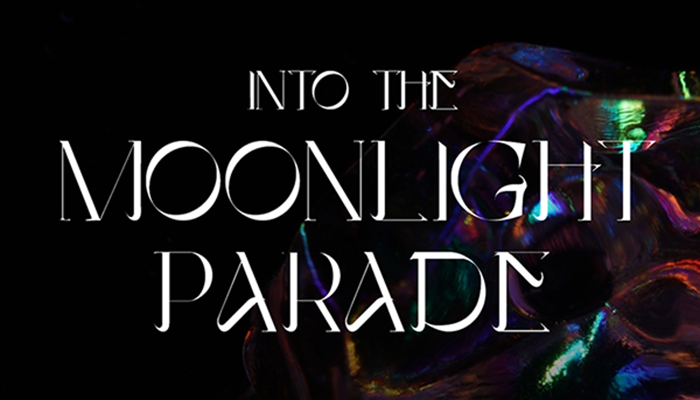
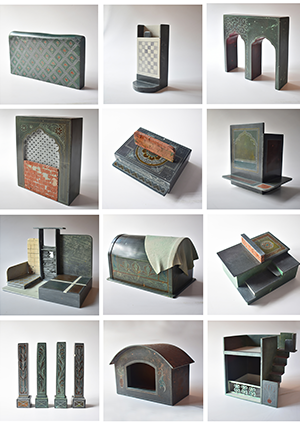
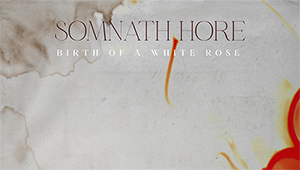
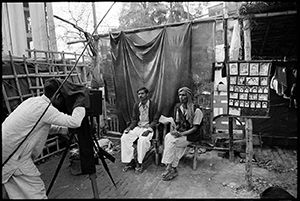
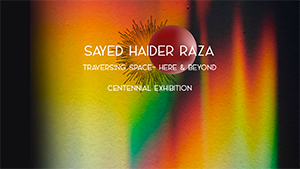
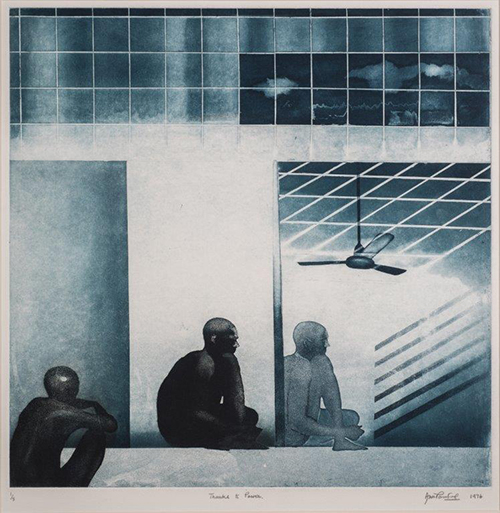
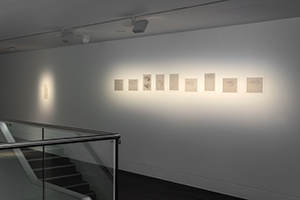
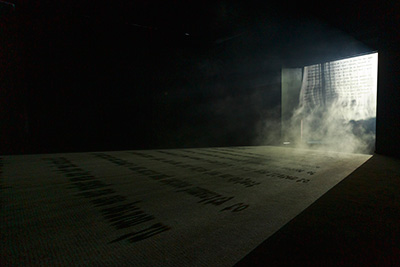
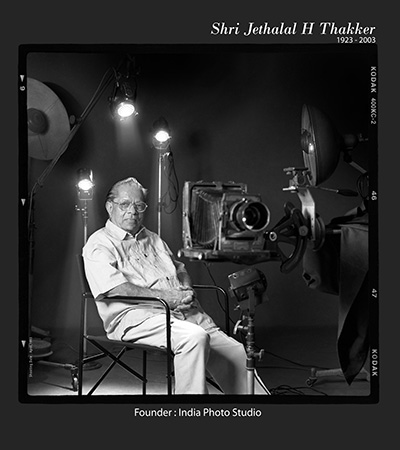
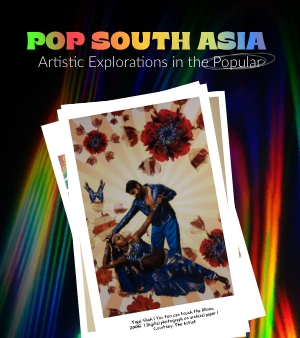
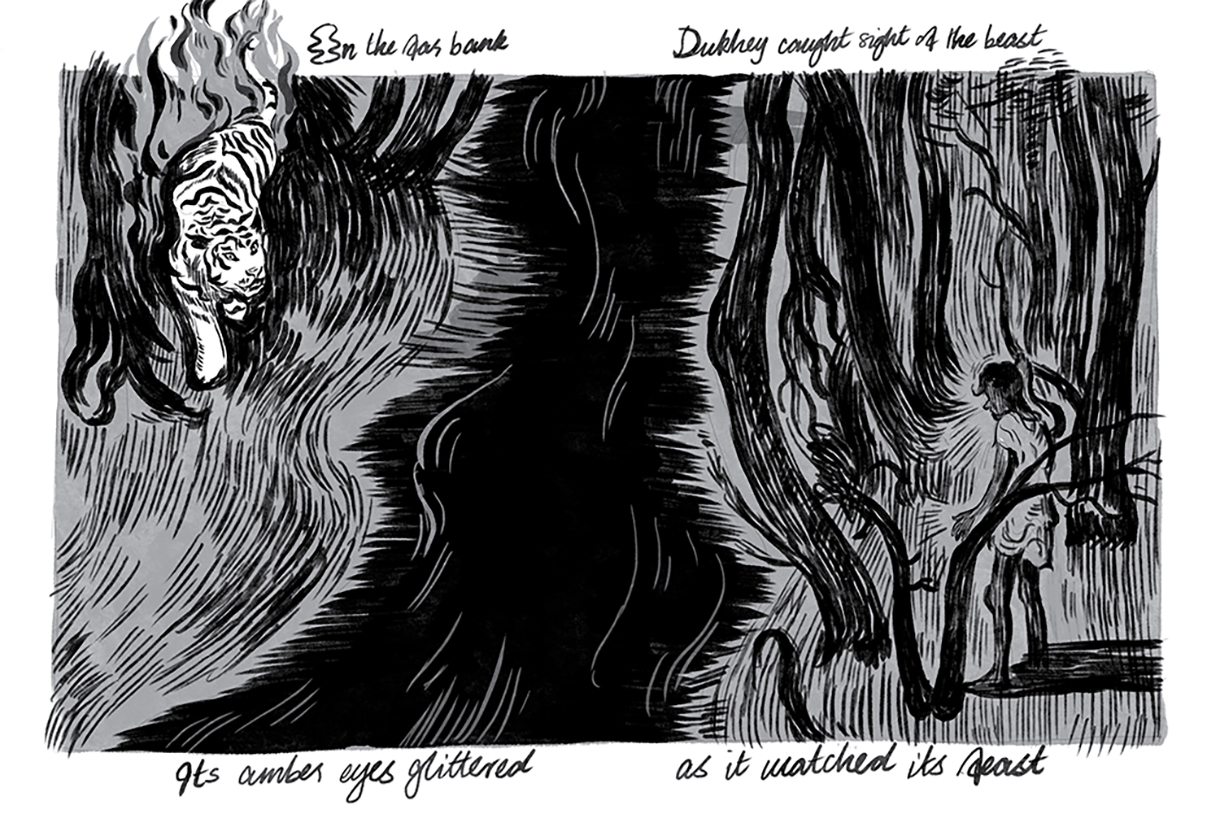
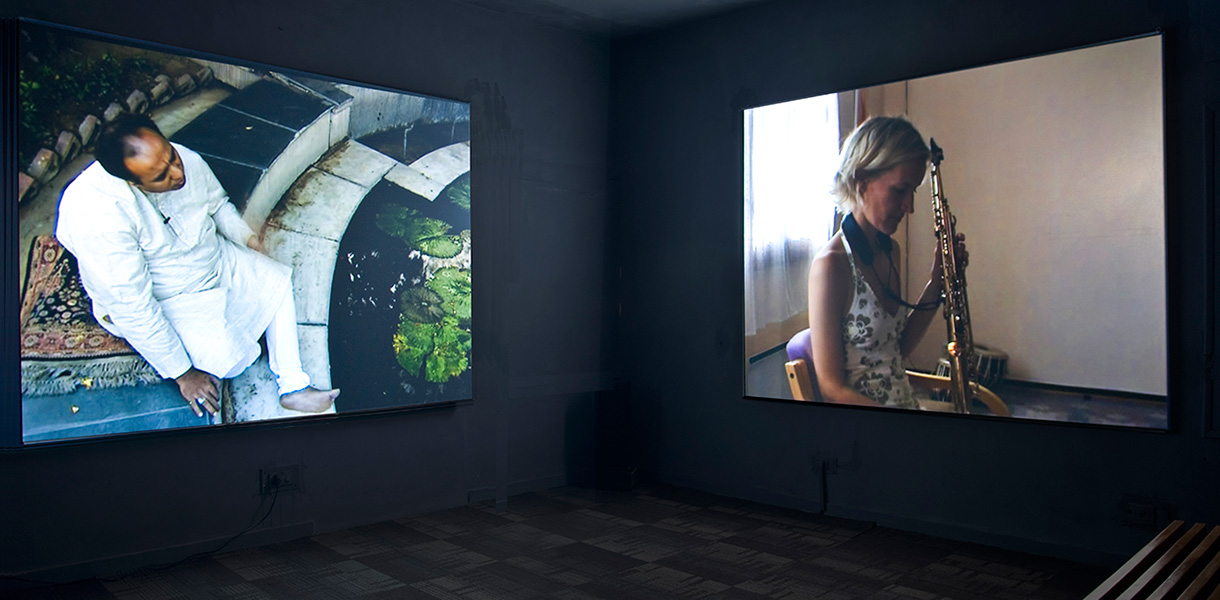
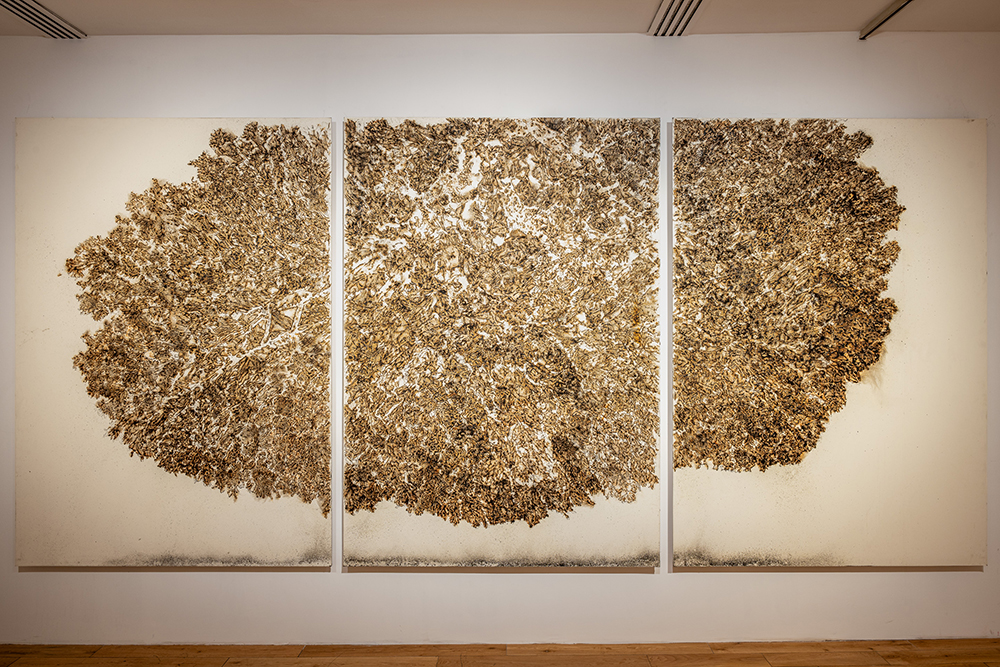
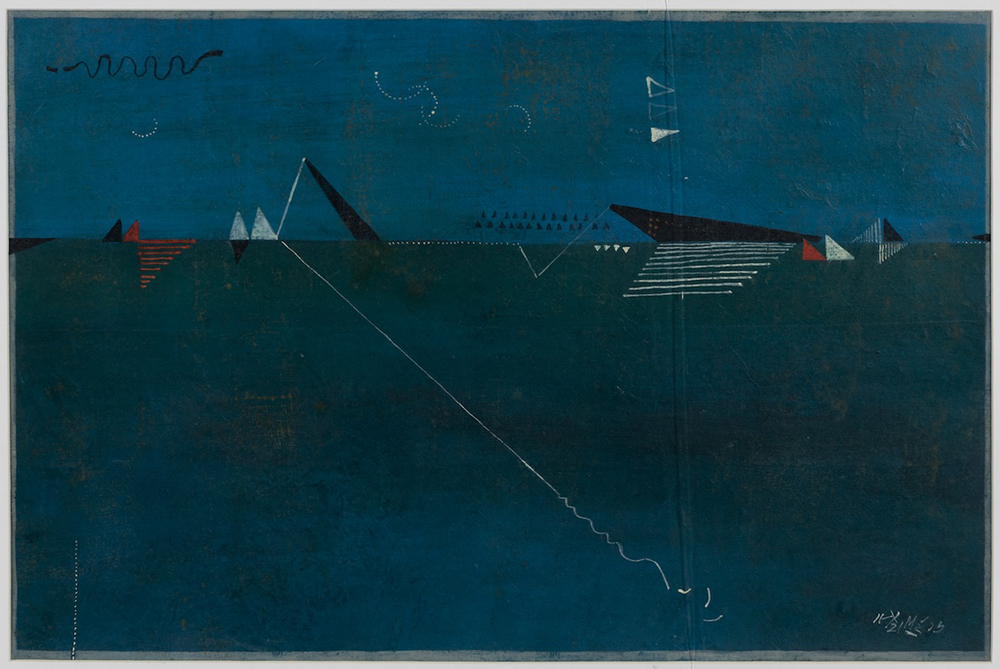
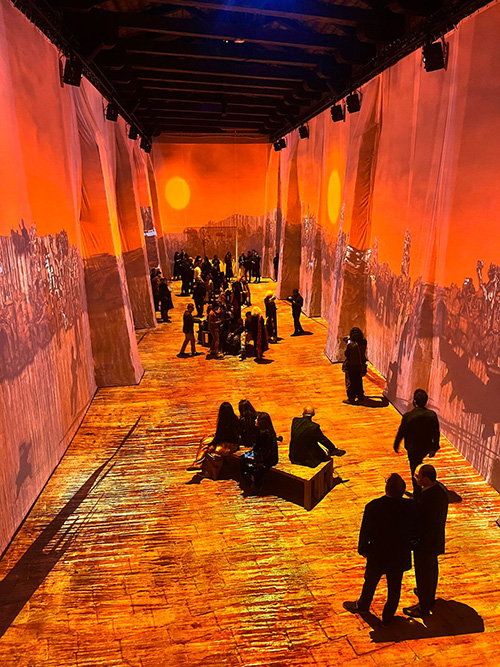
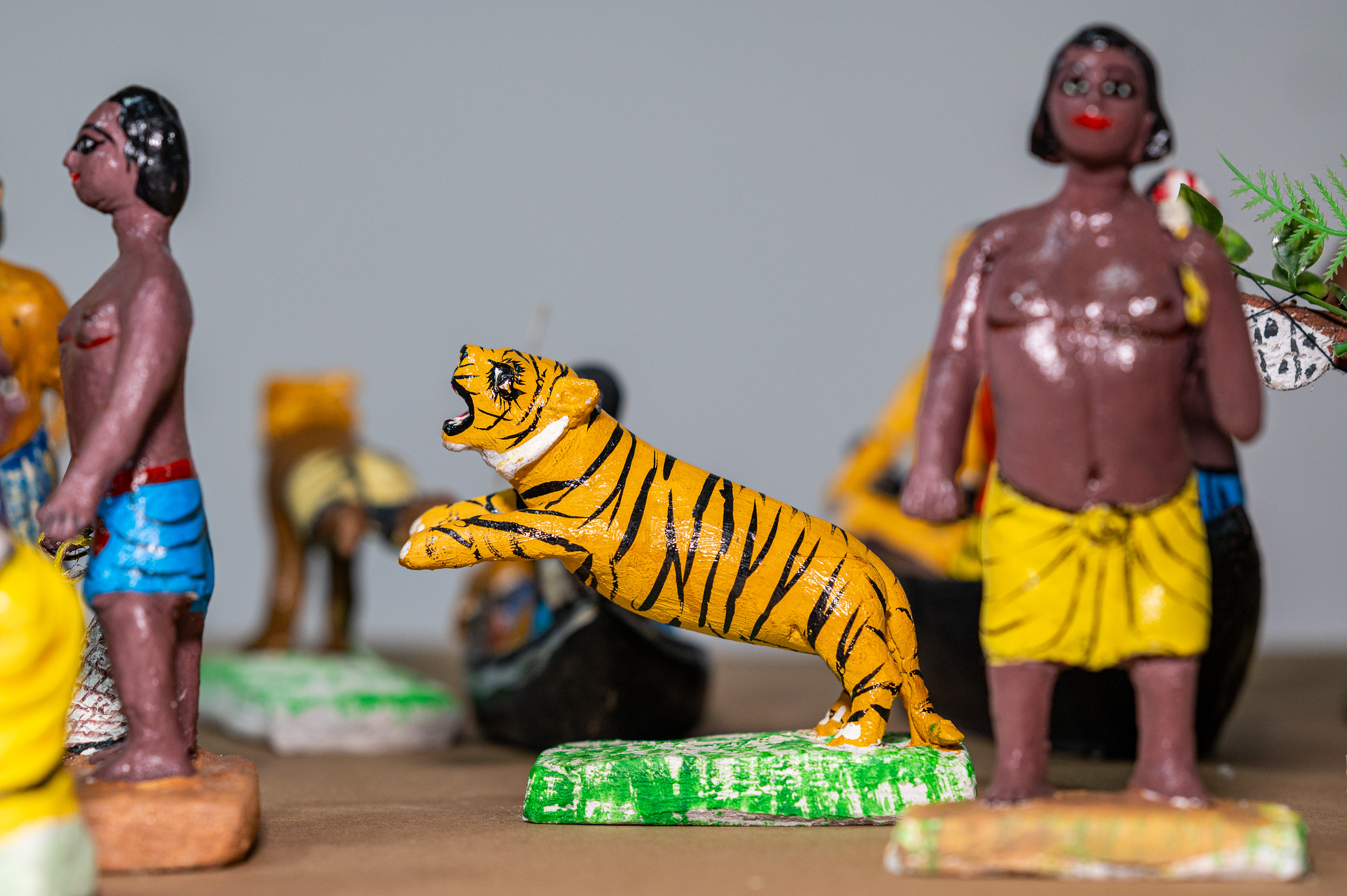

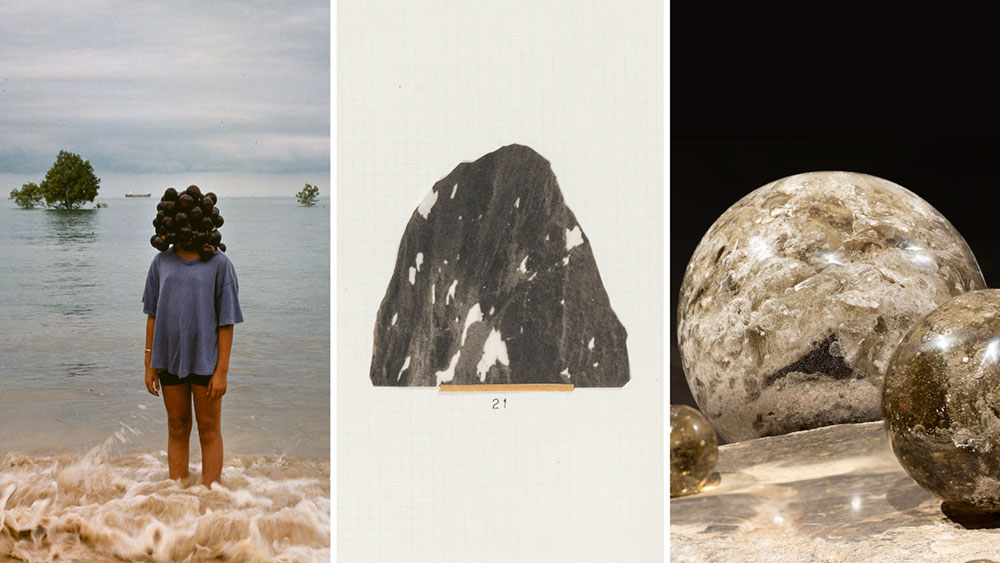
.png)
